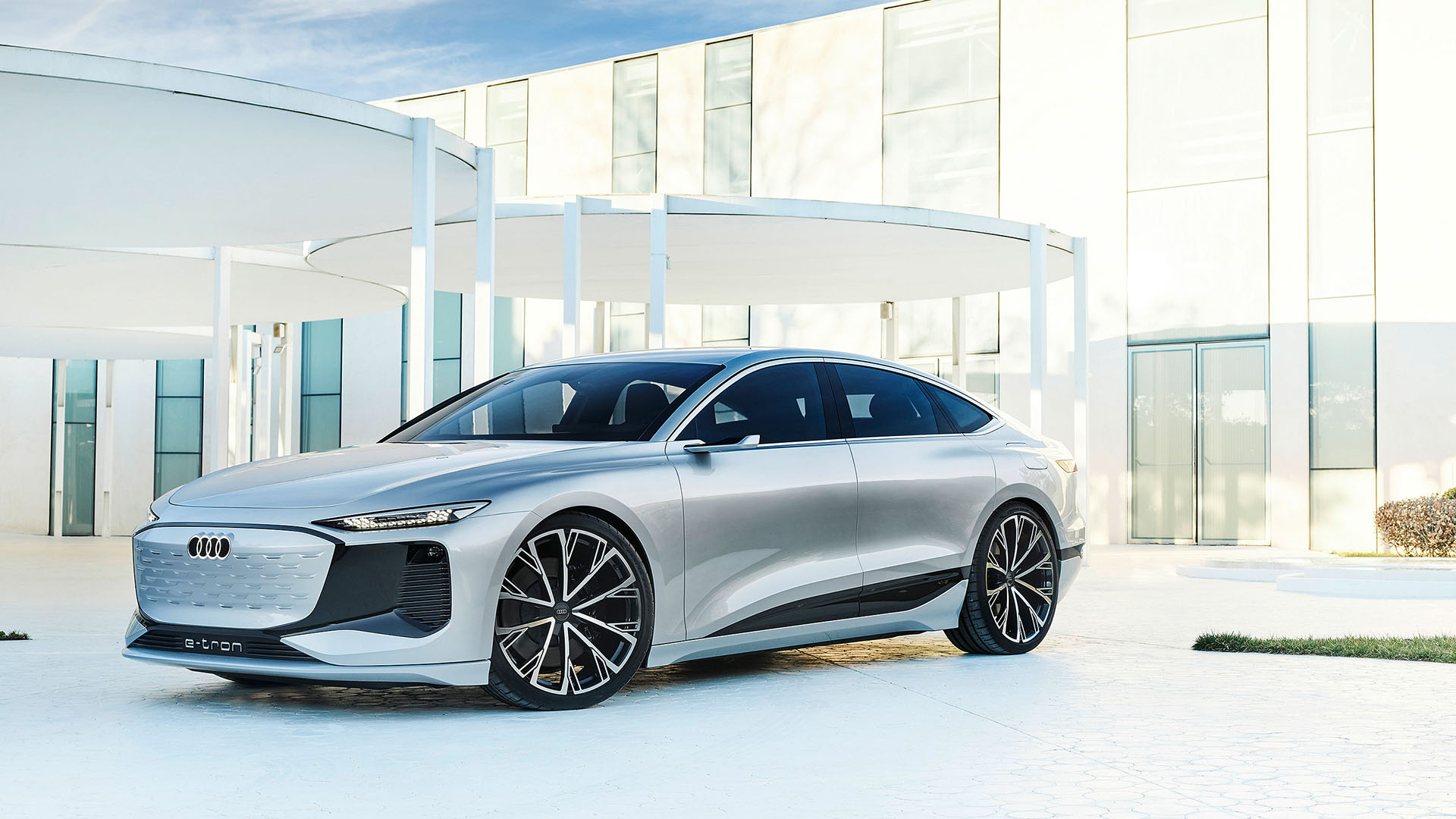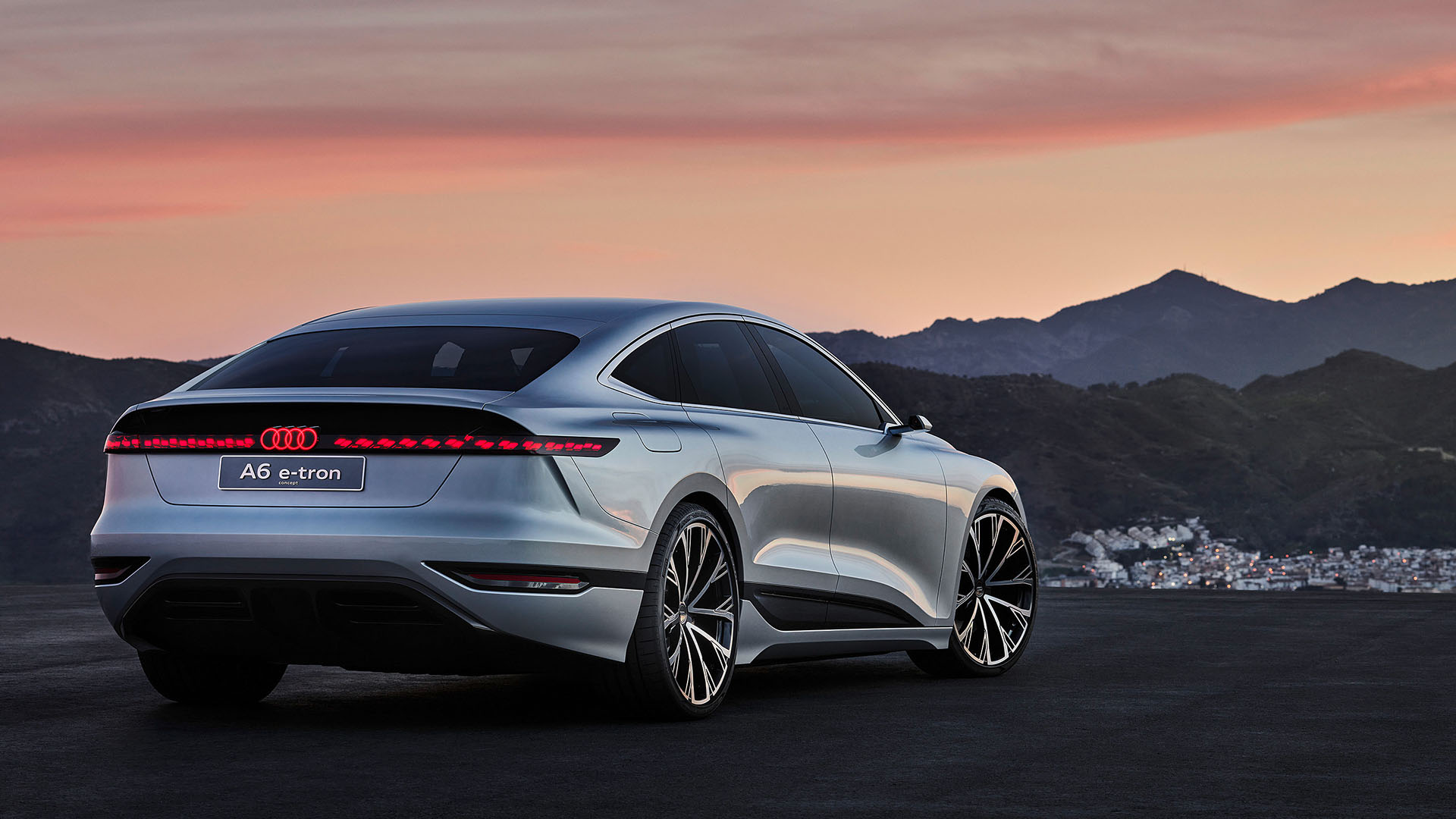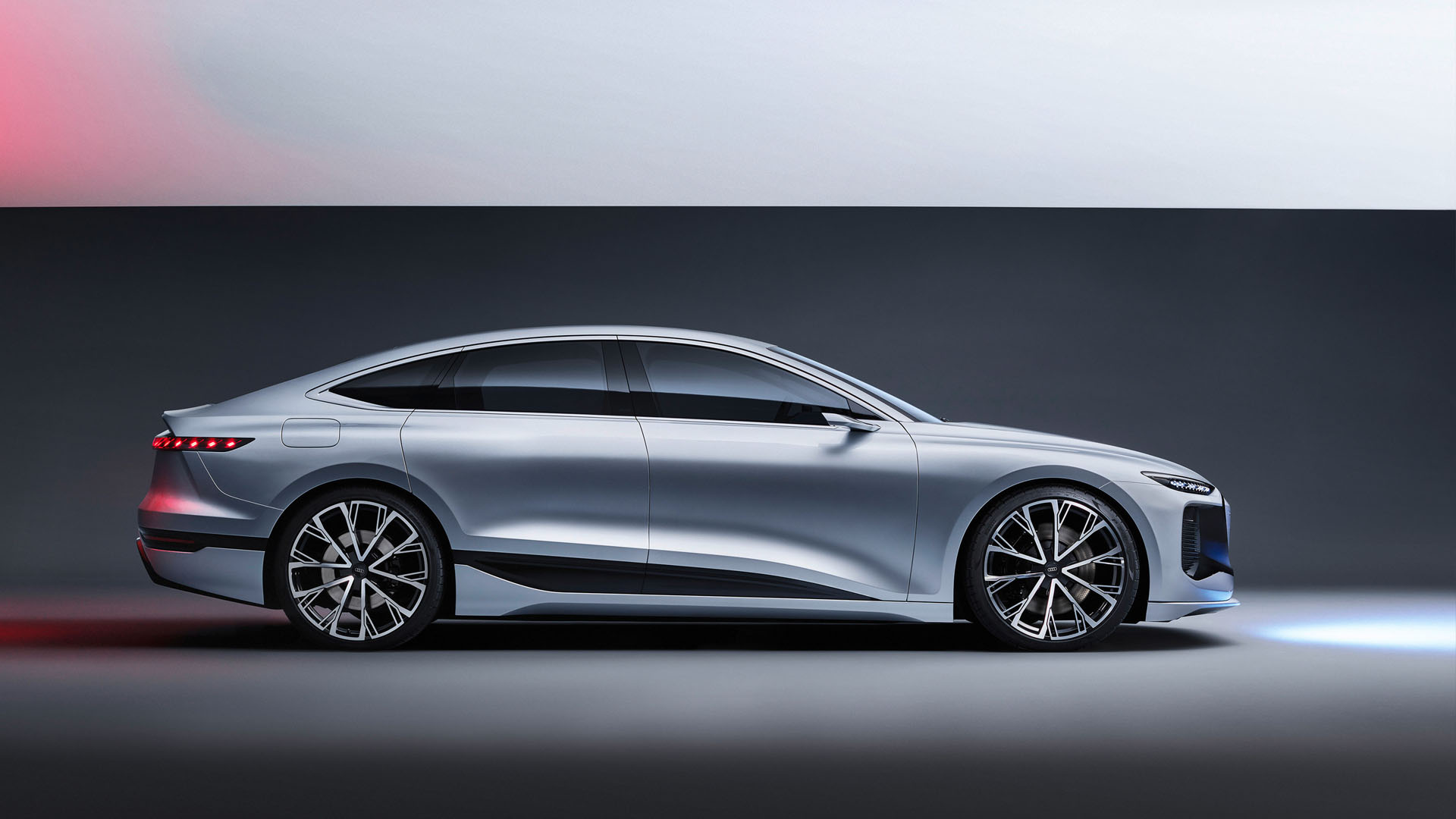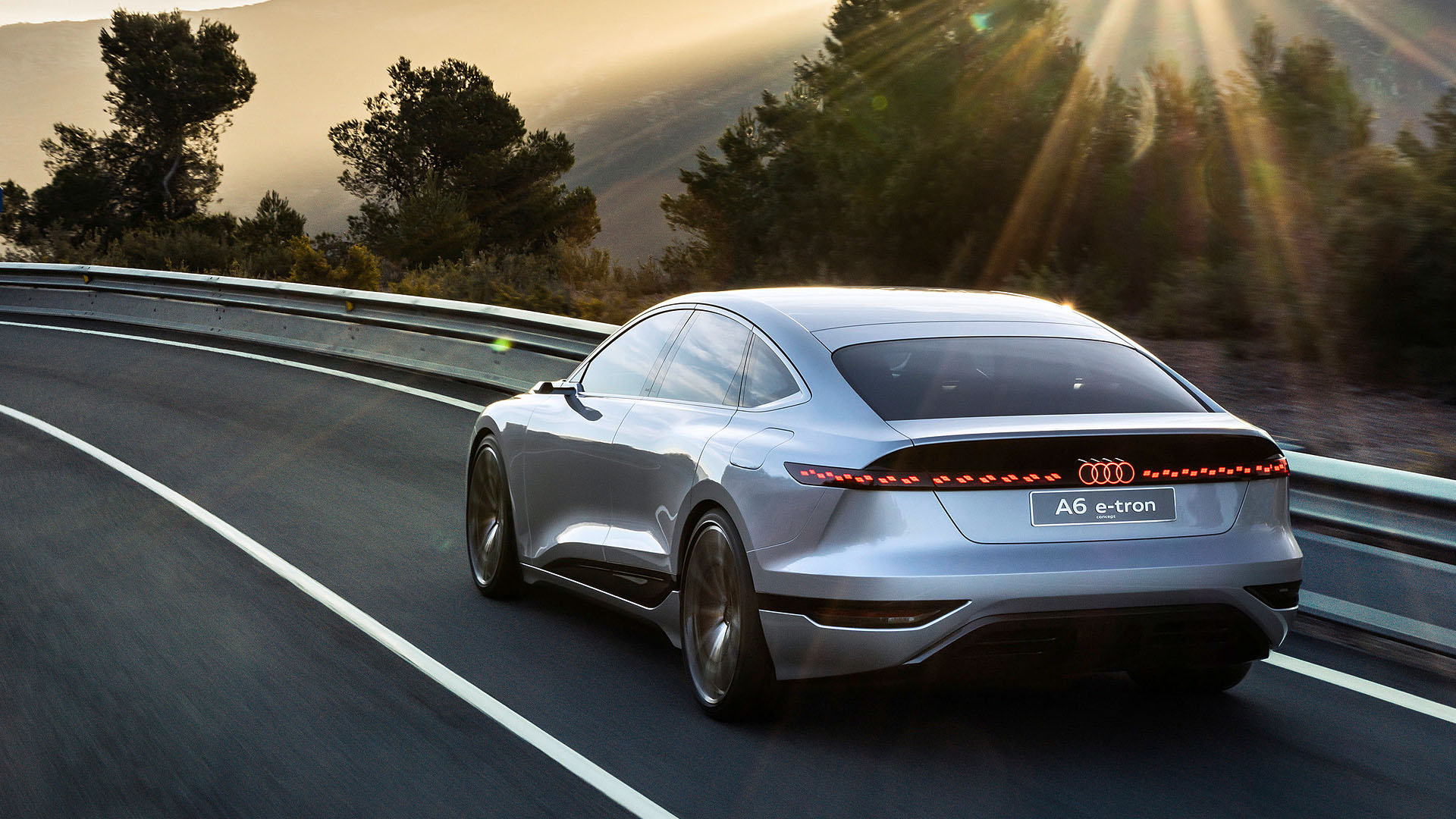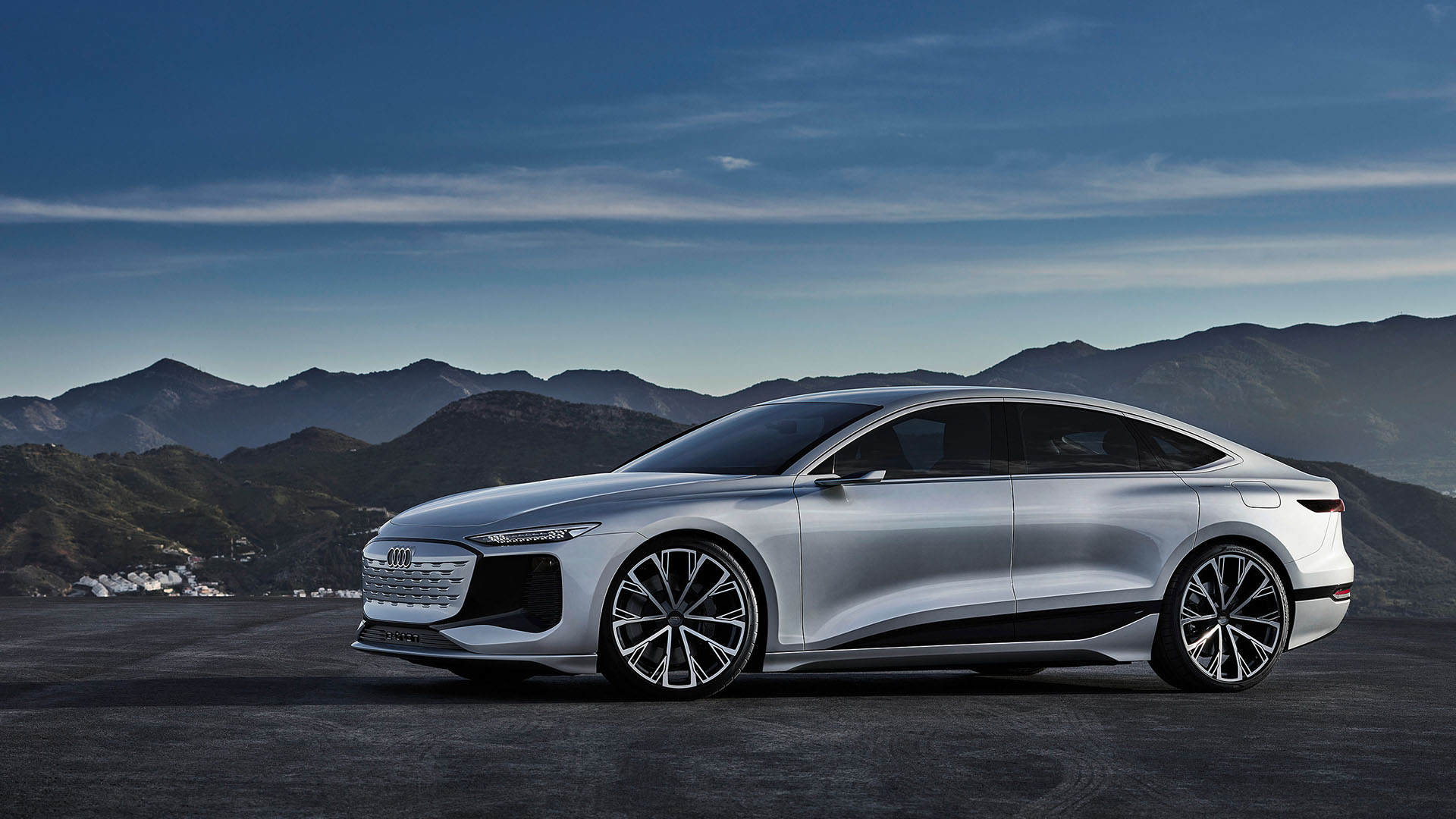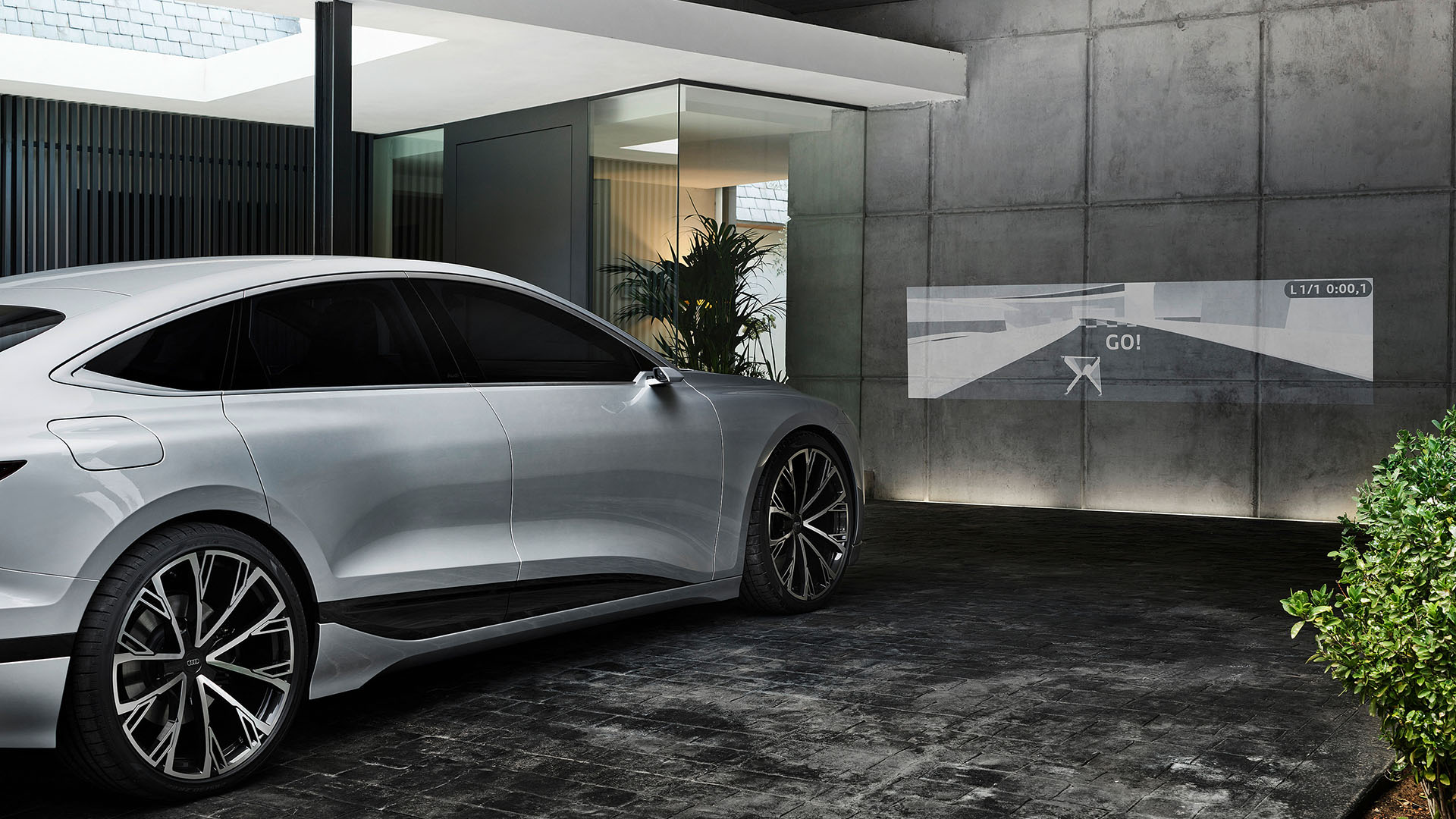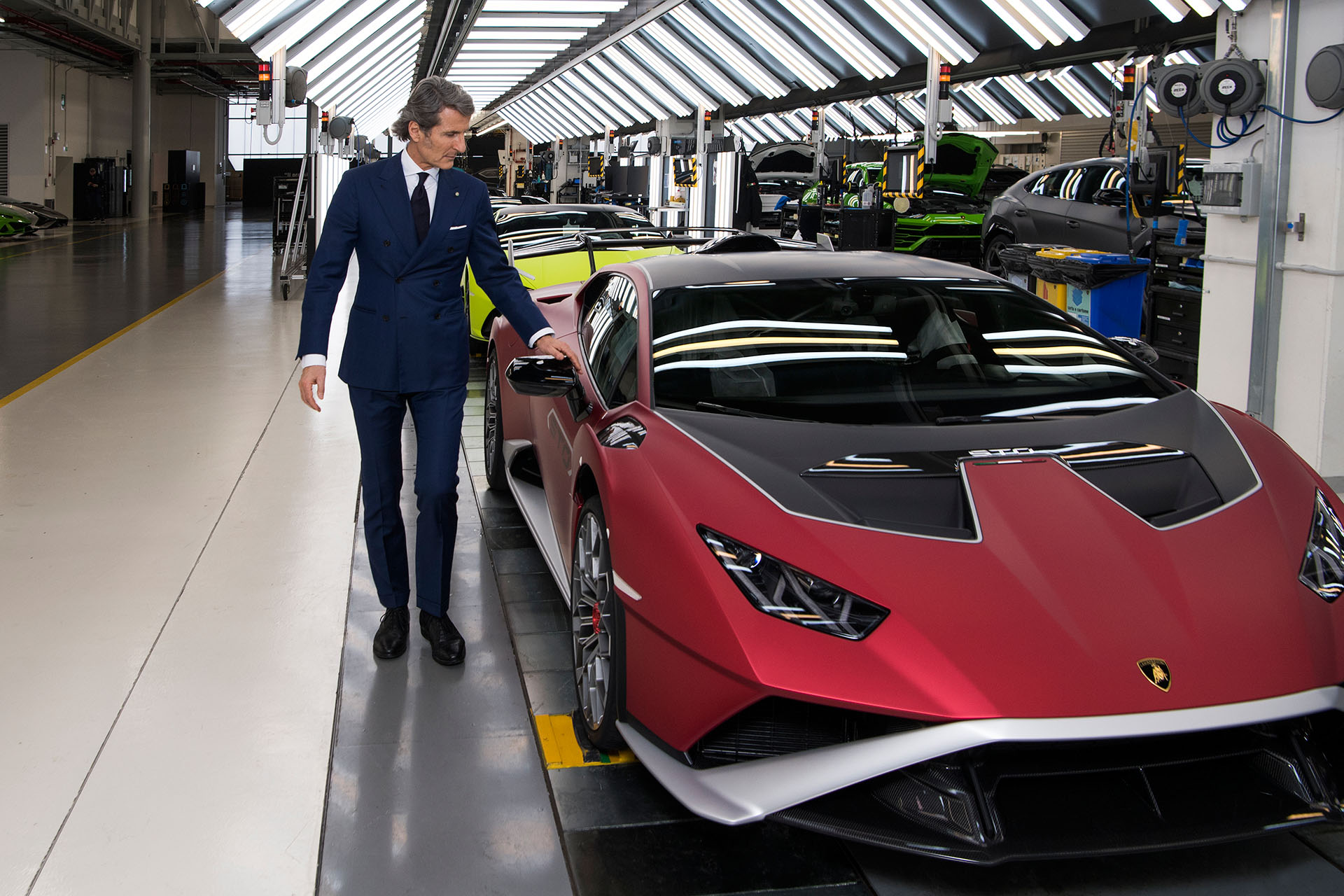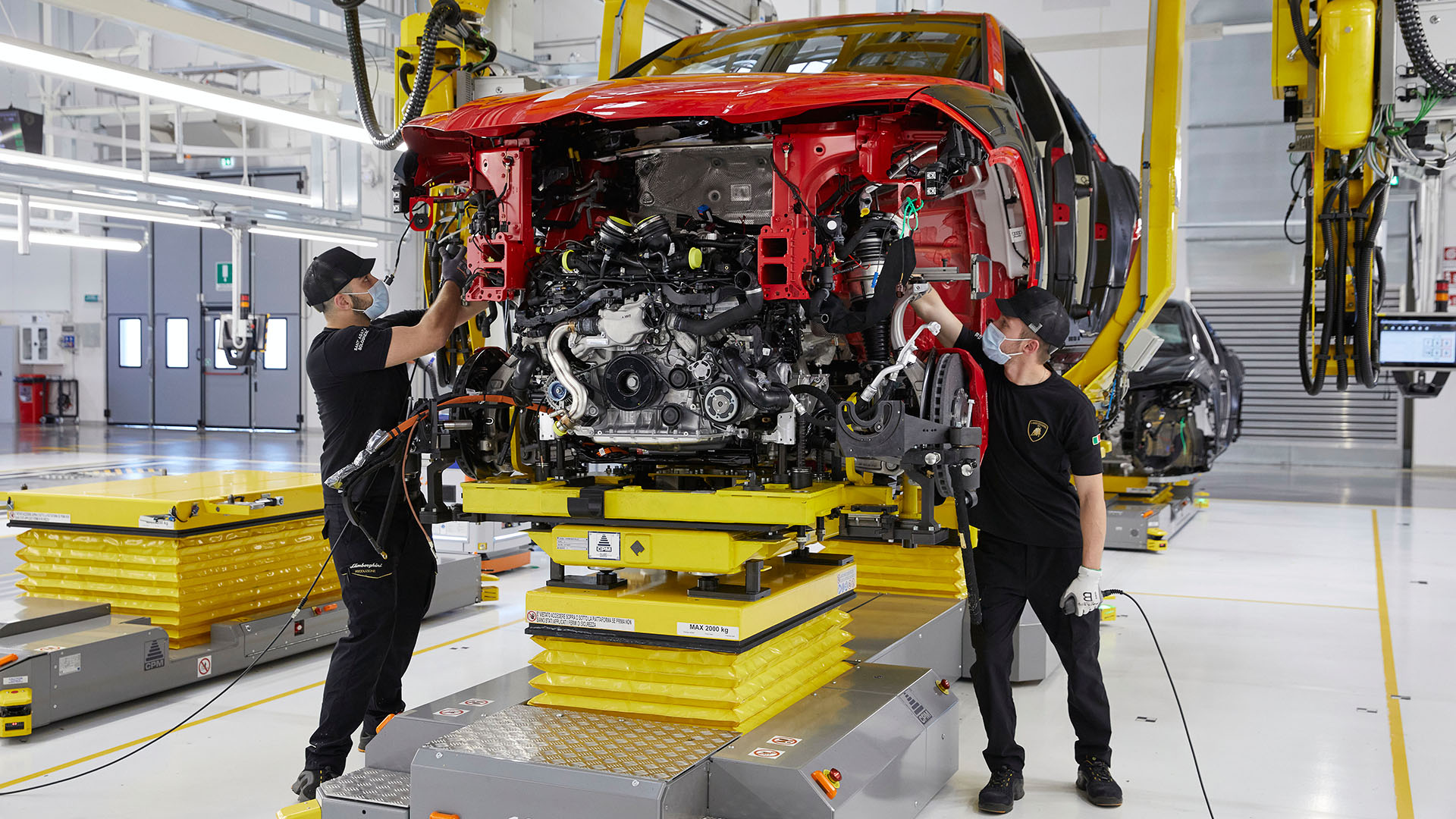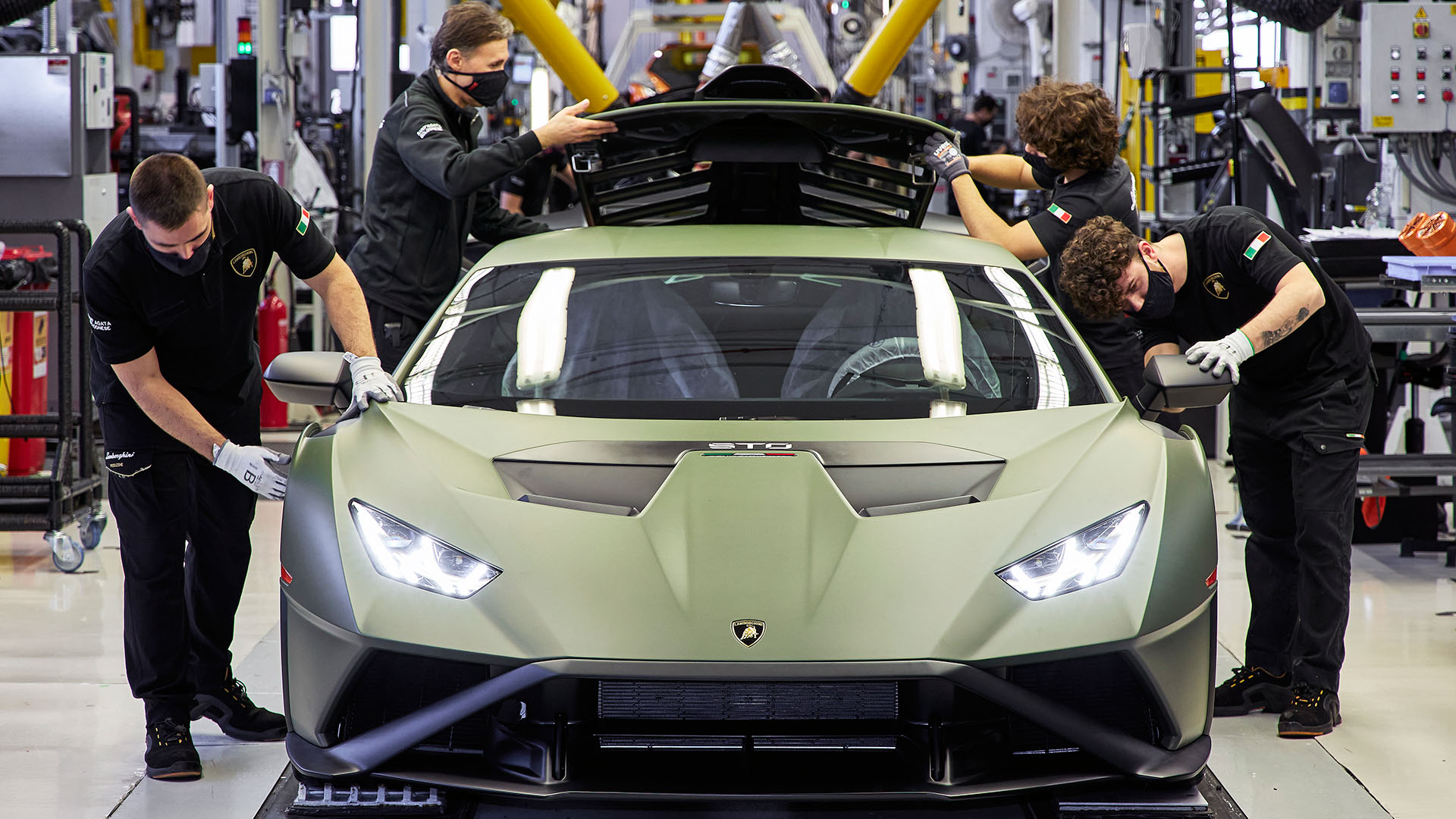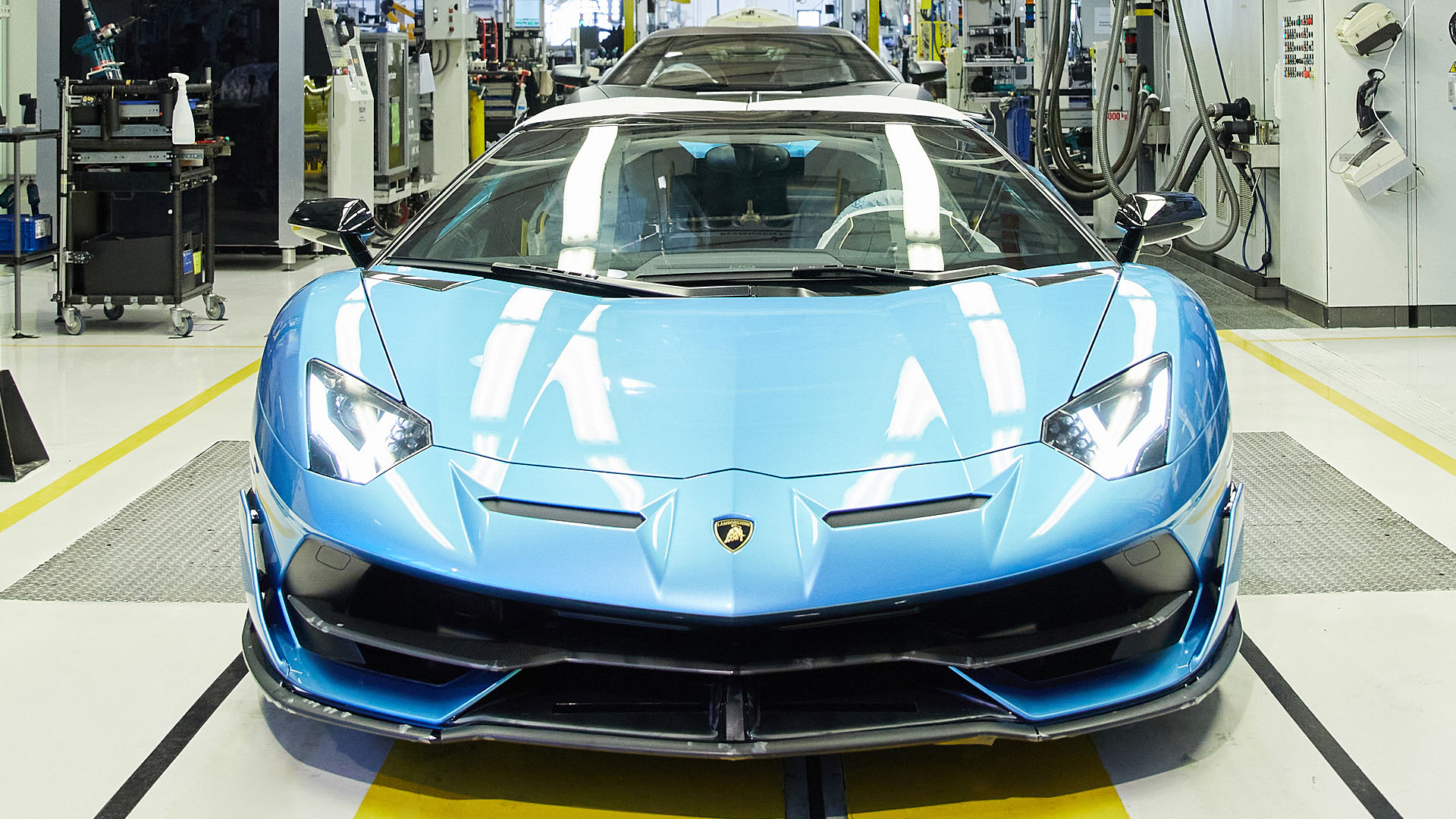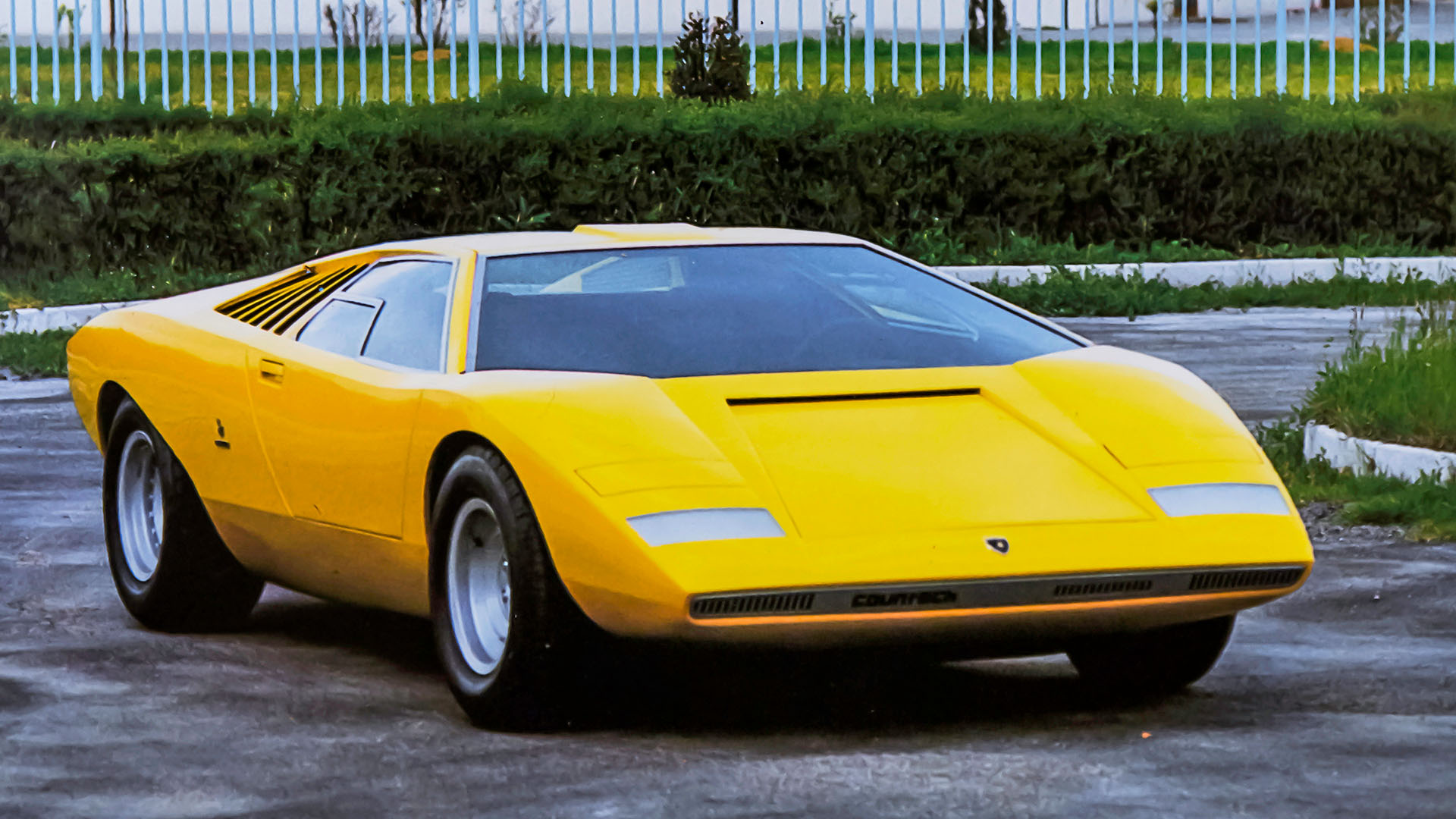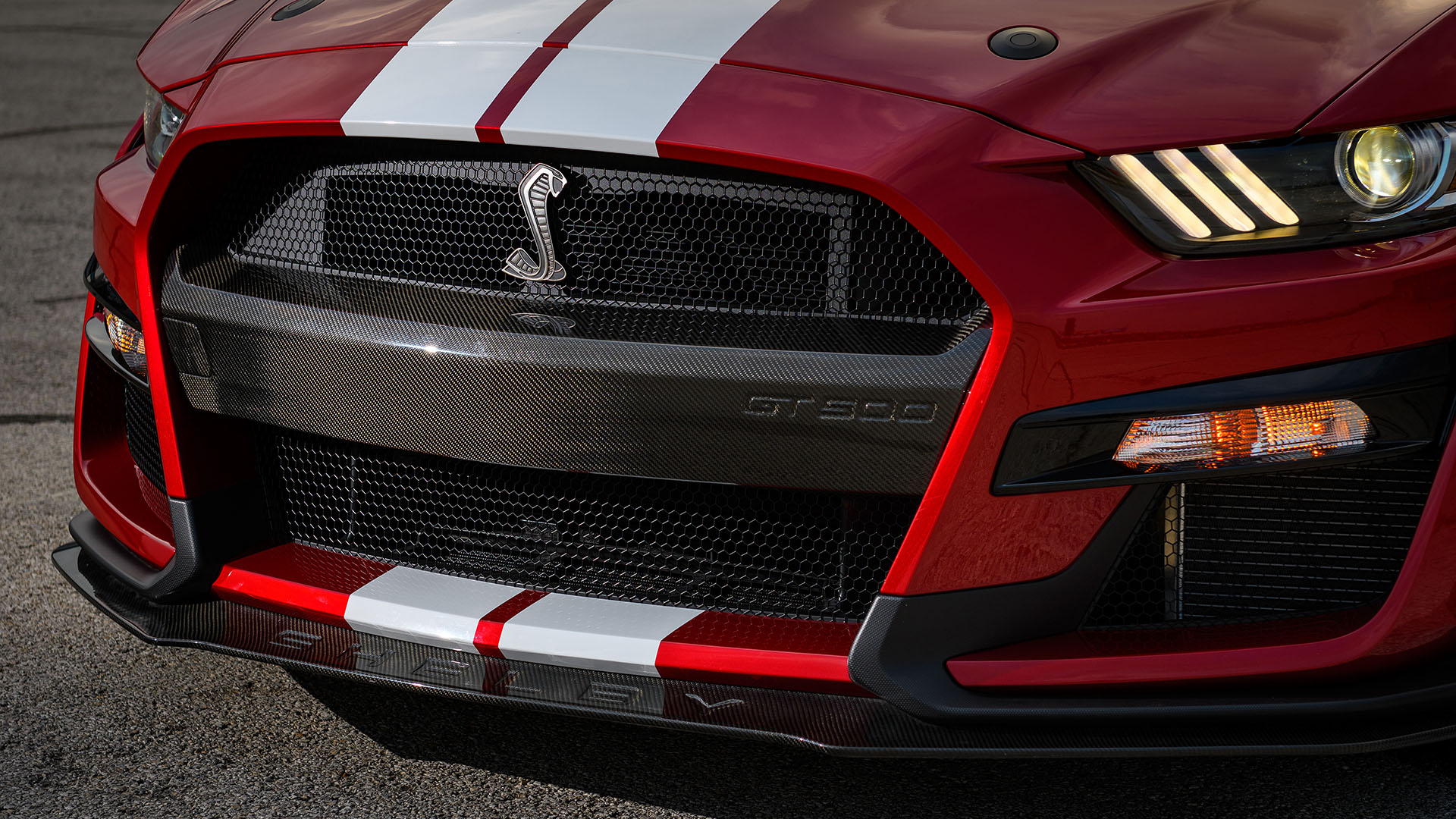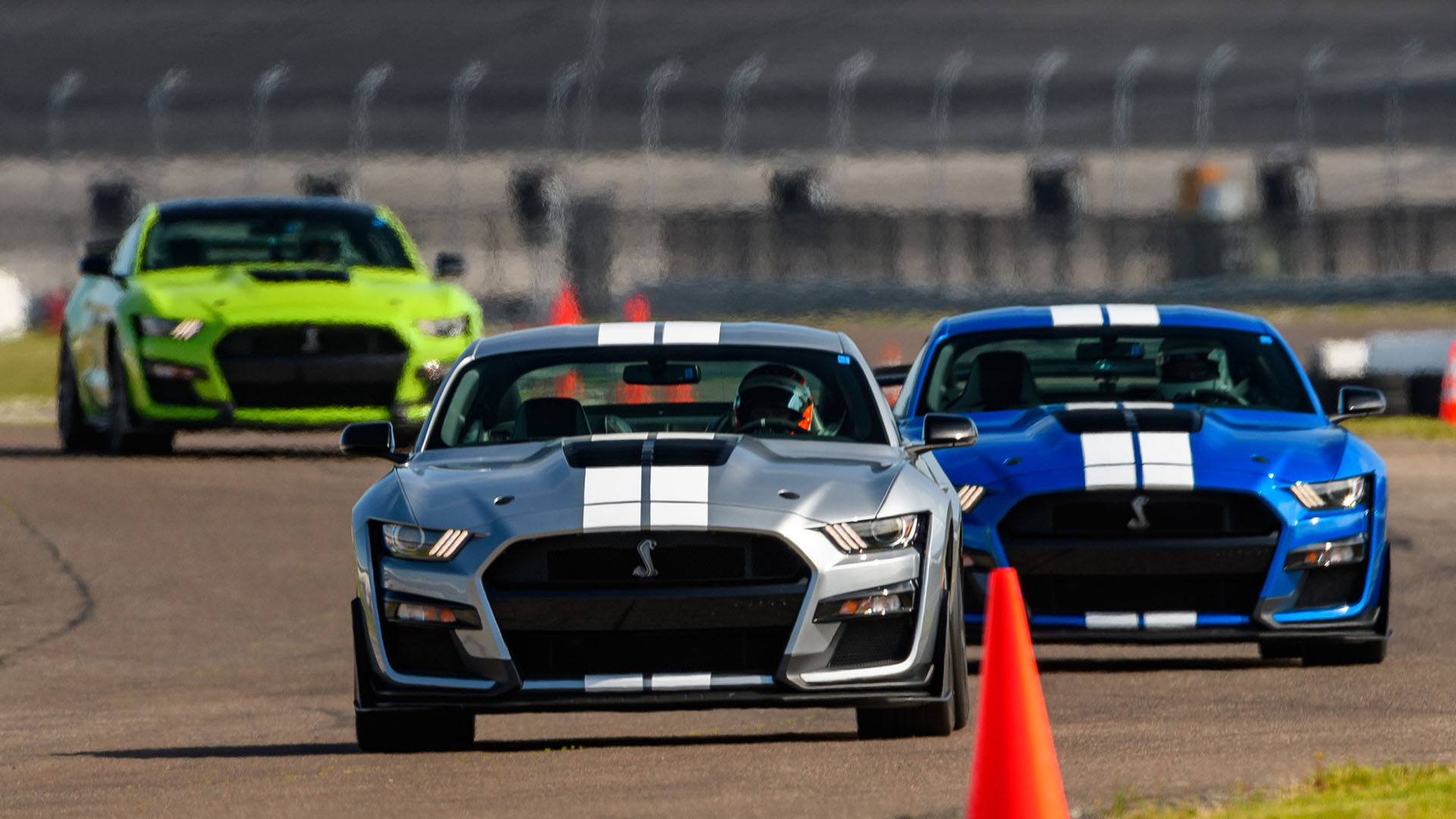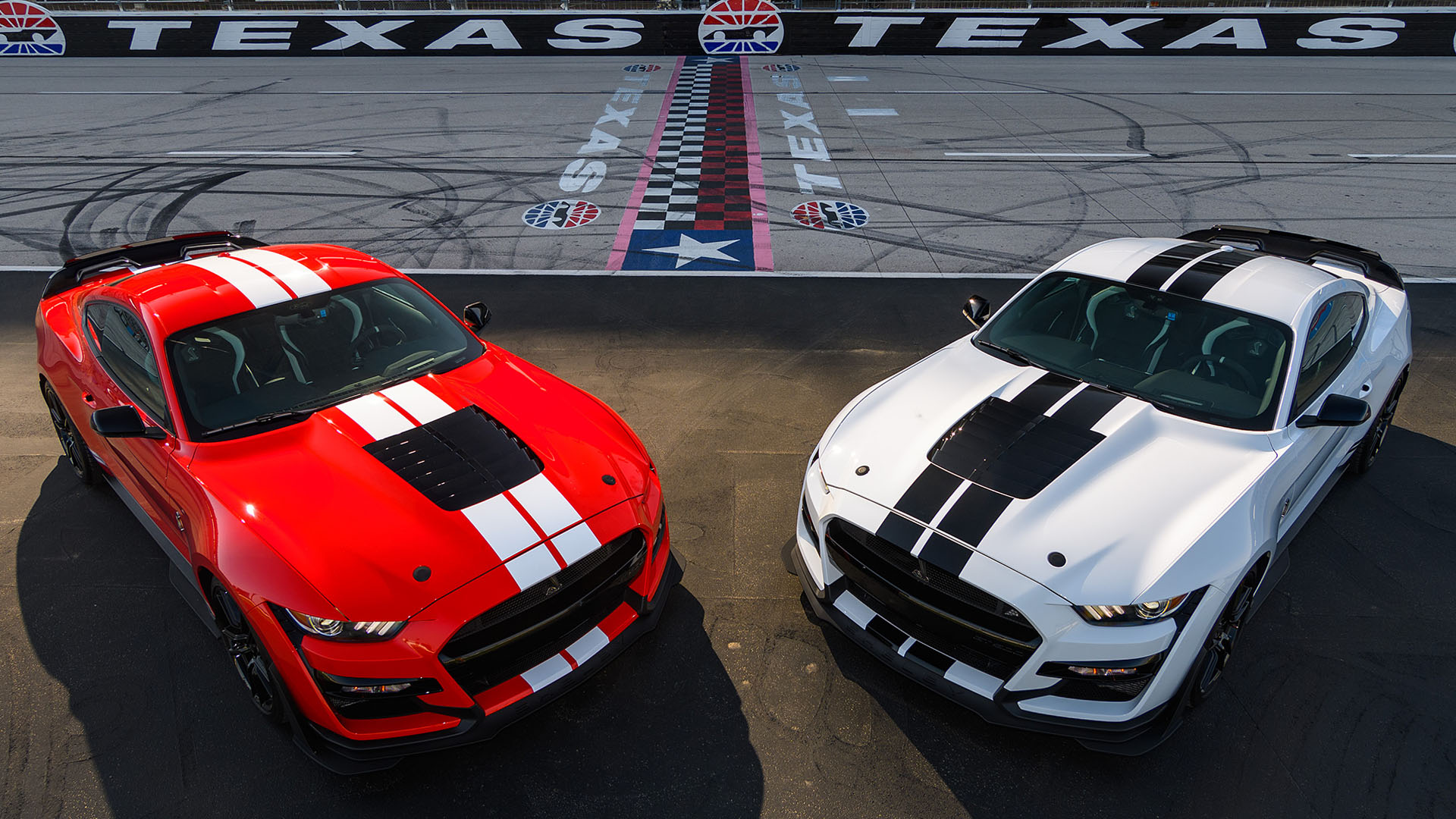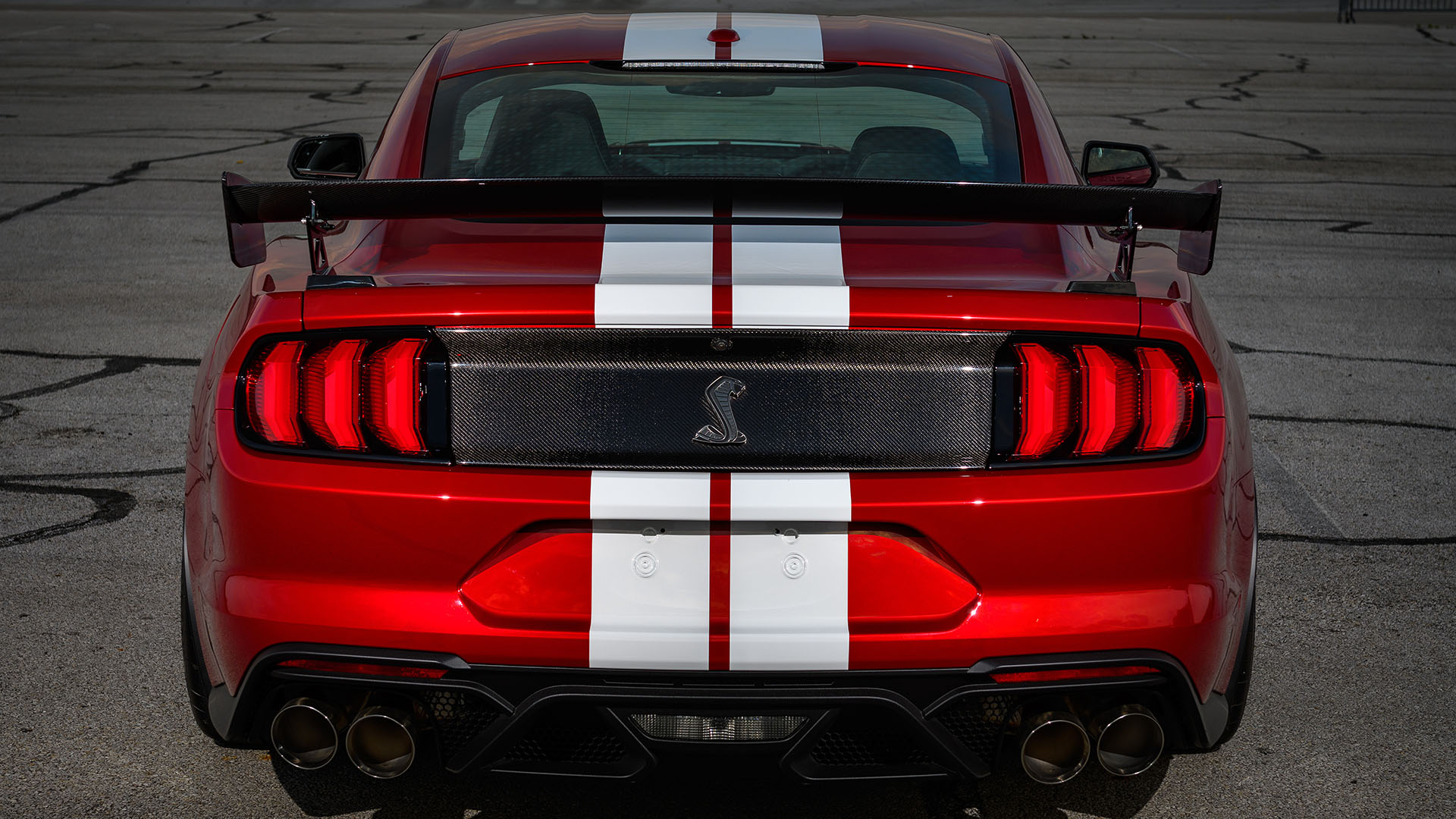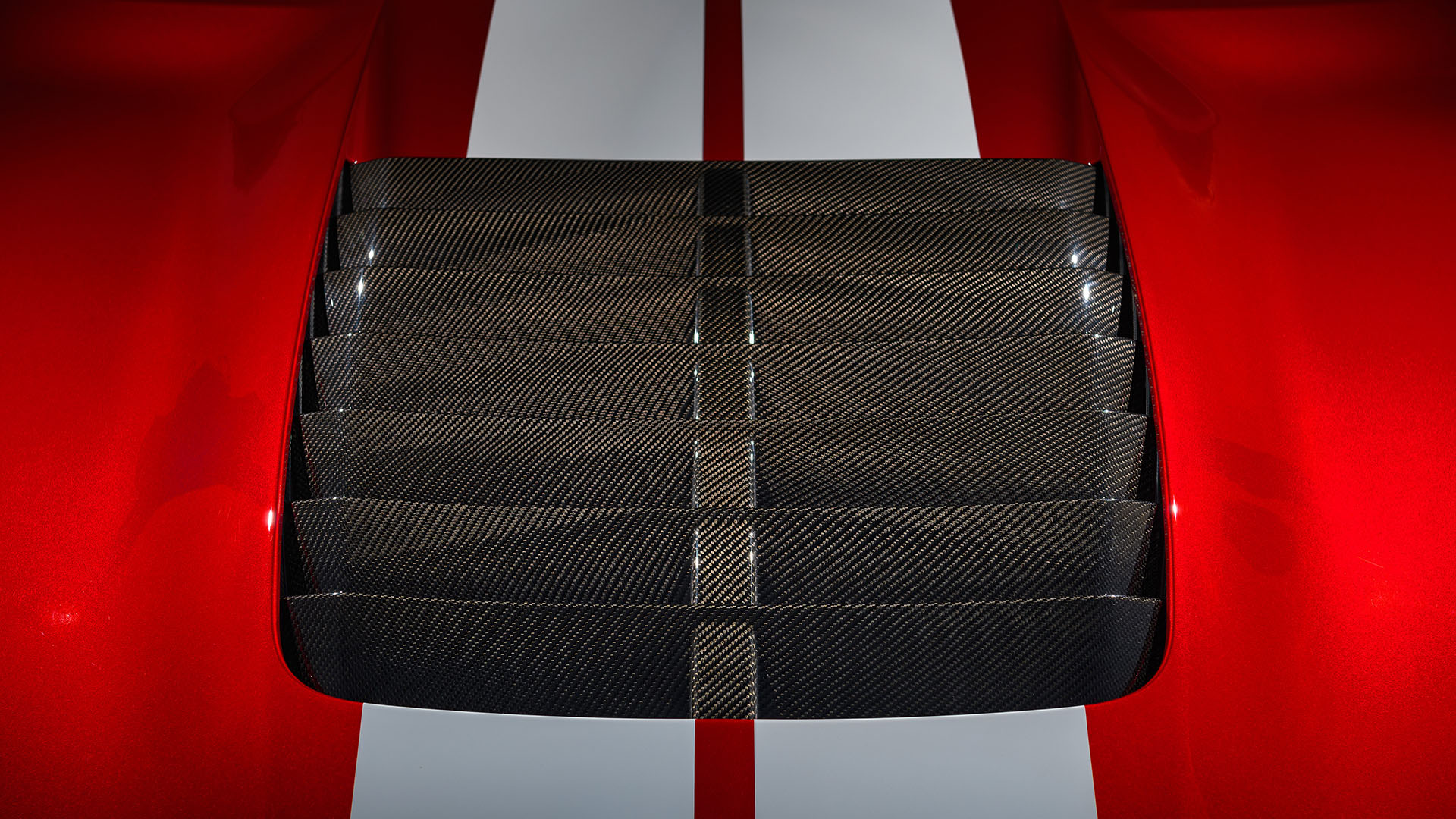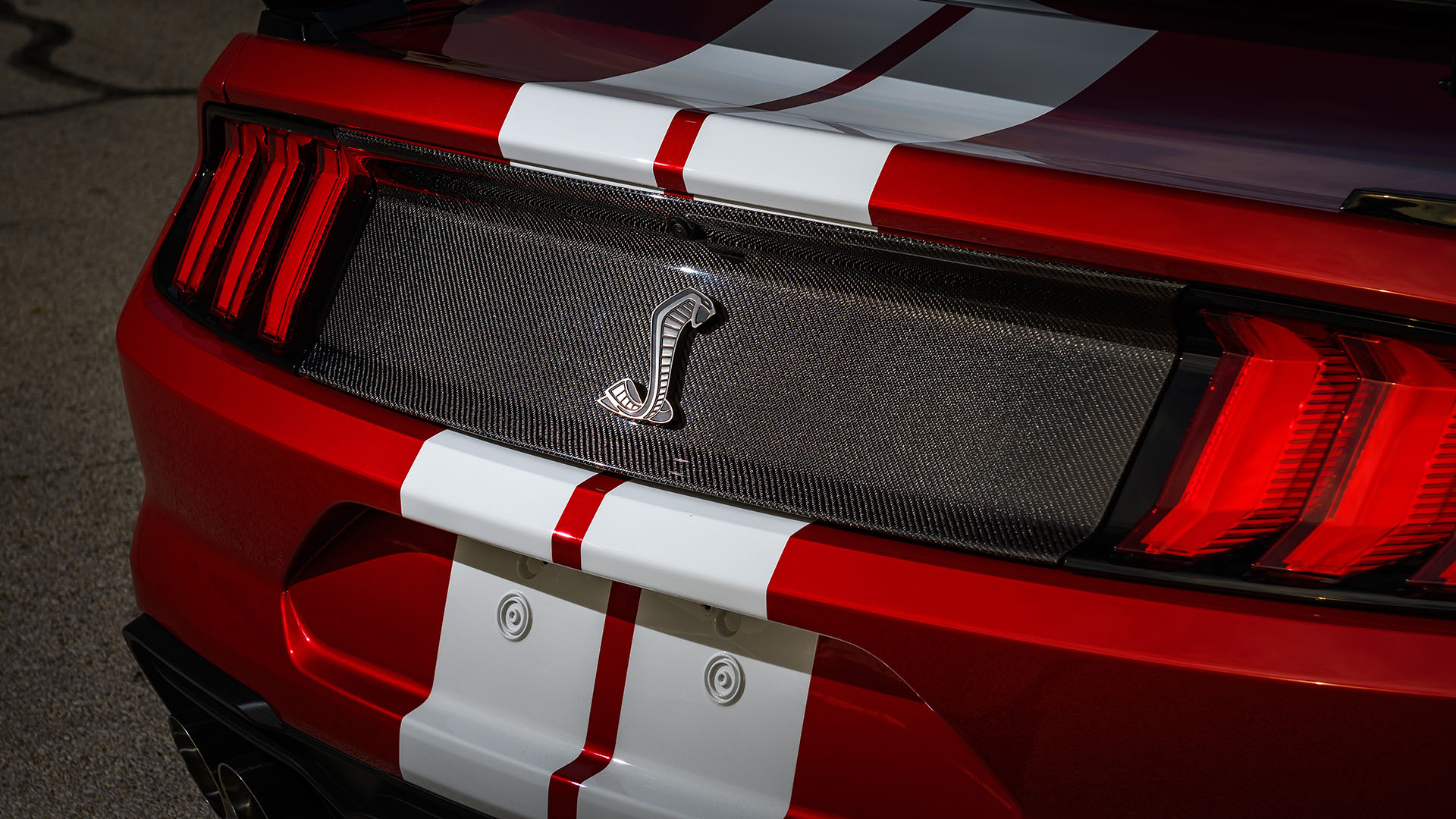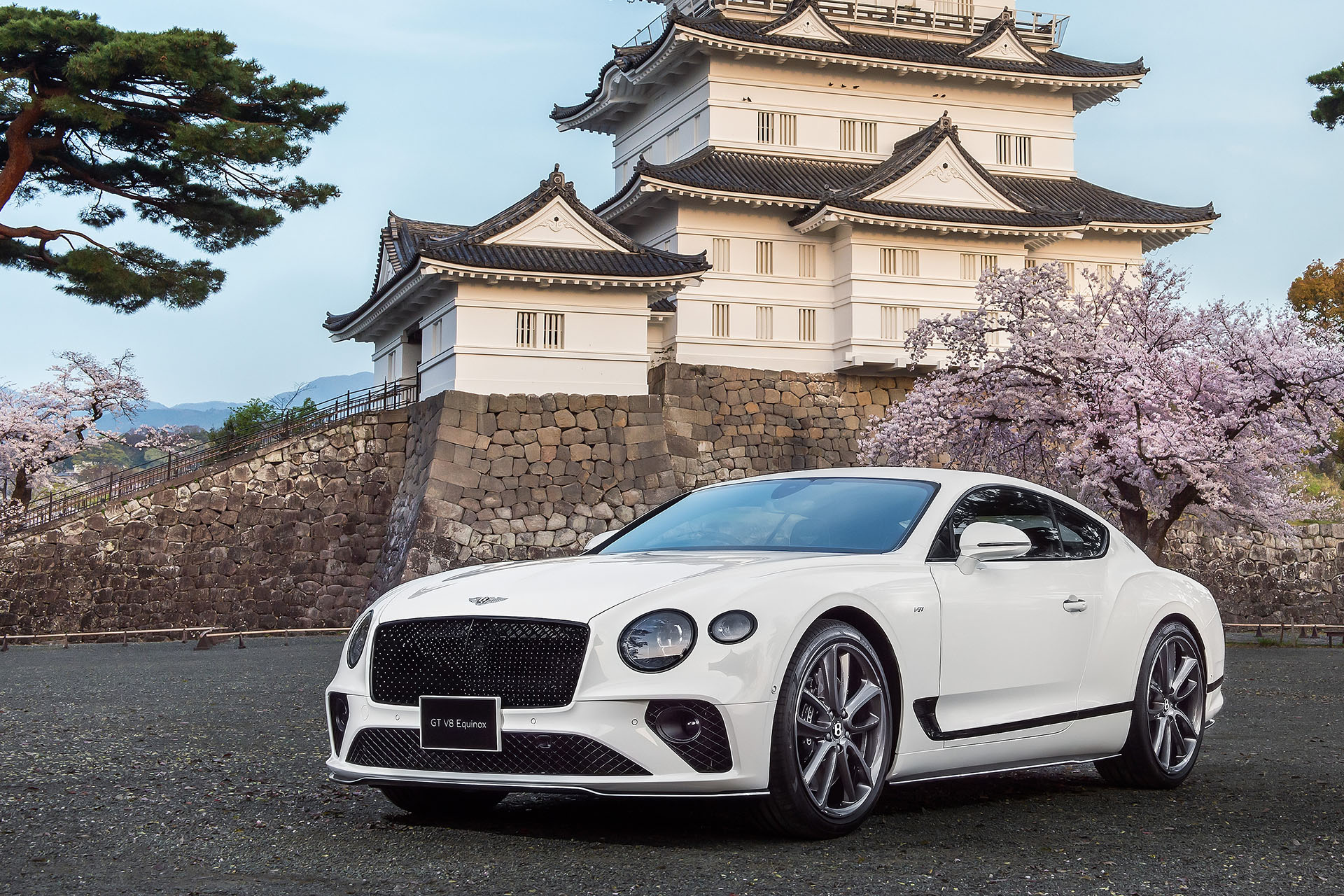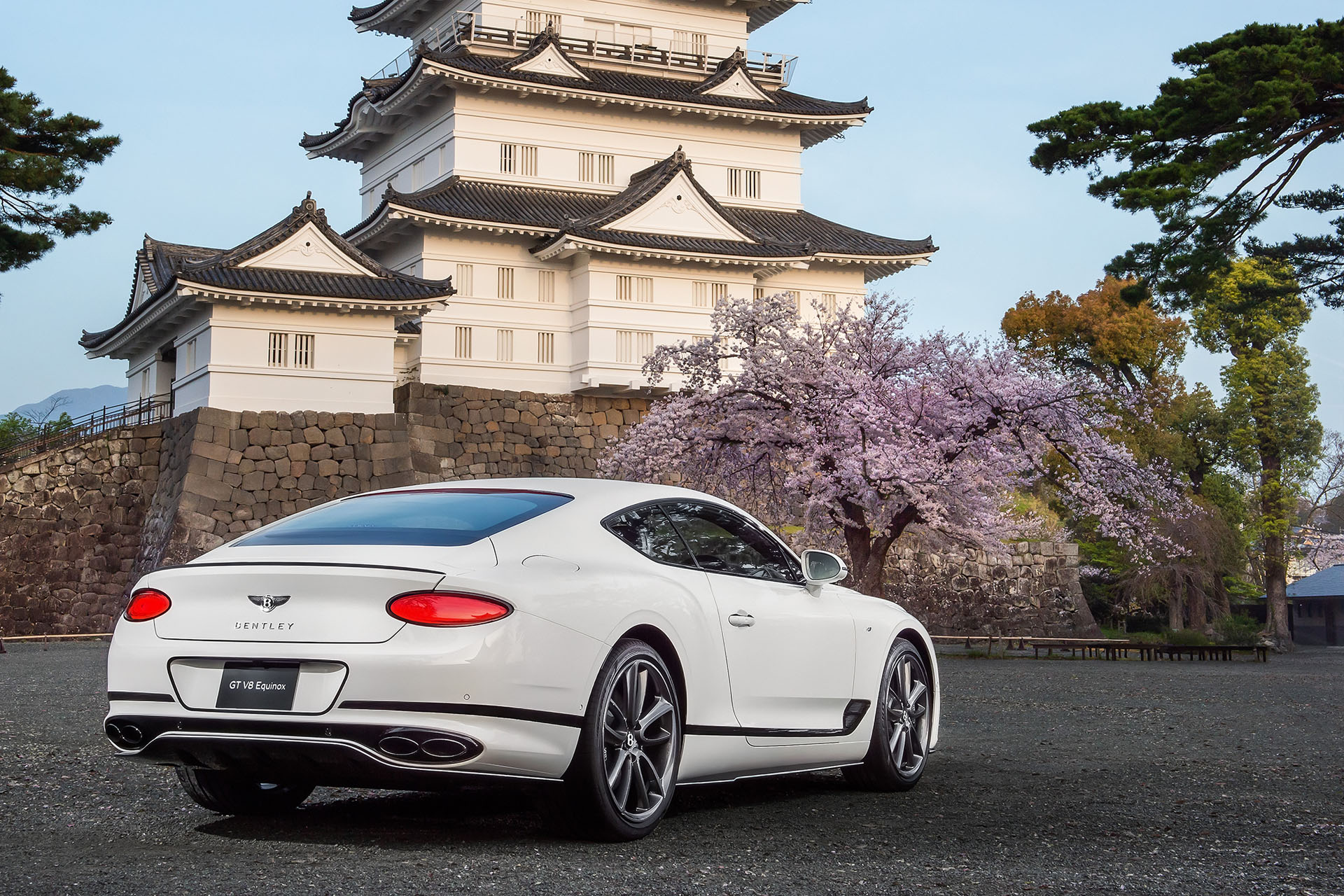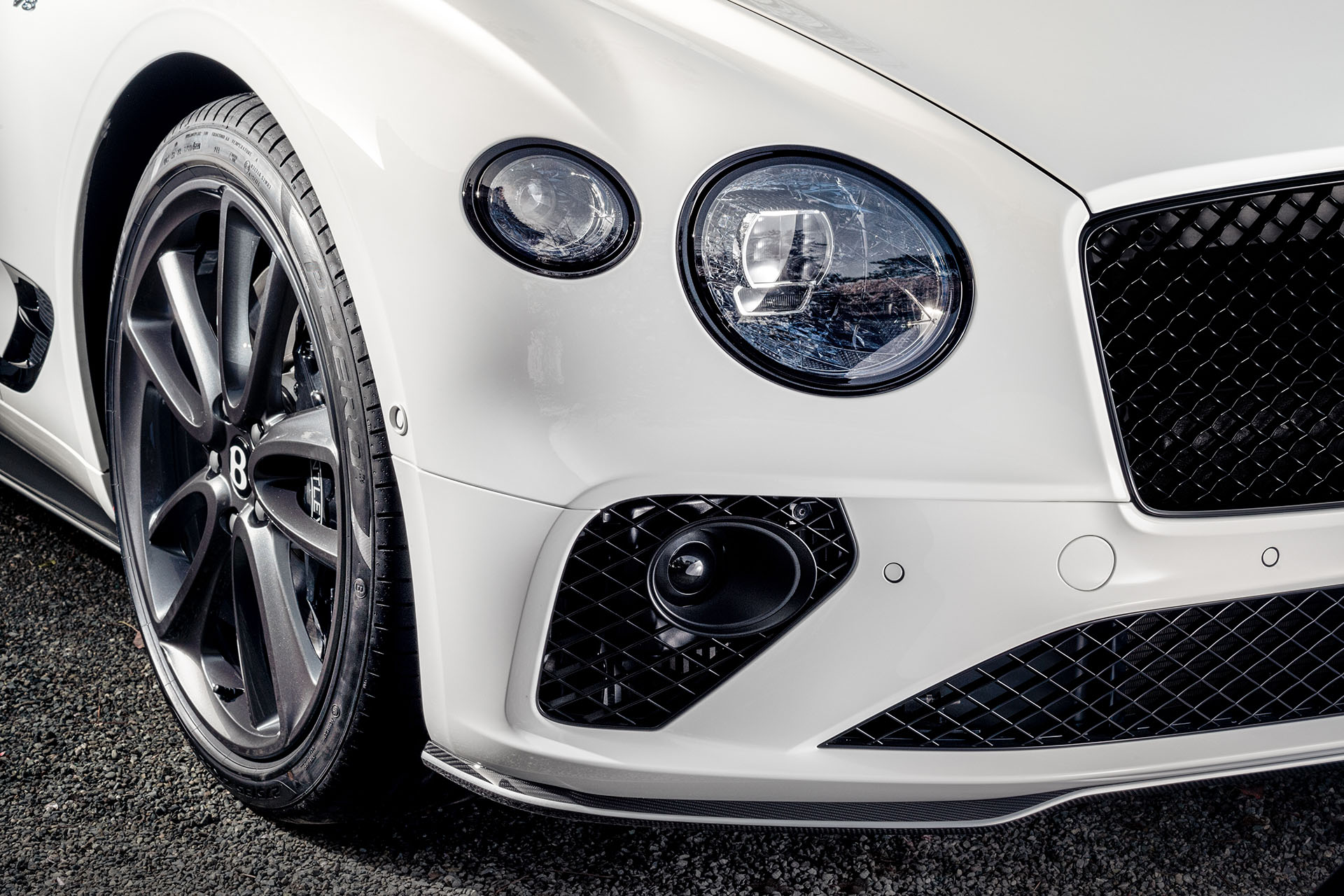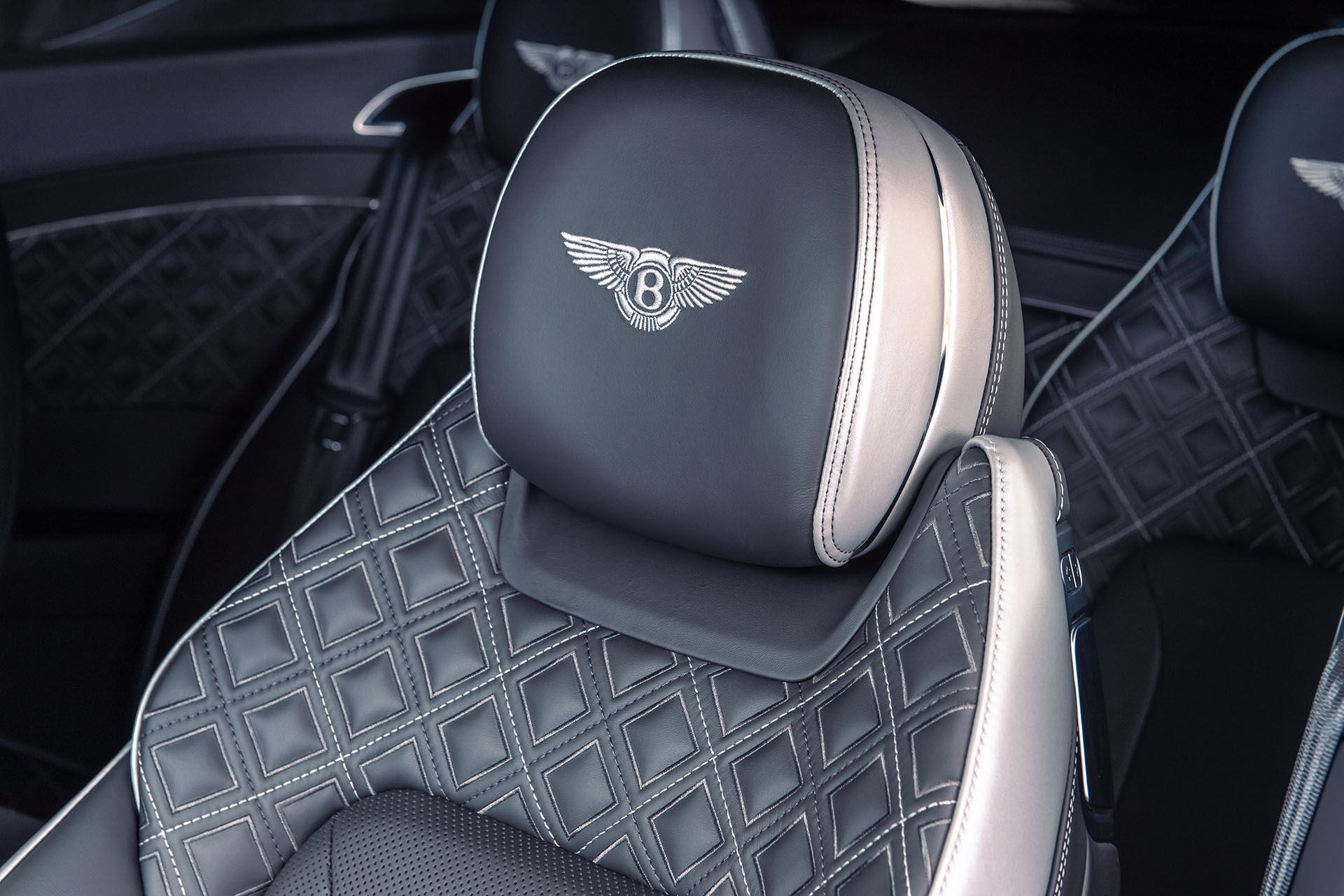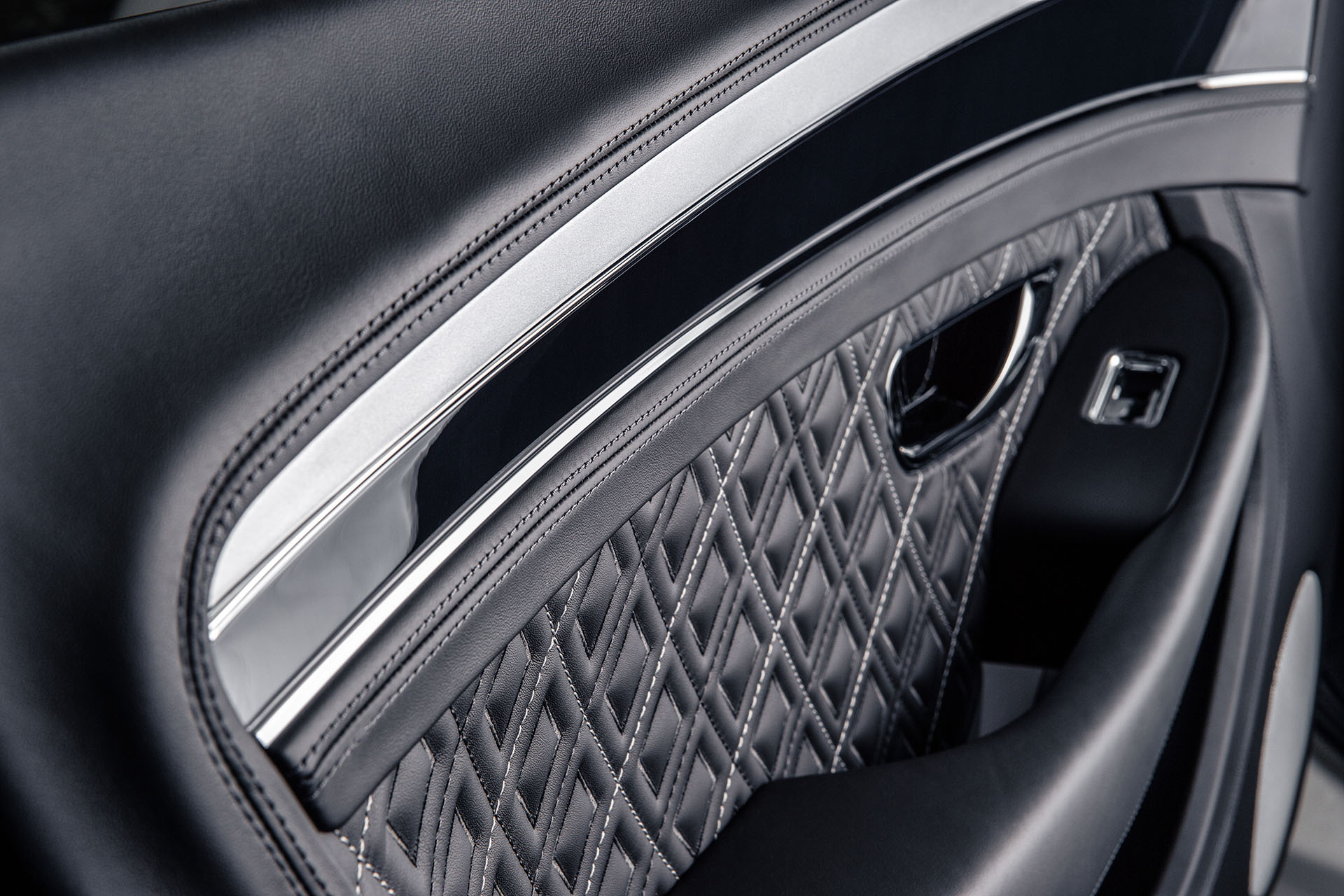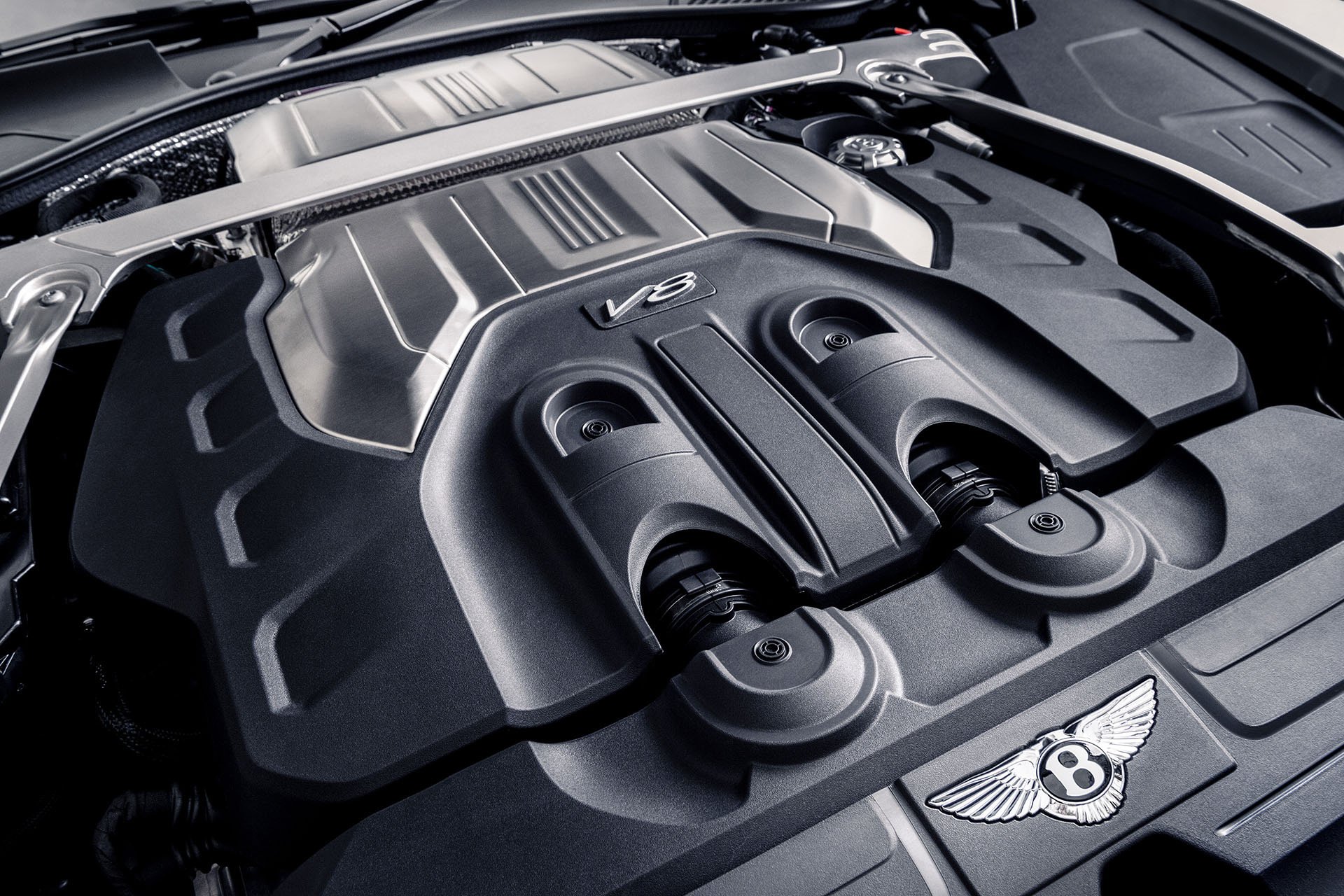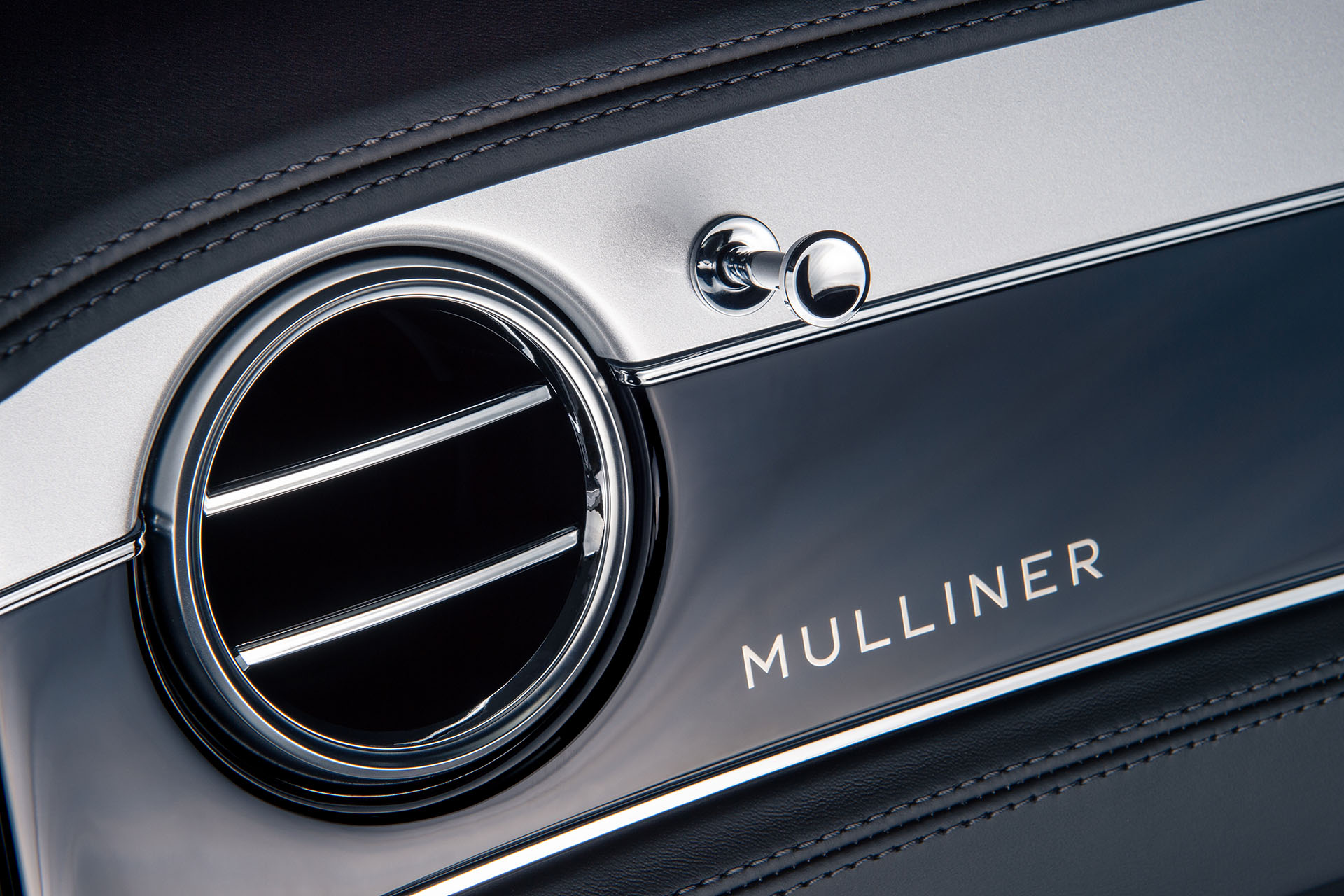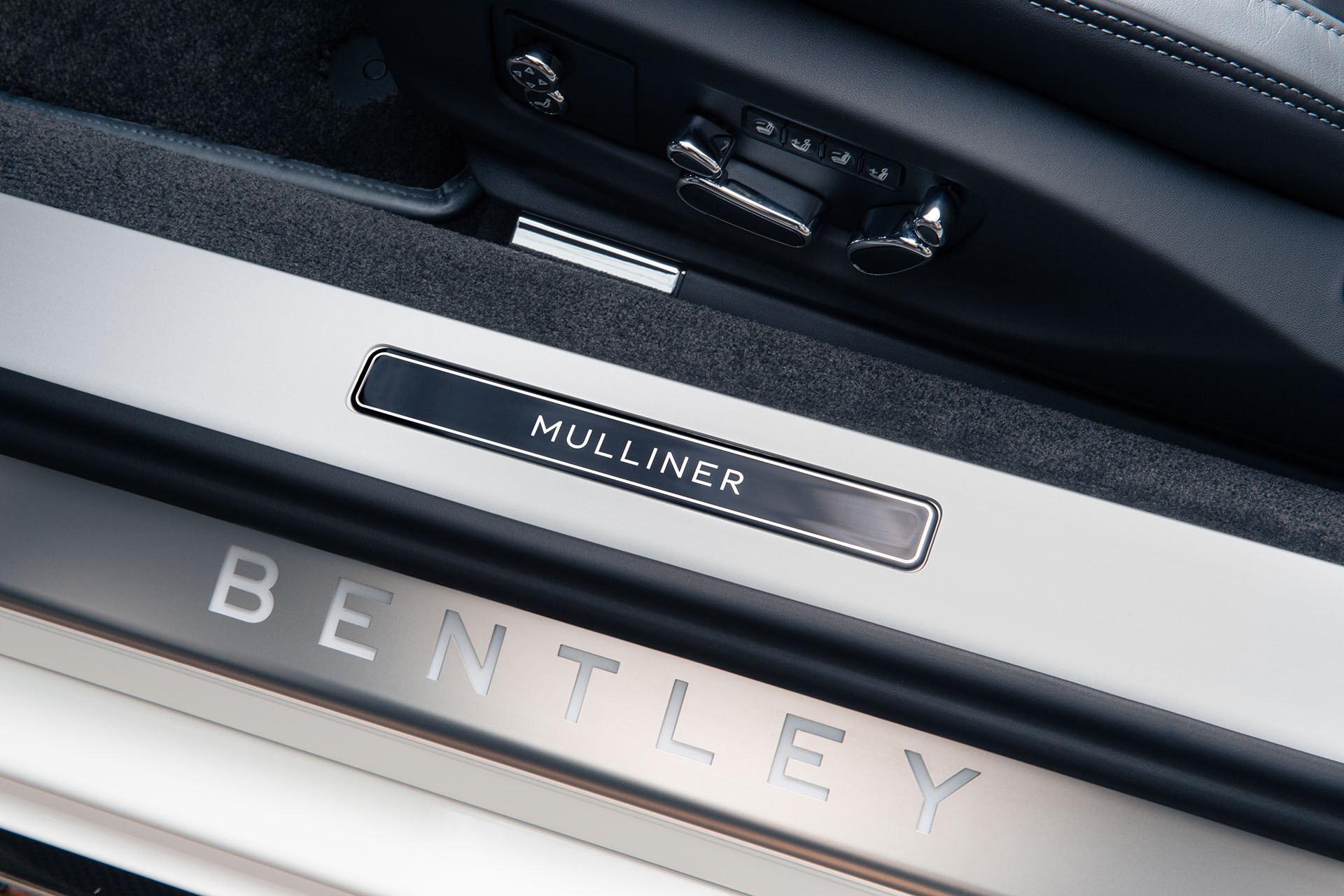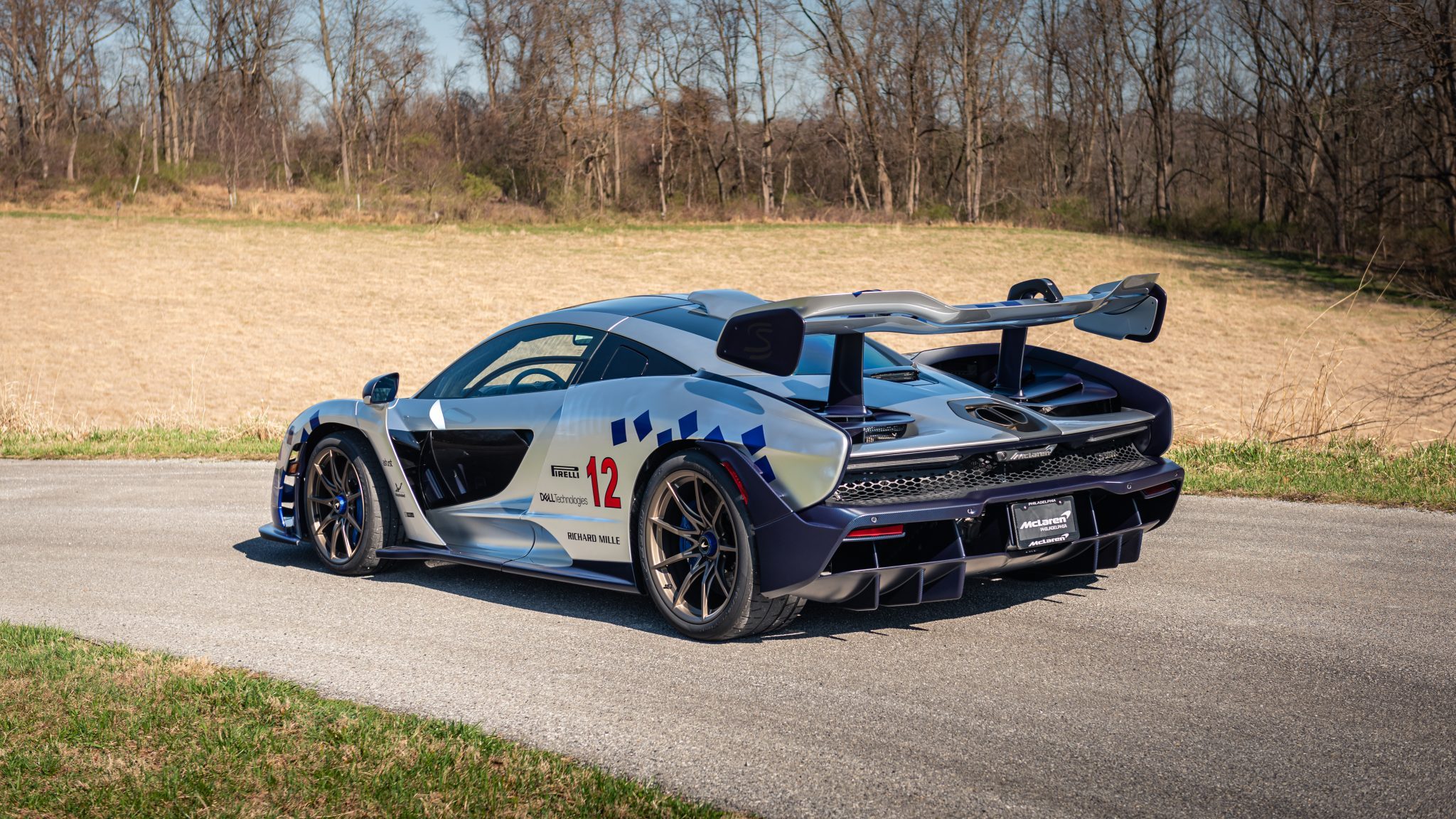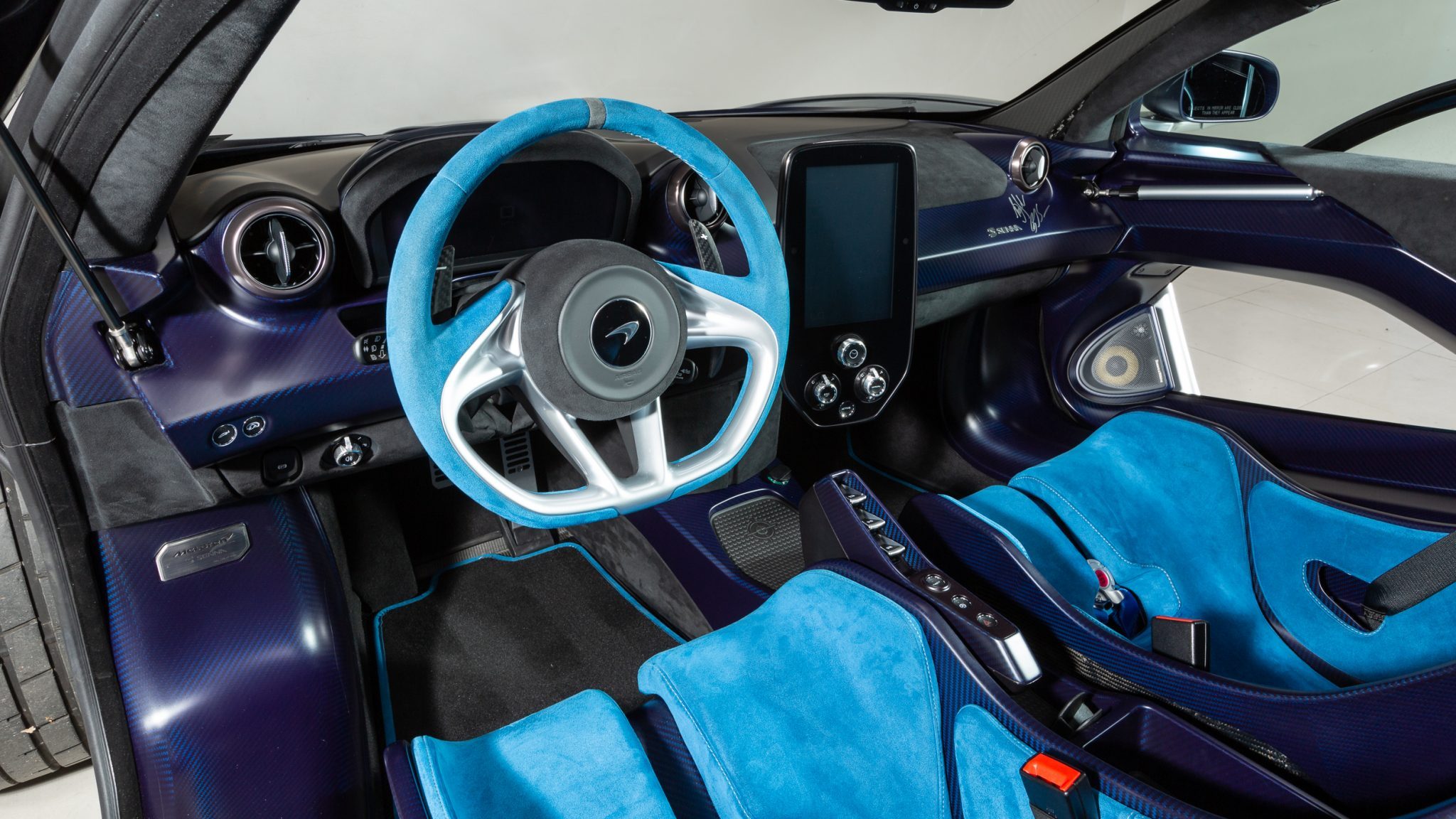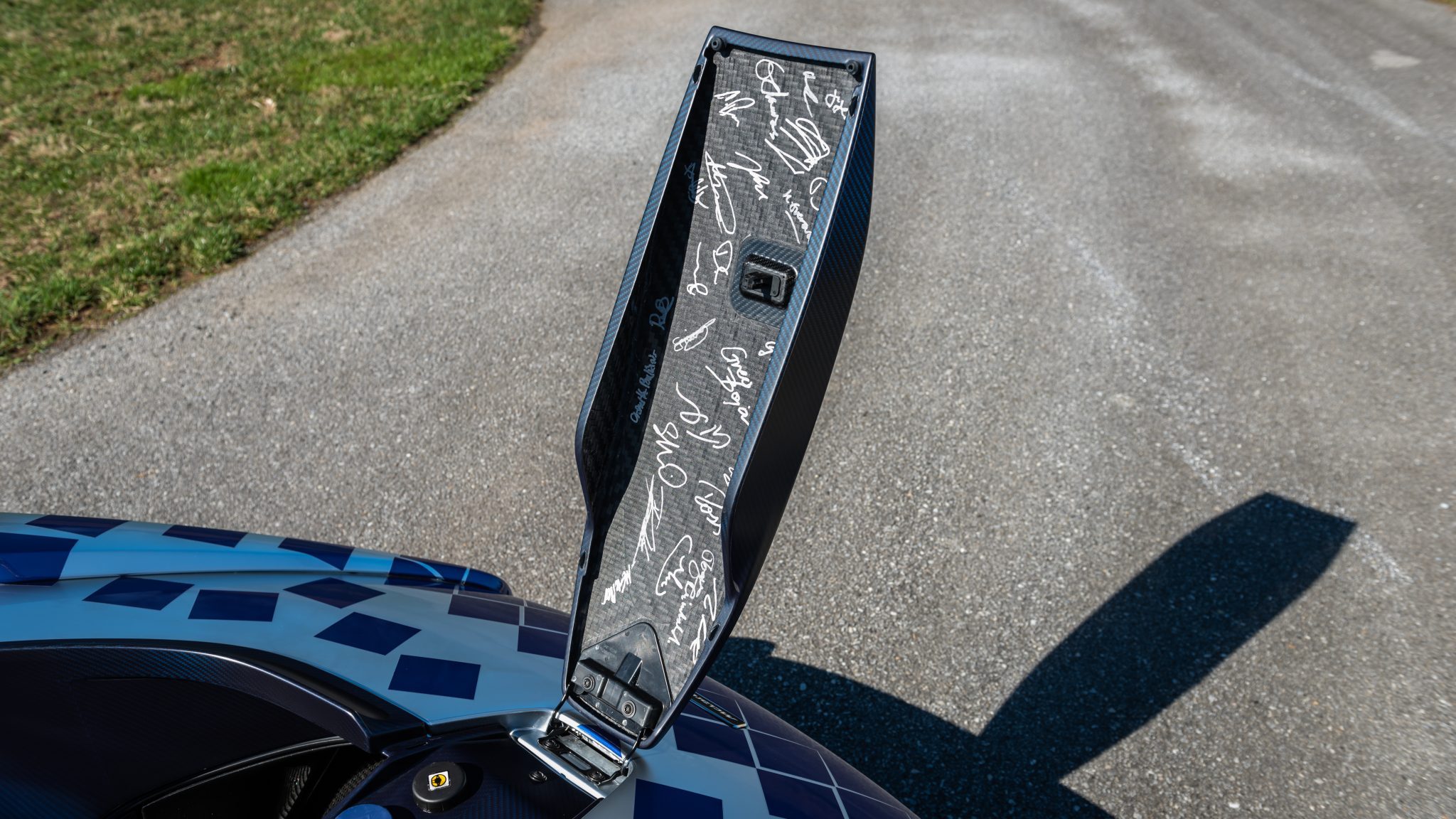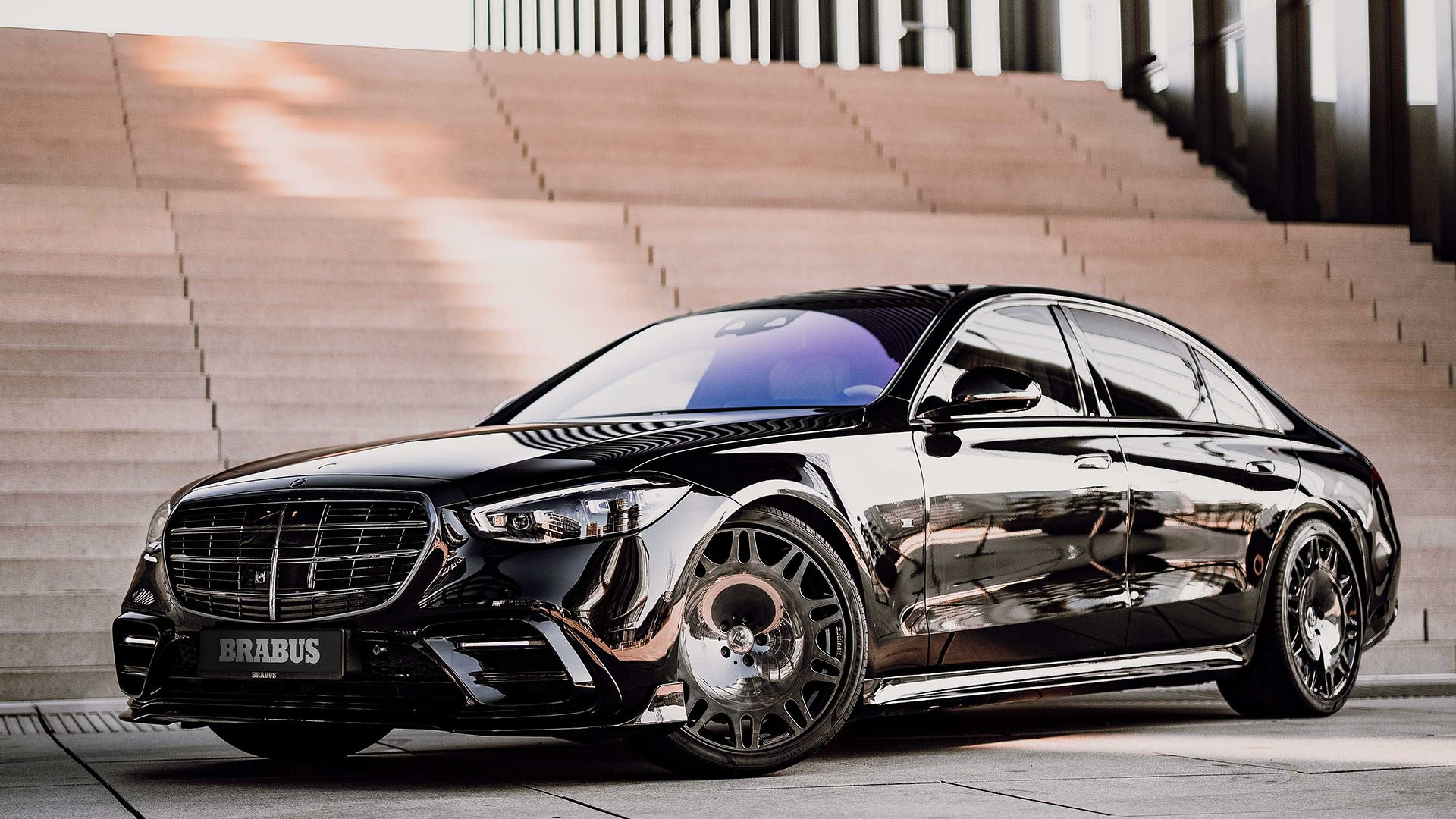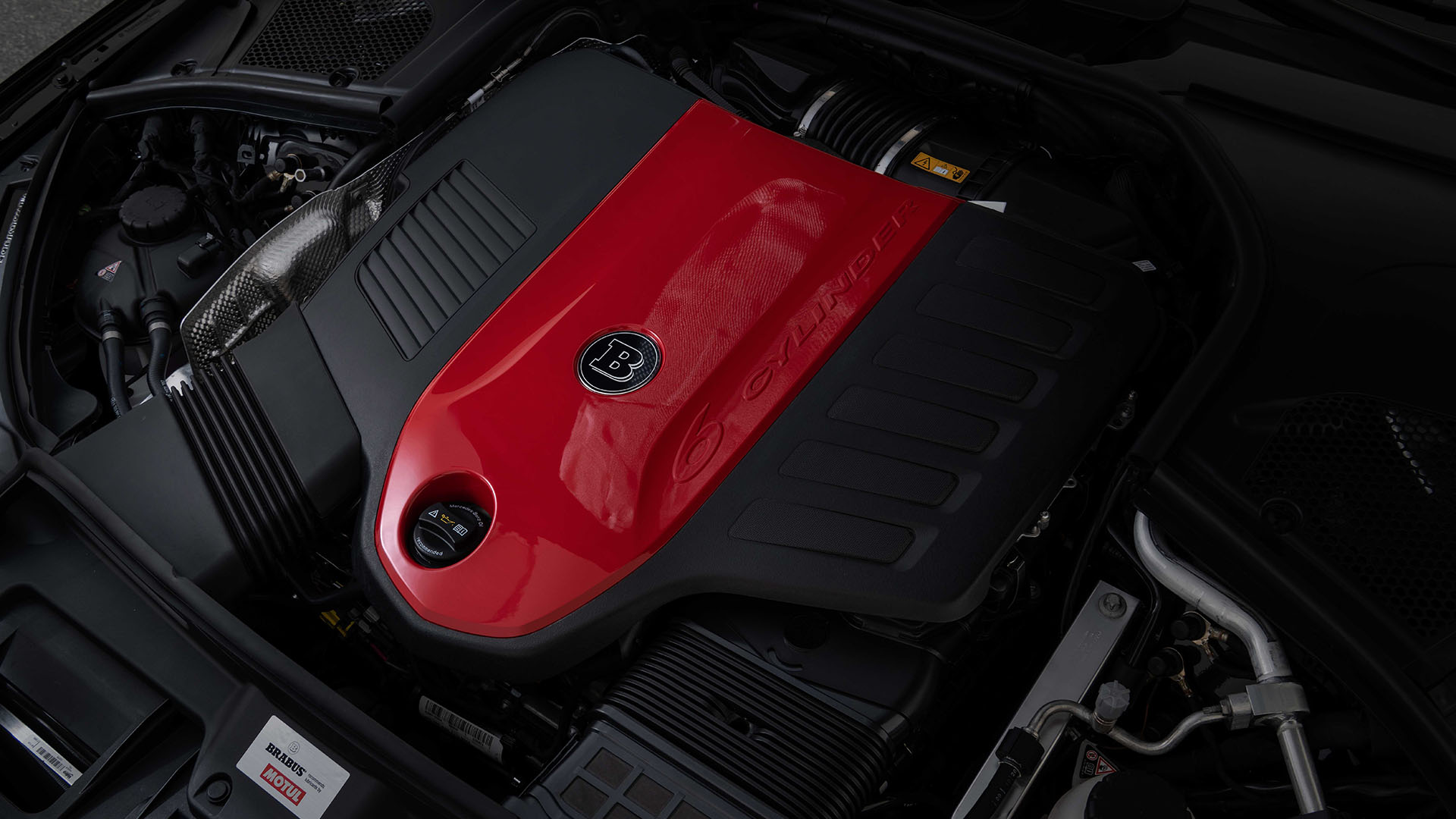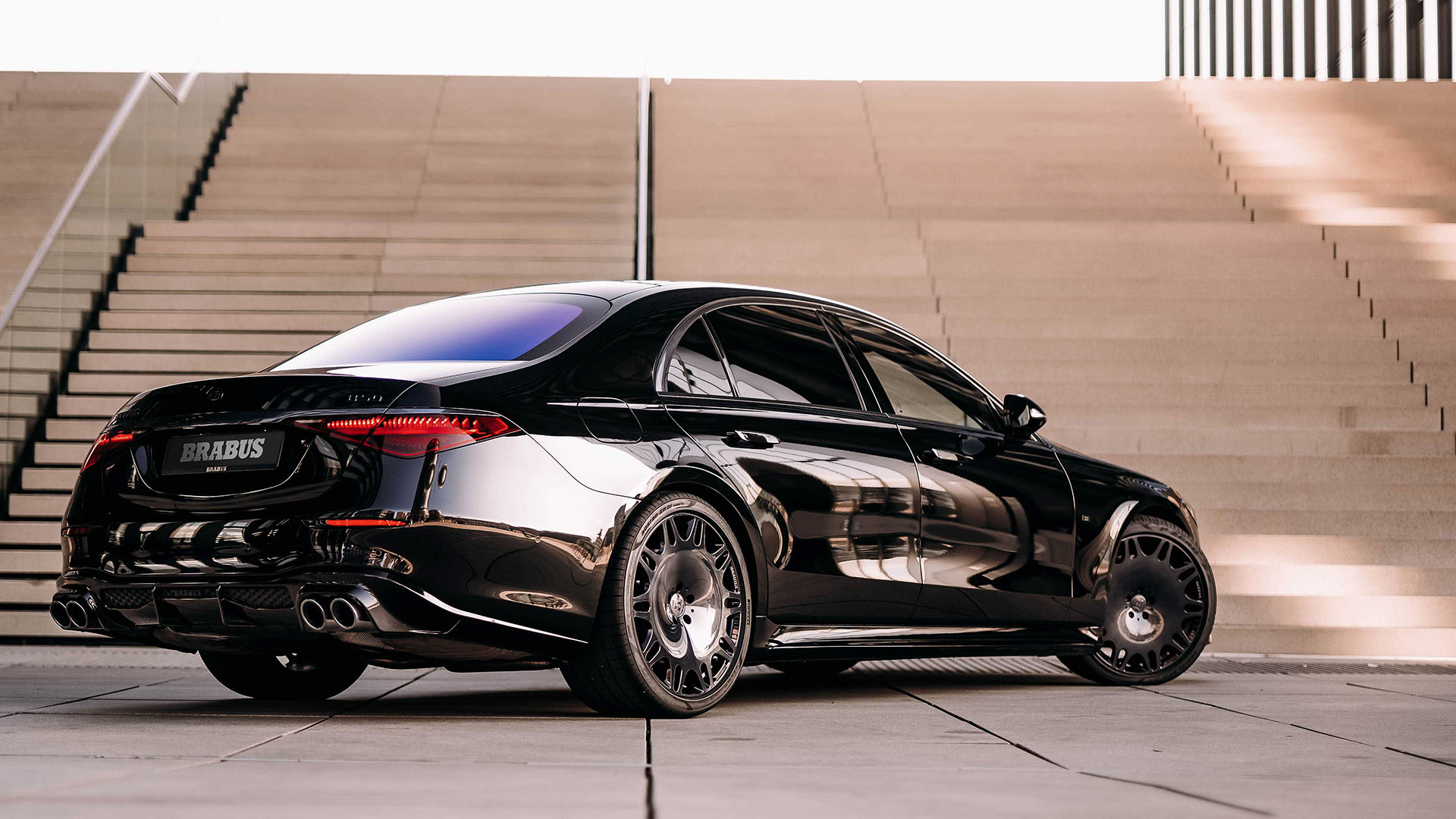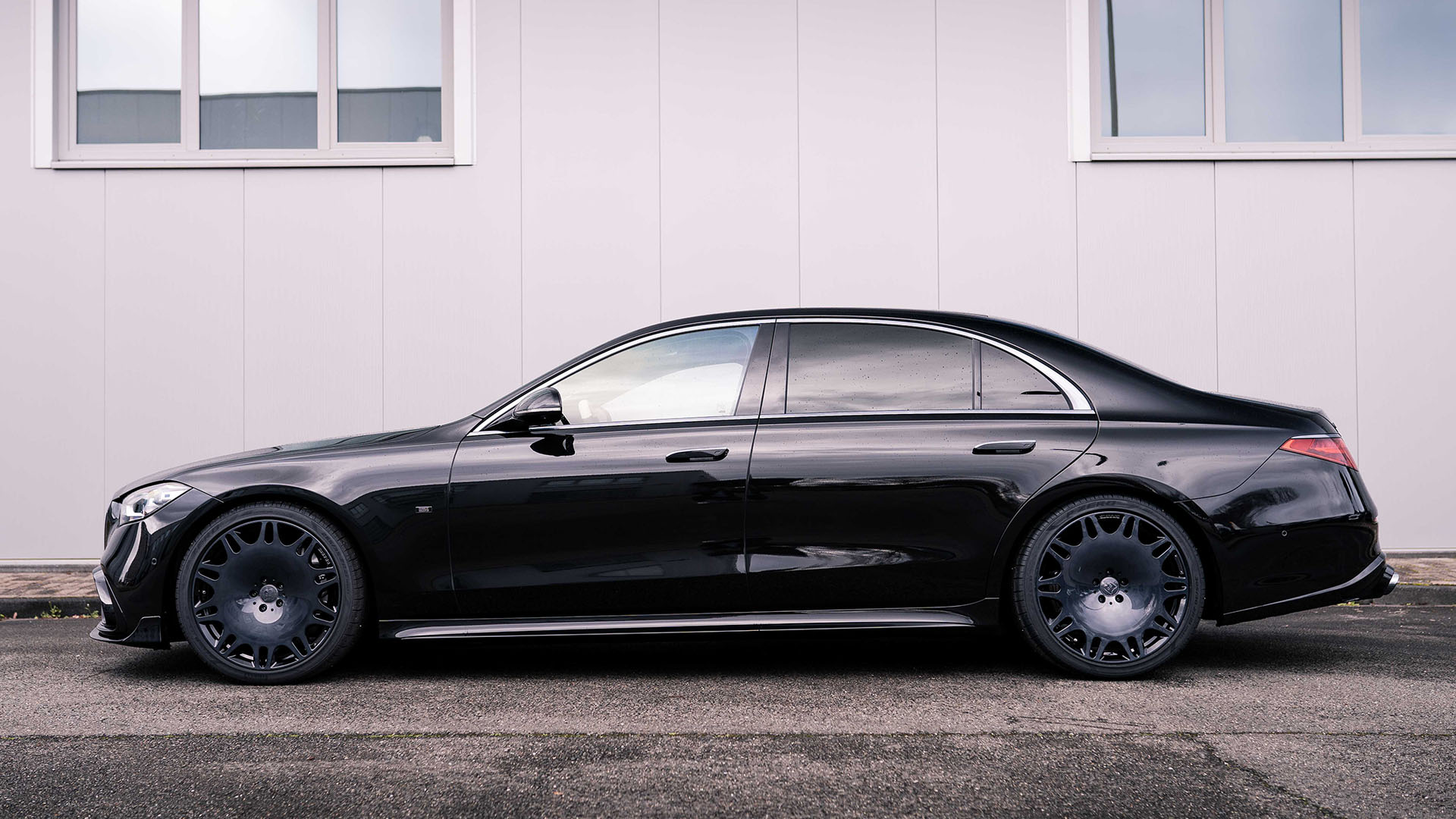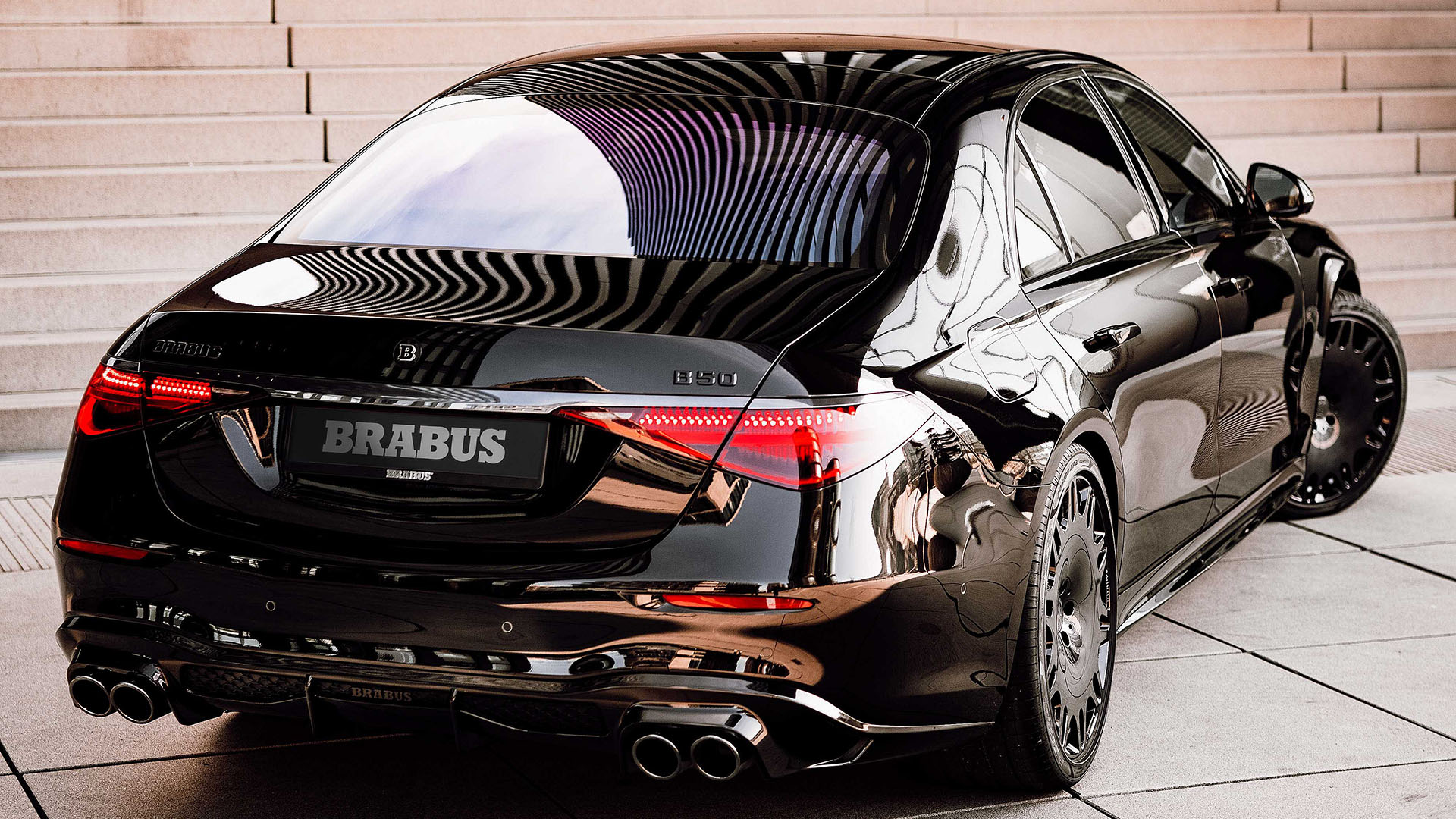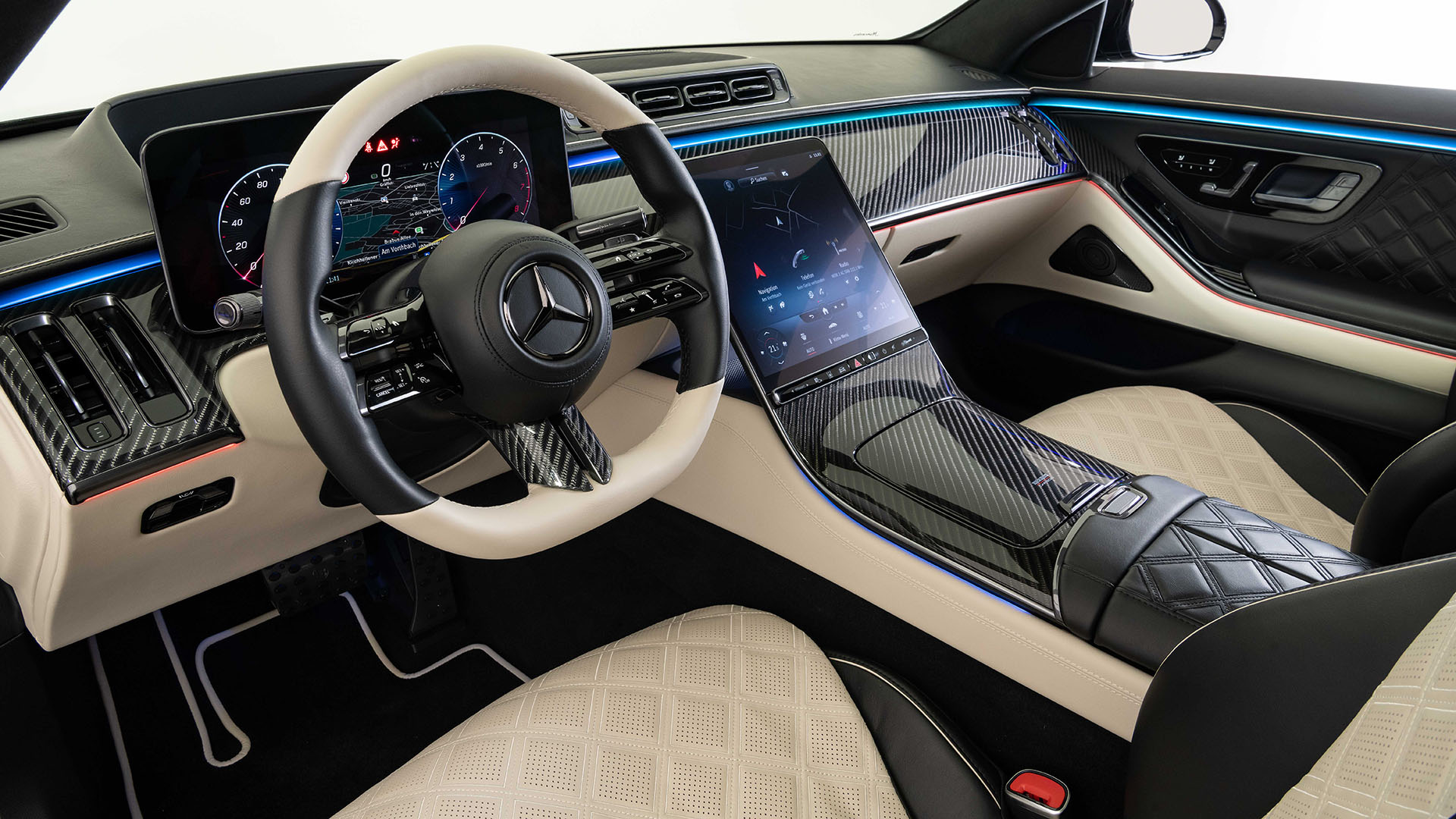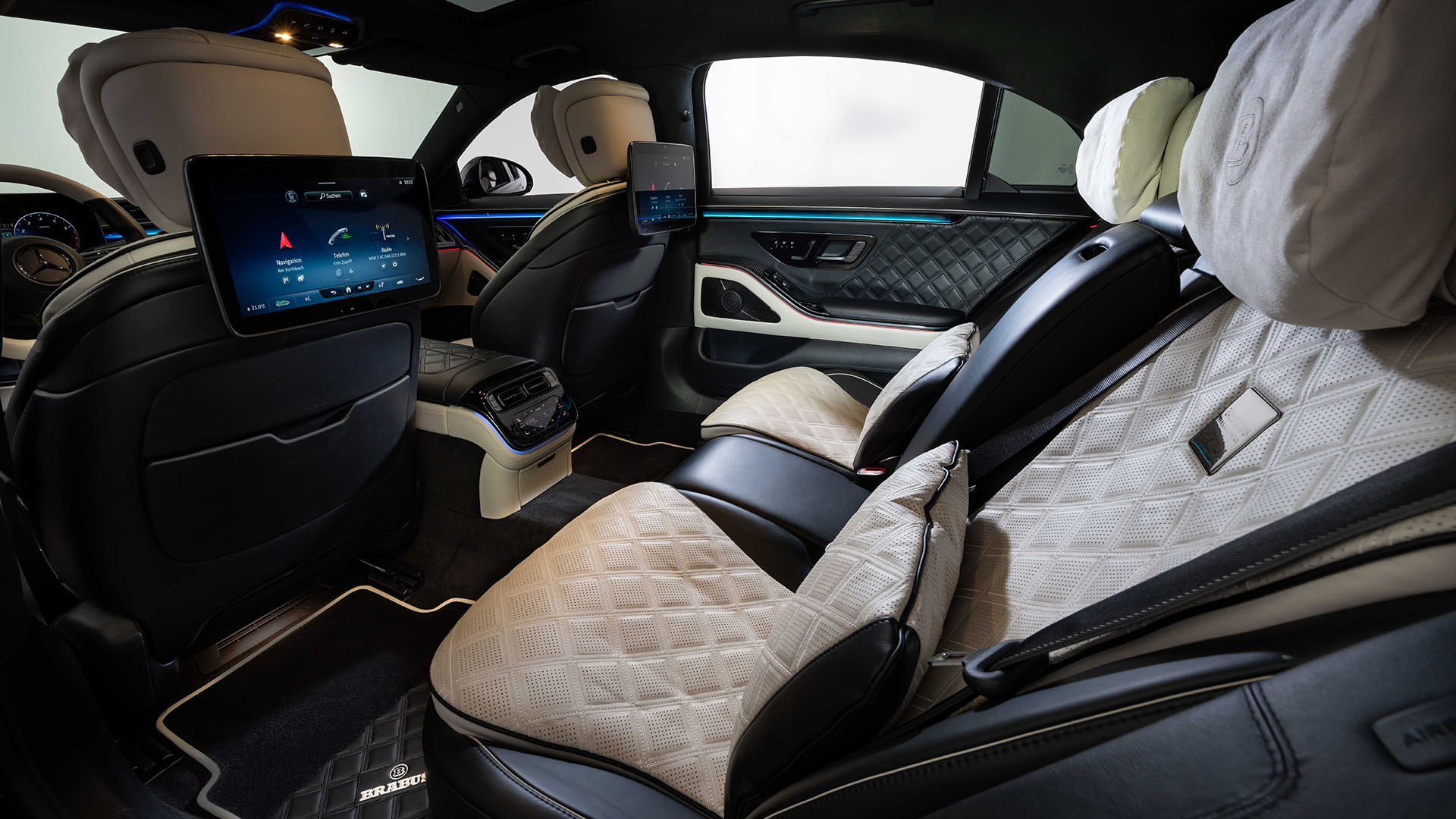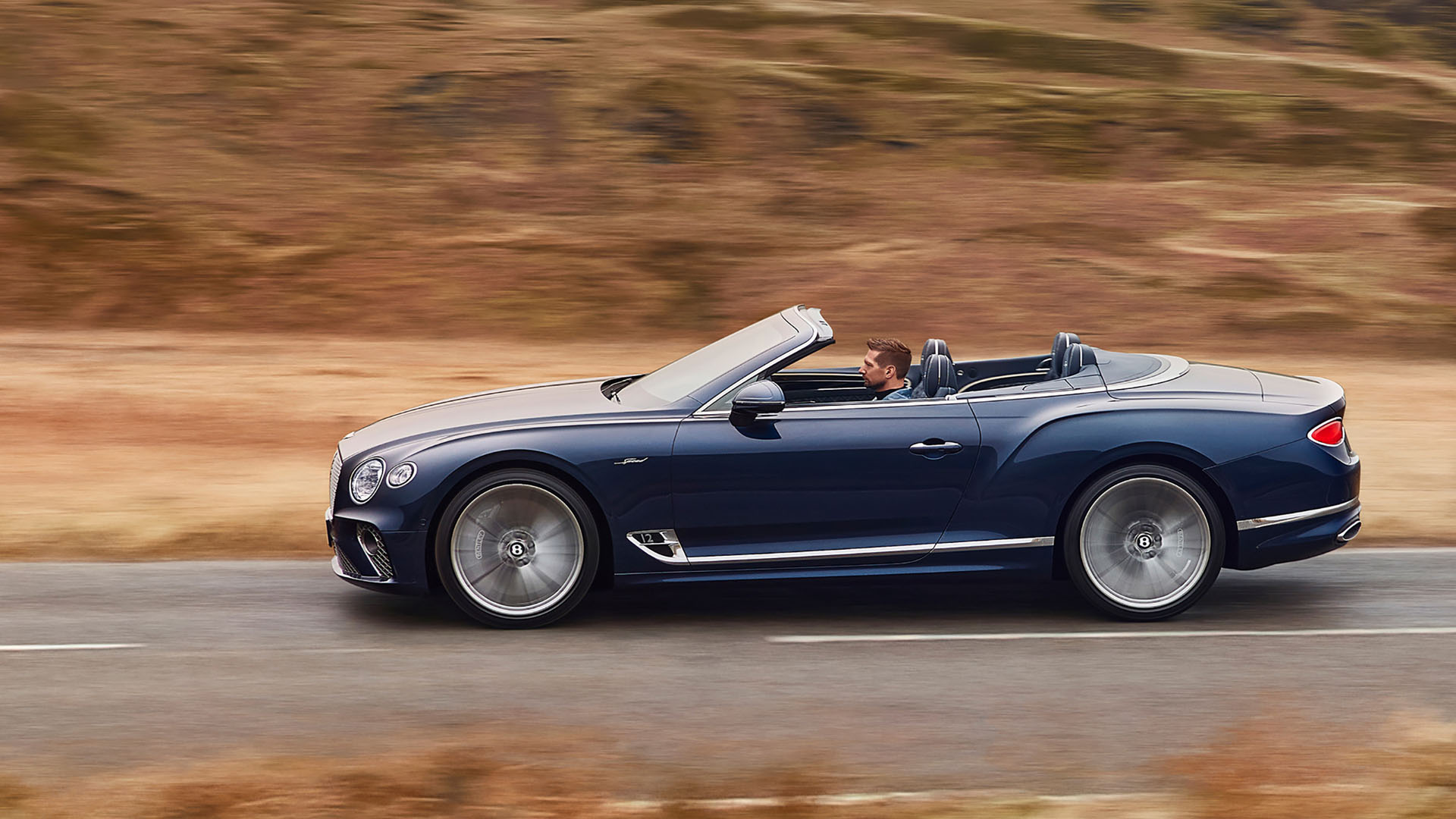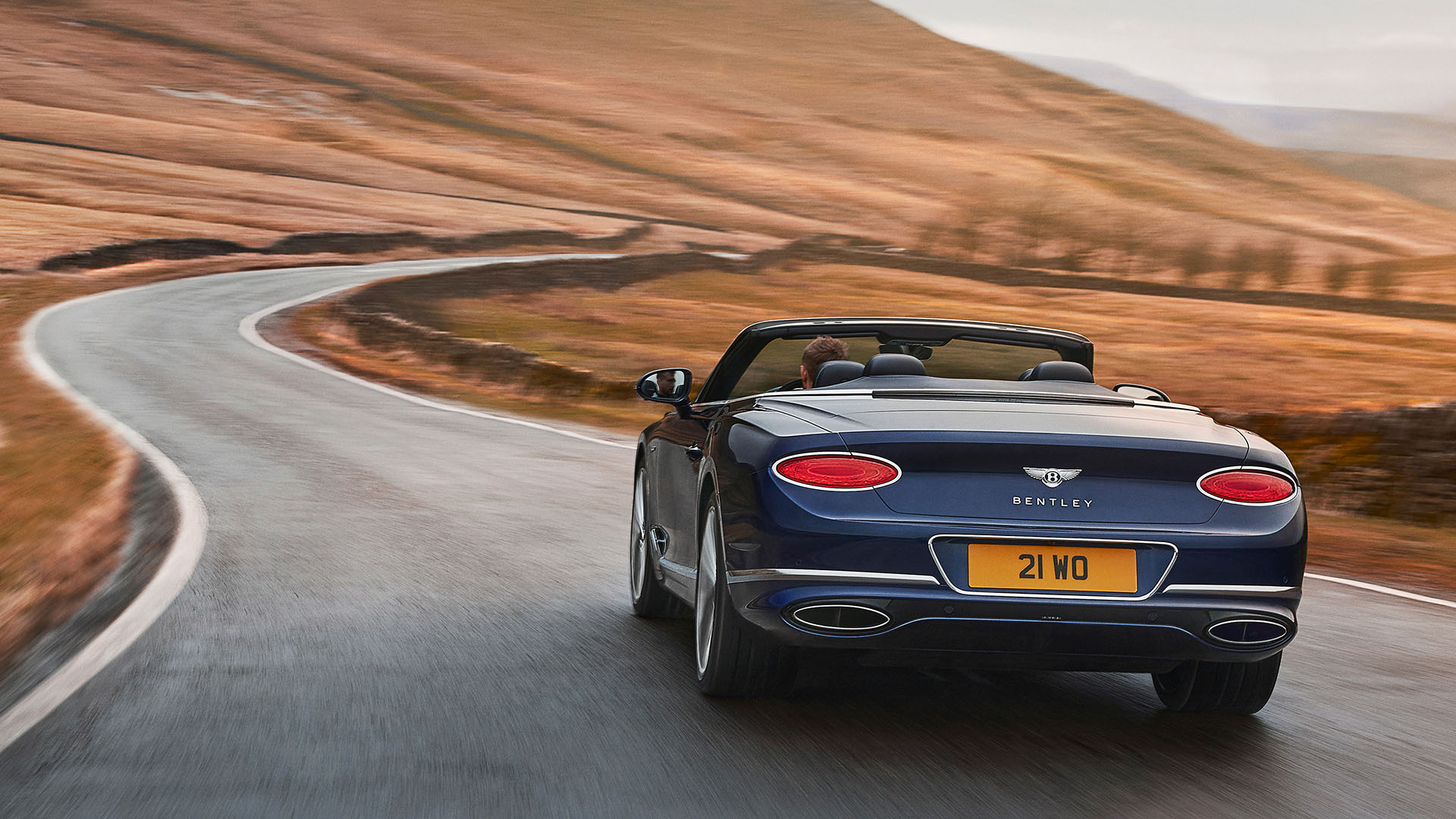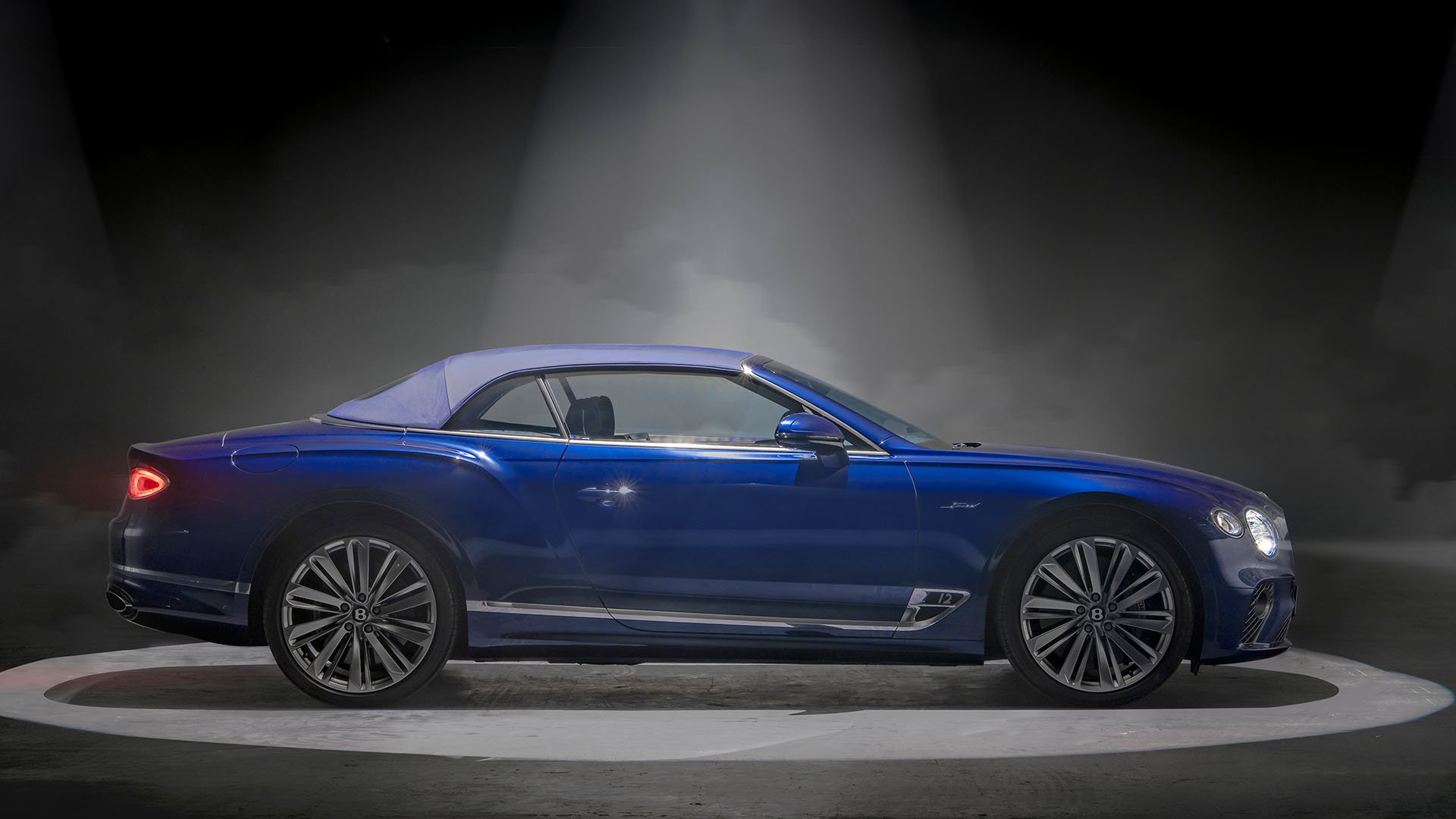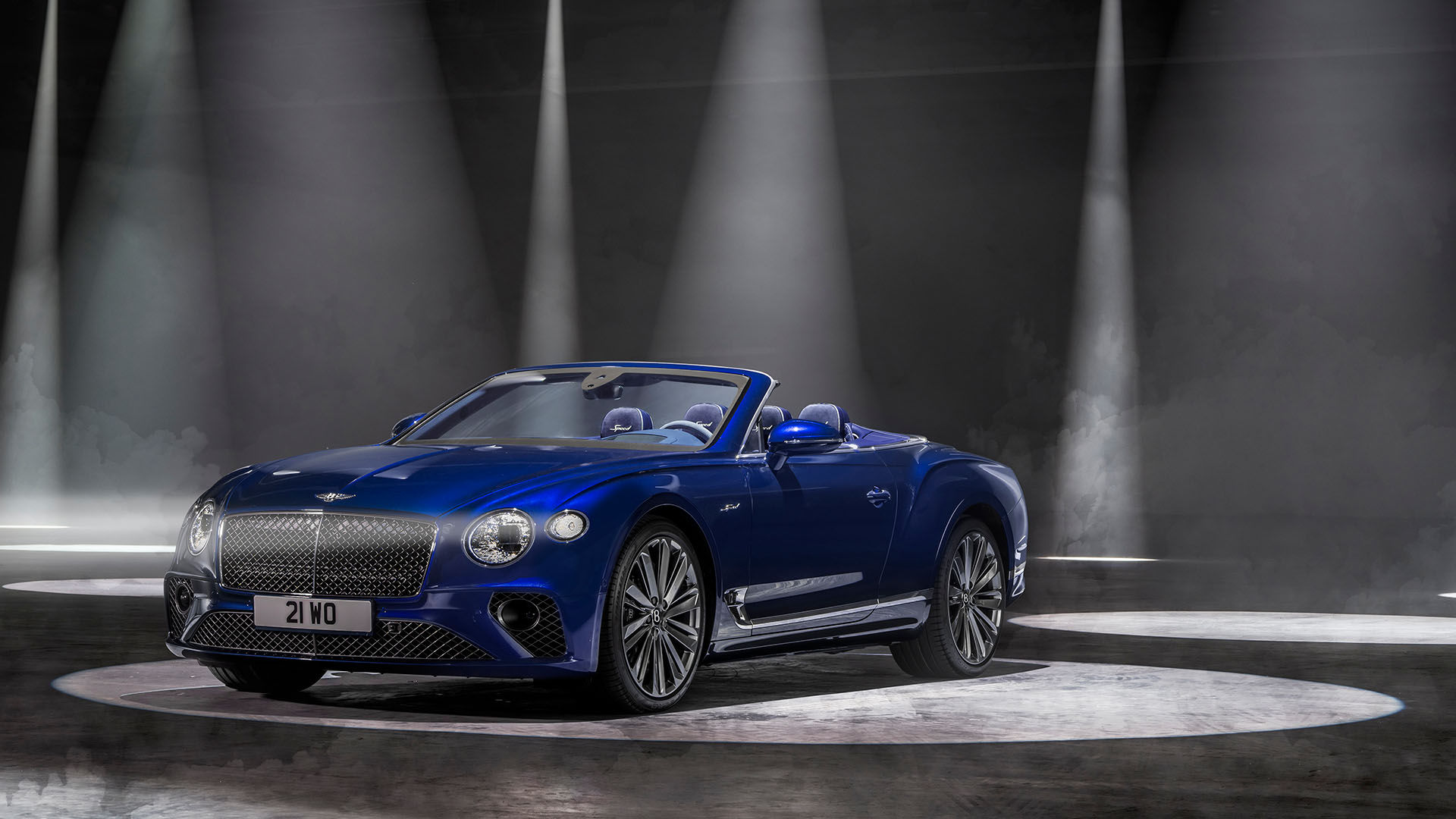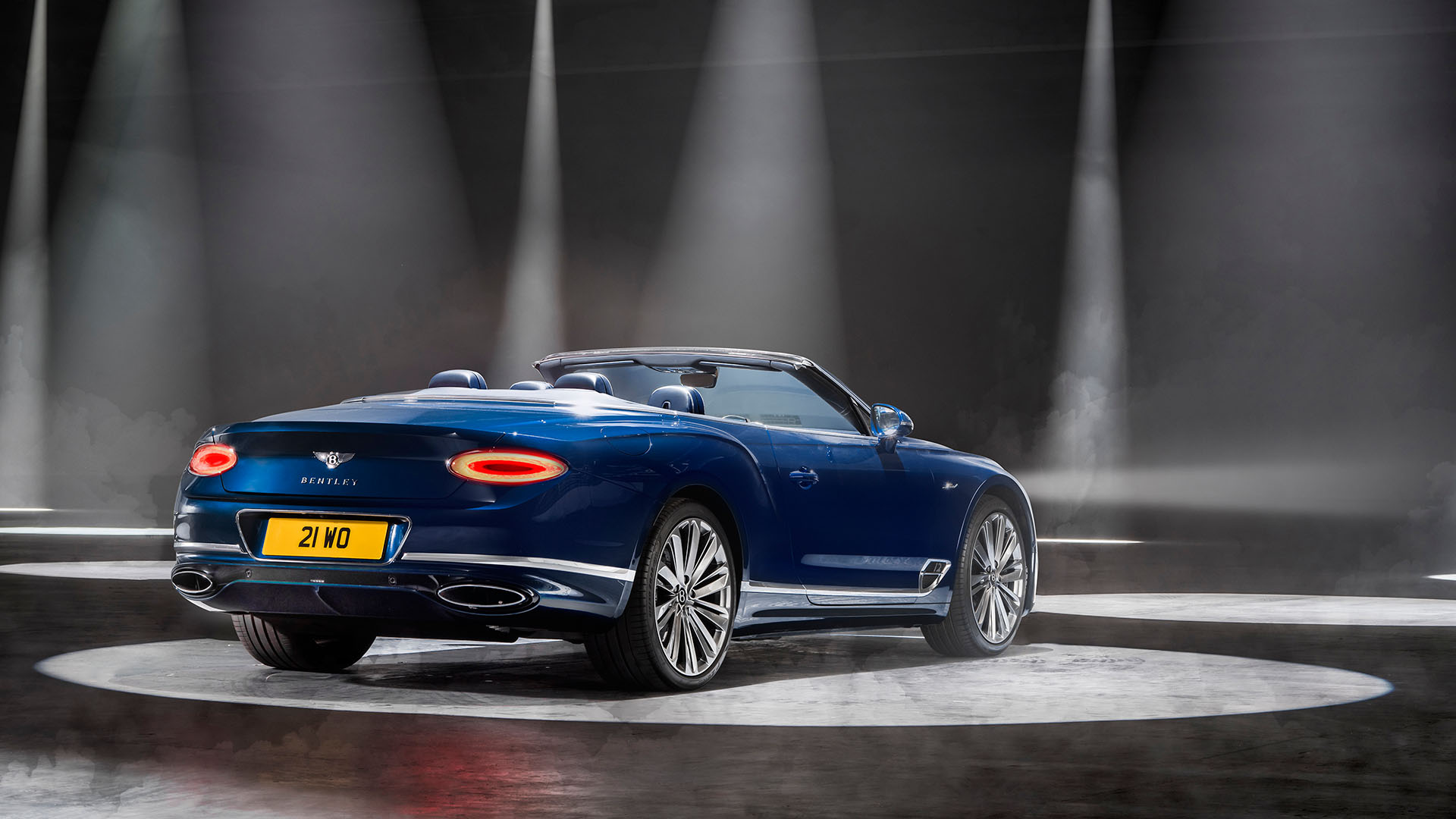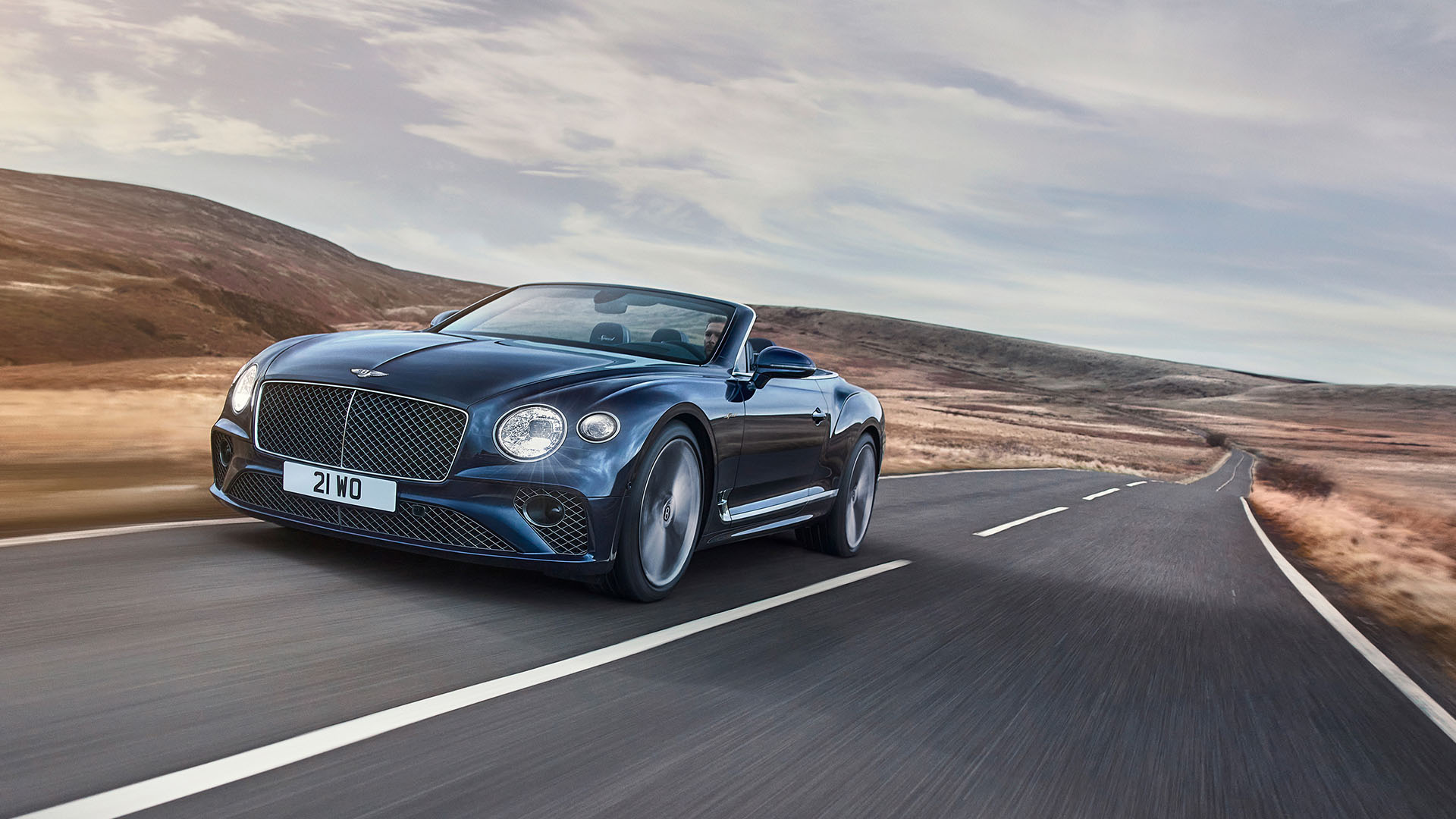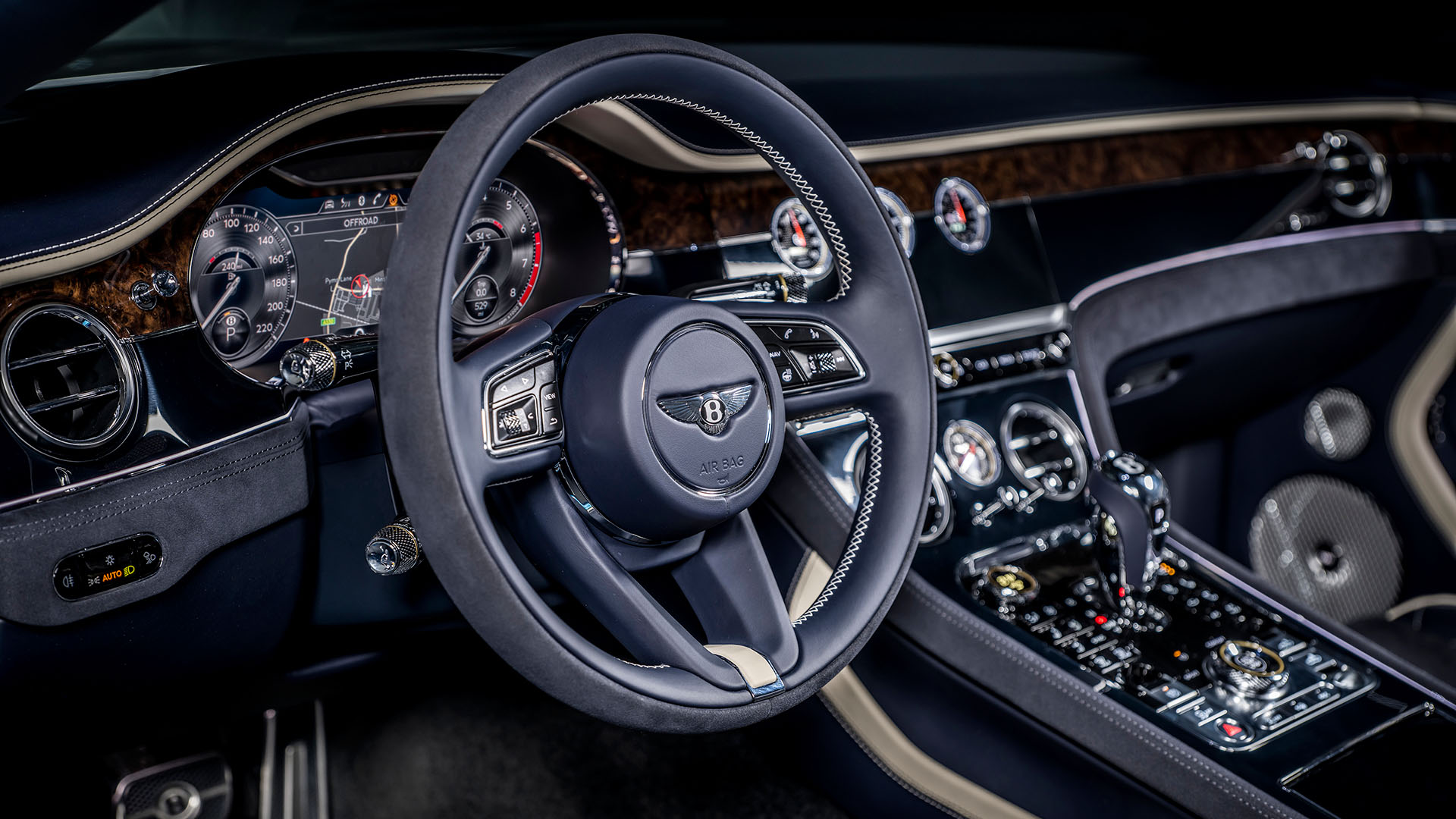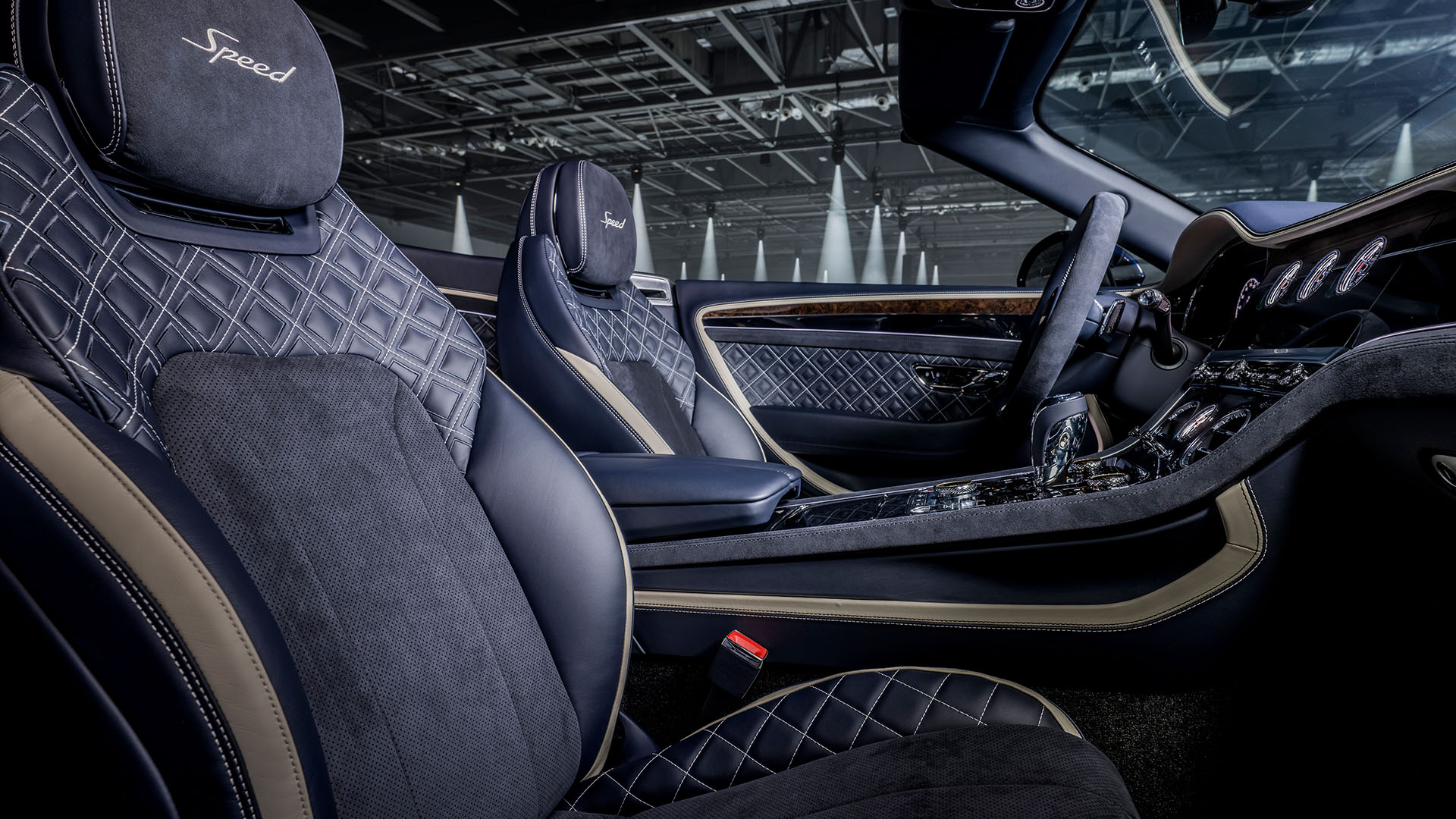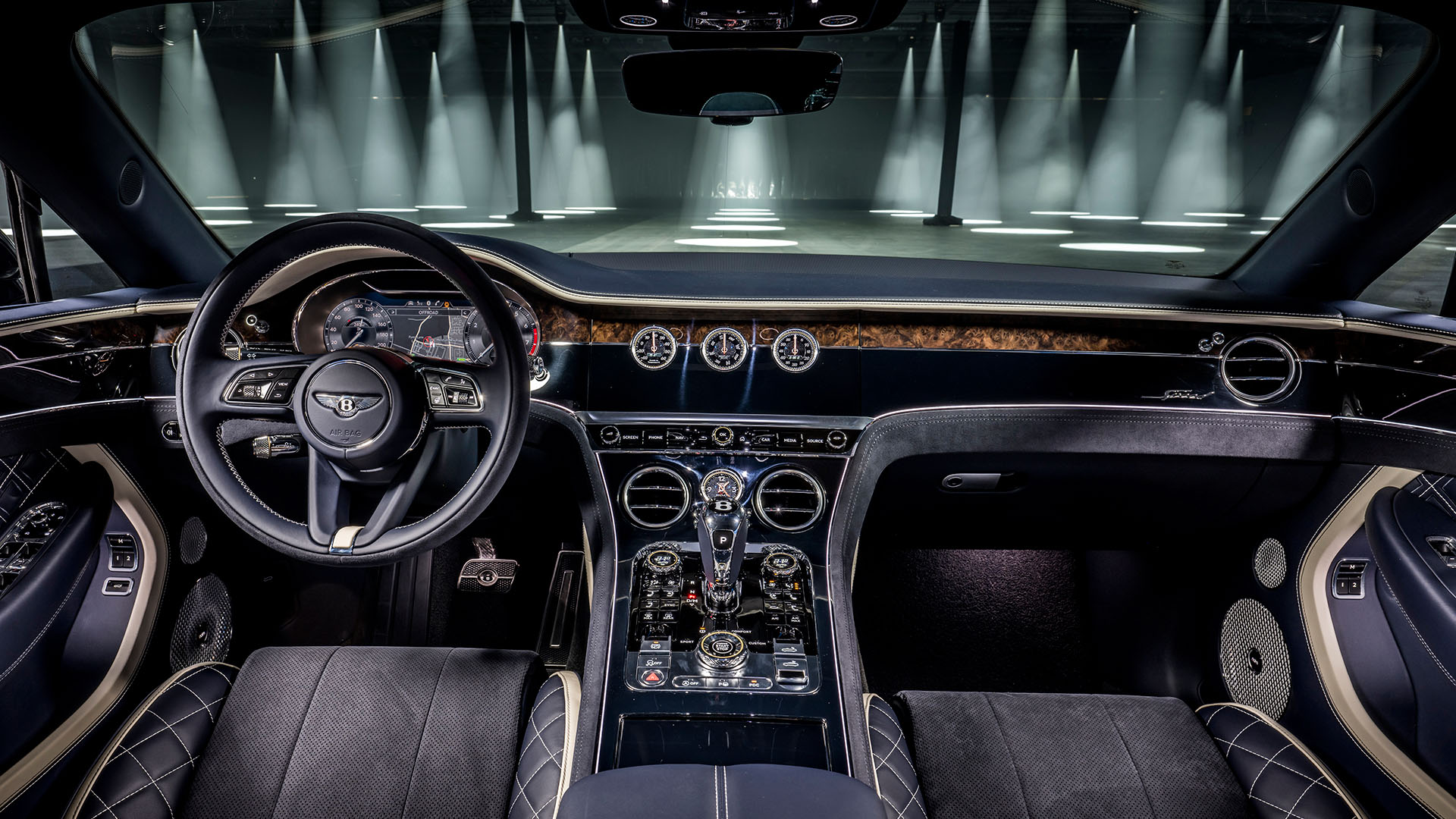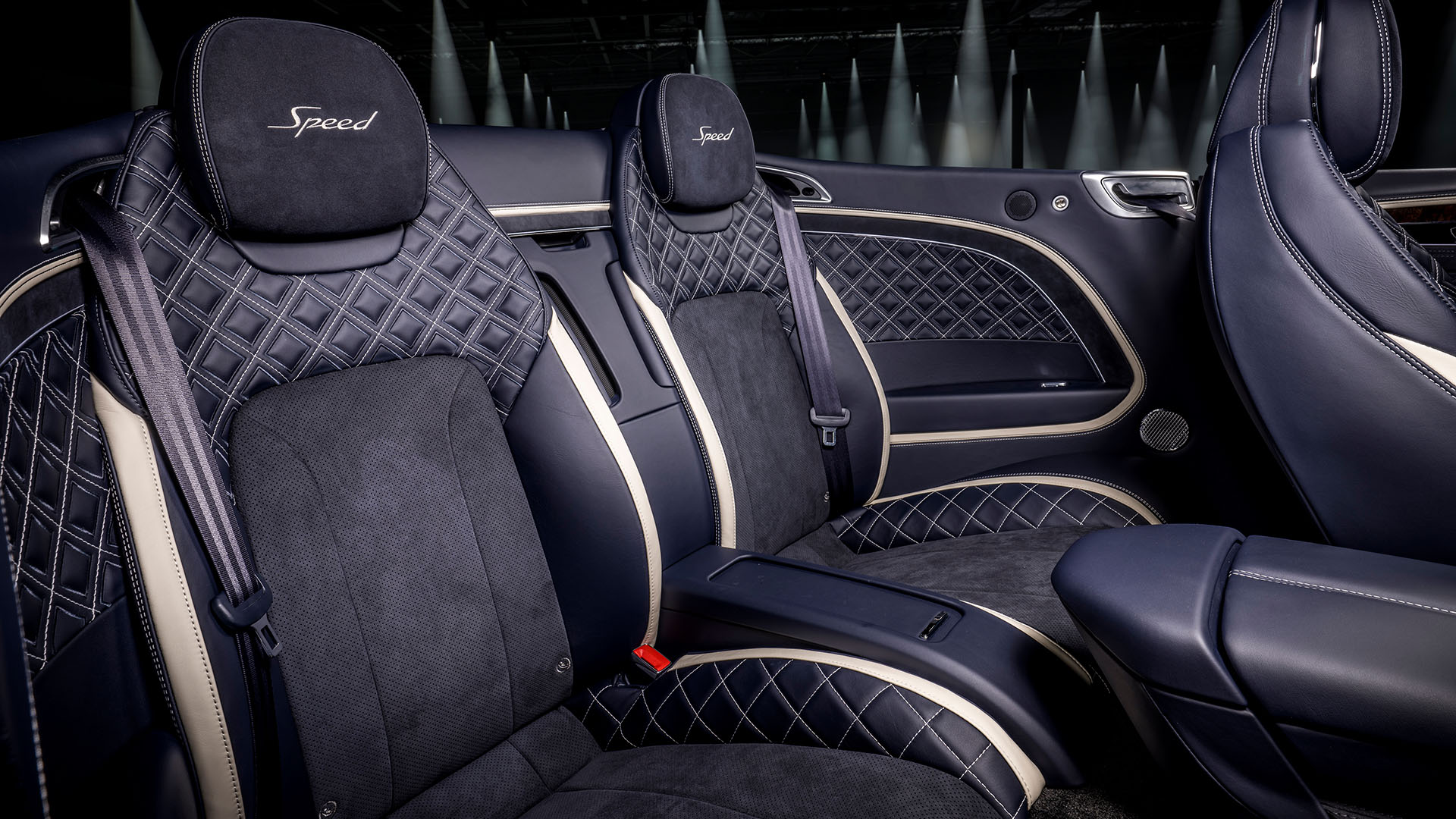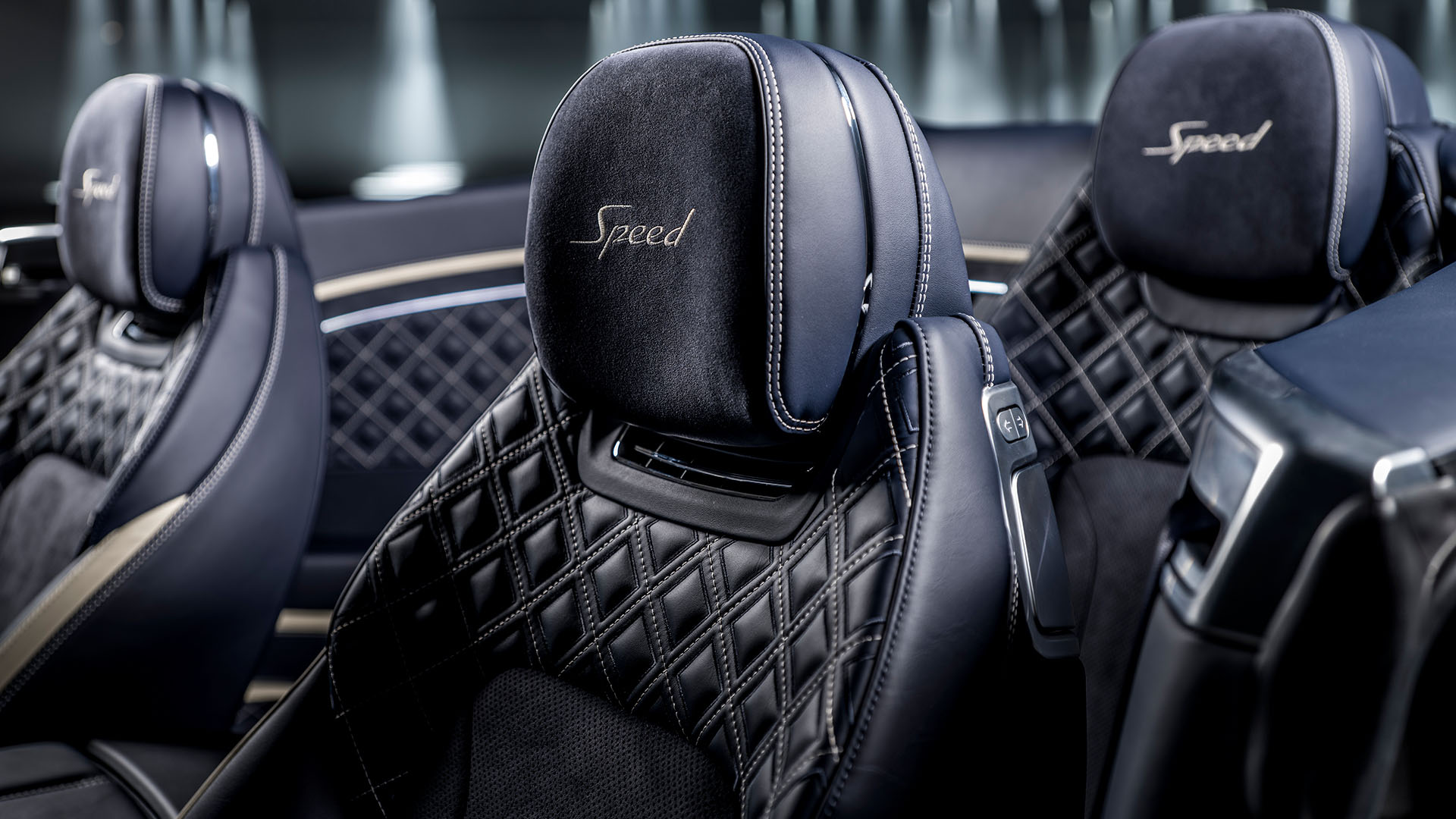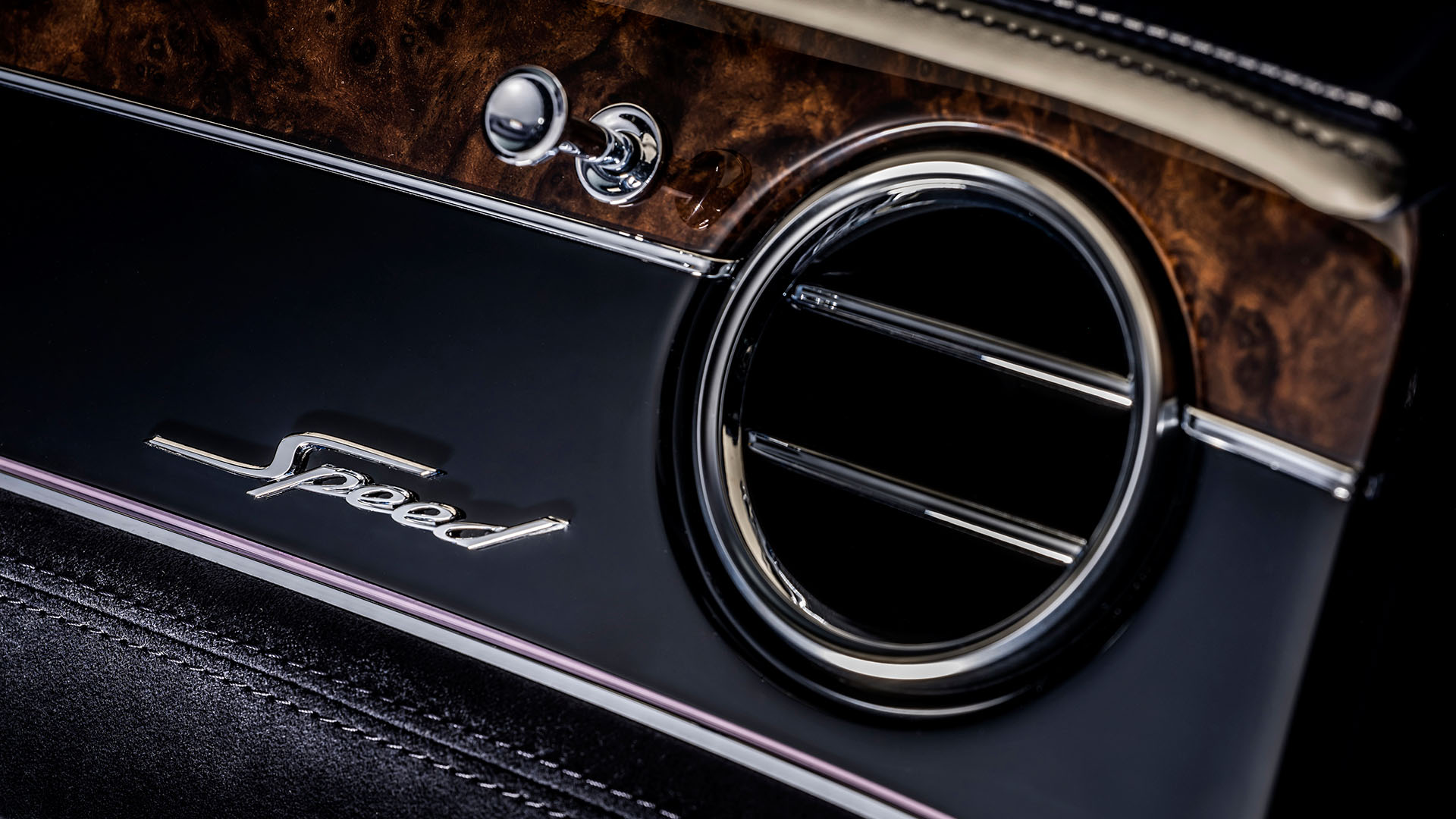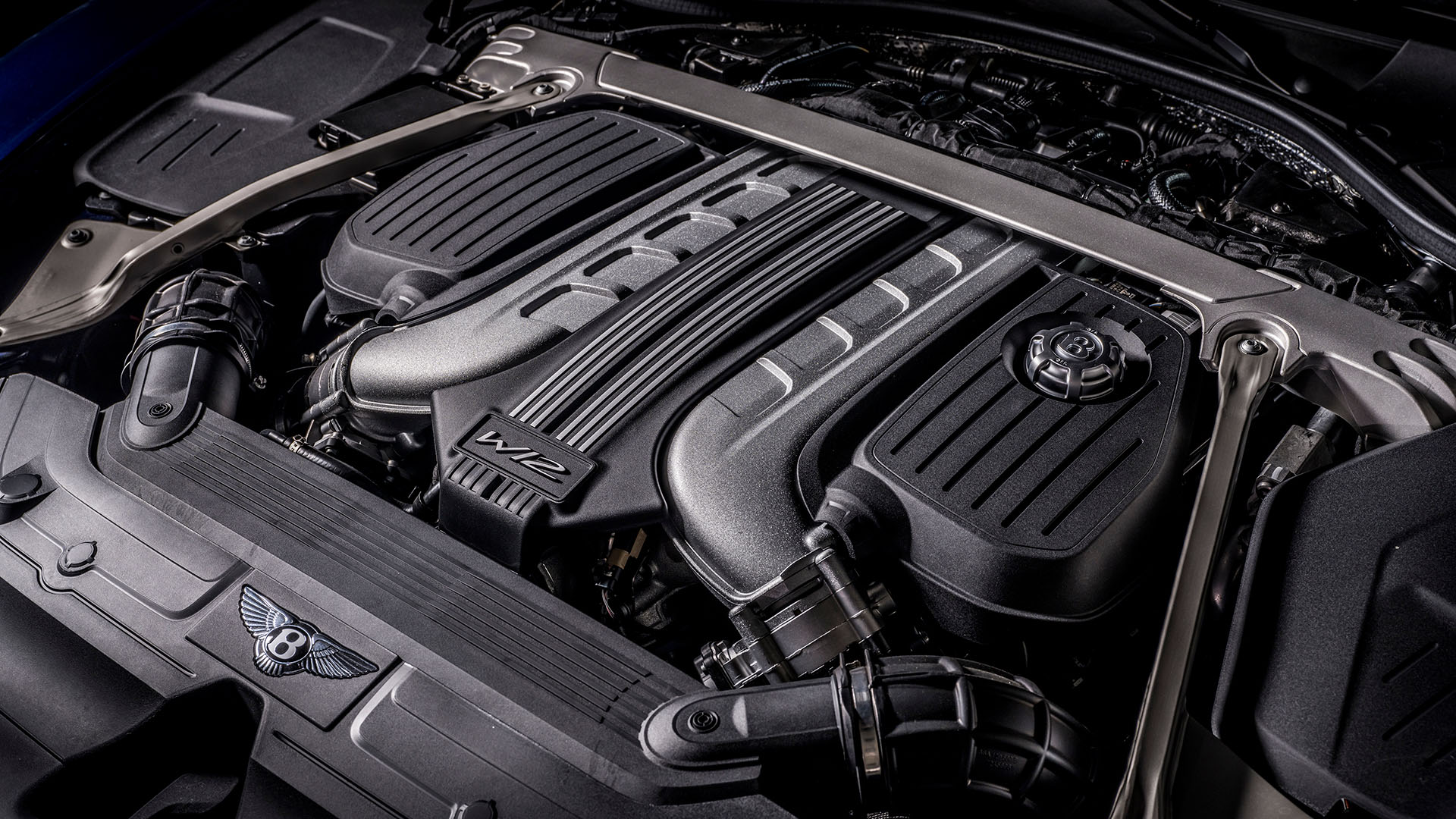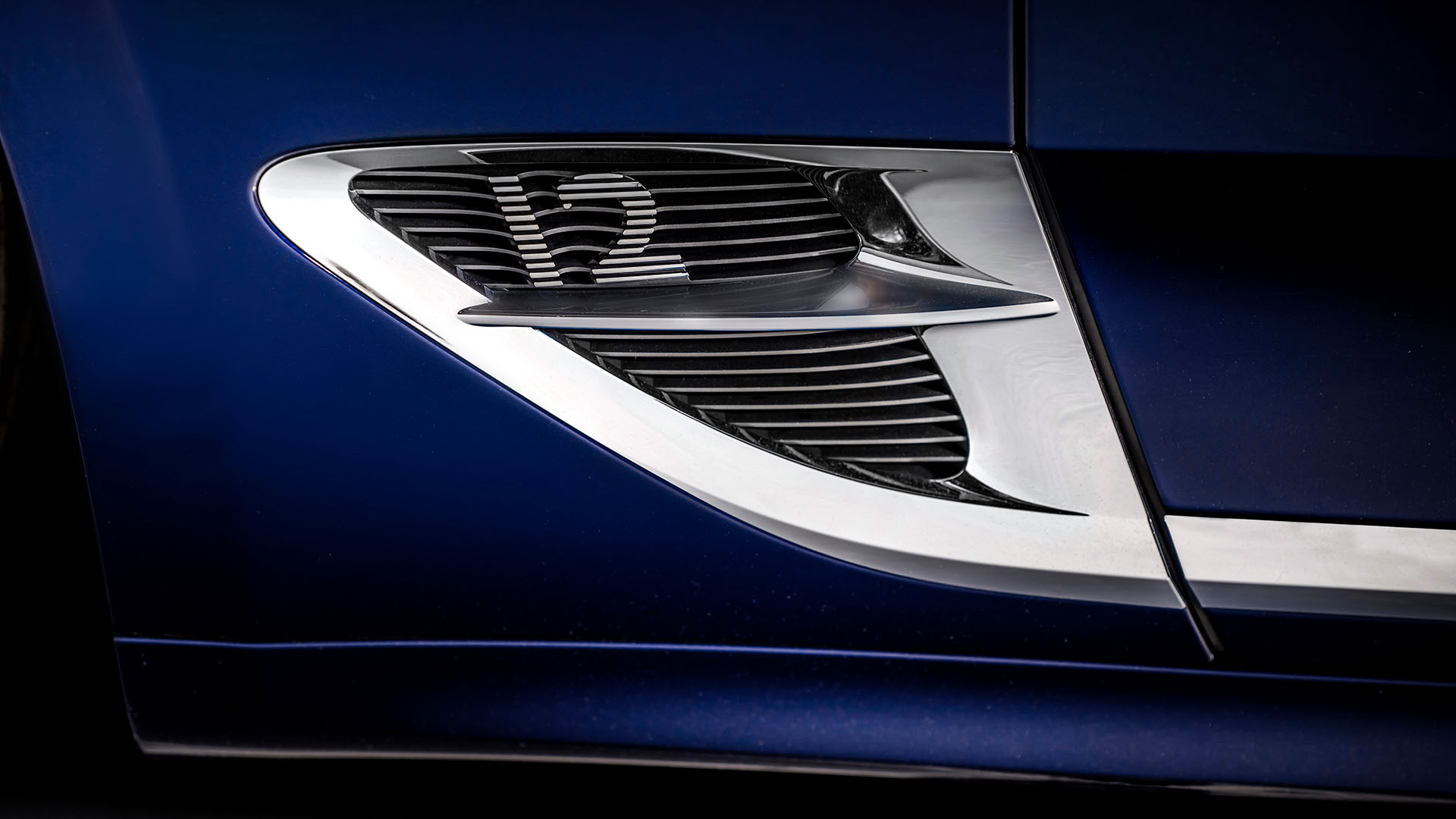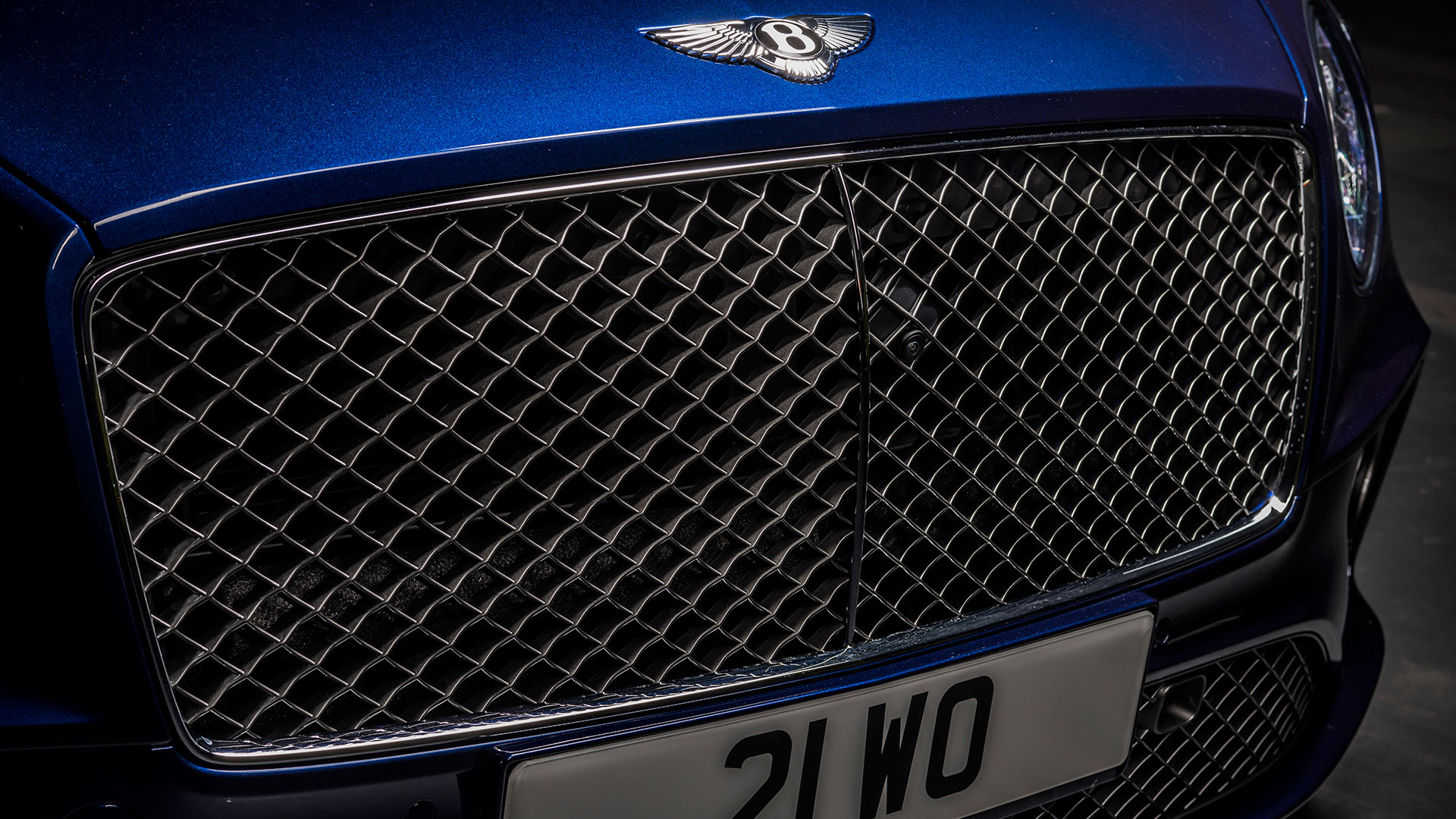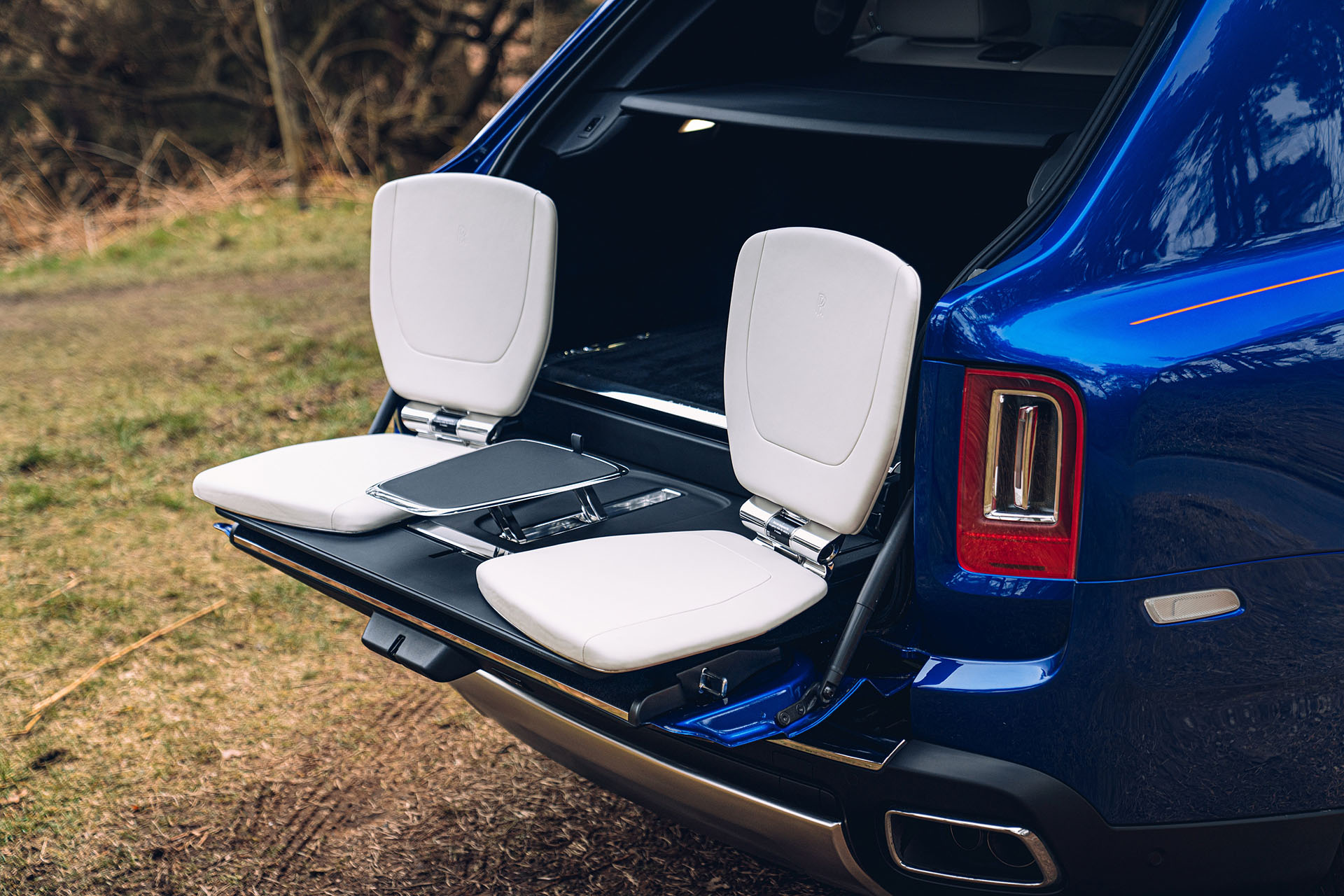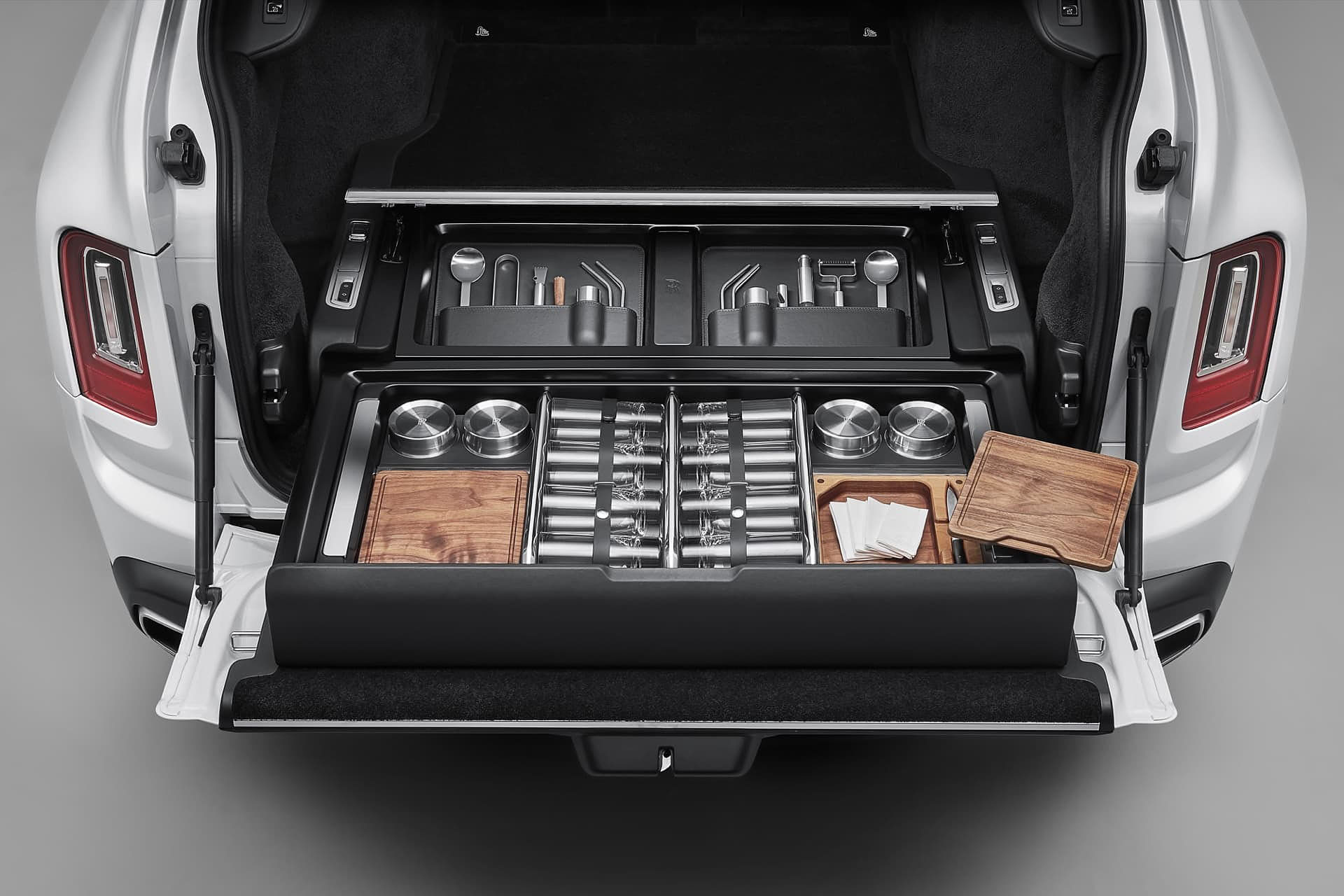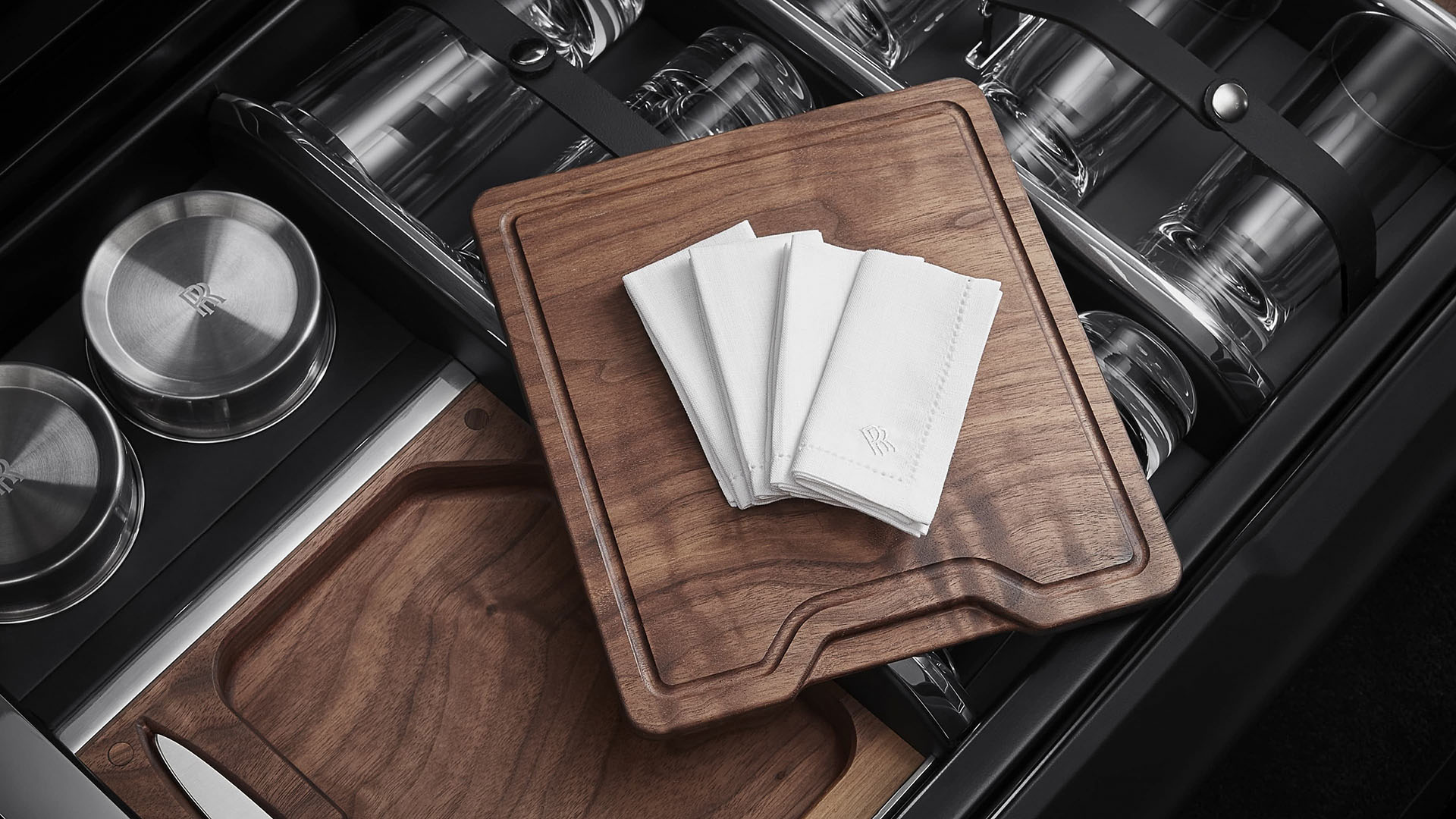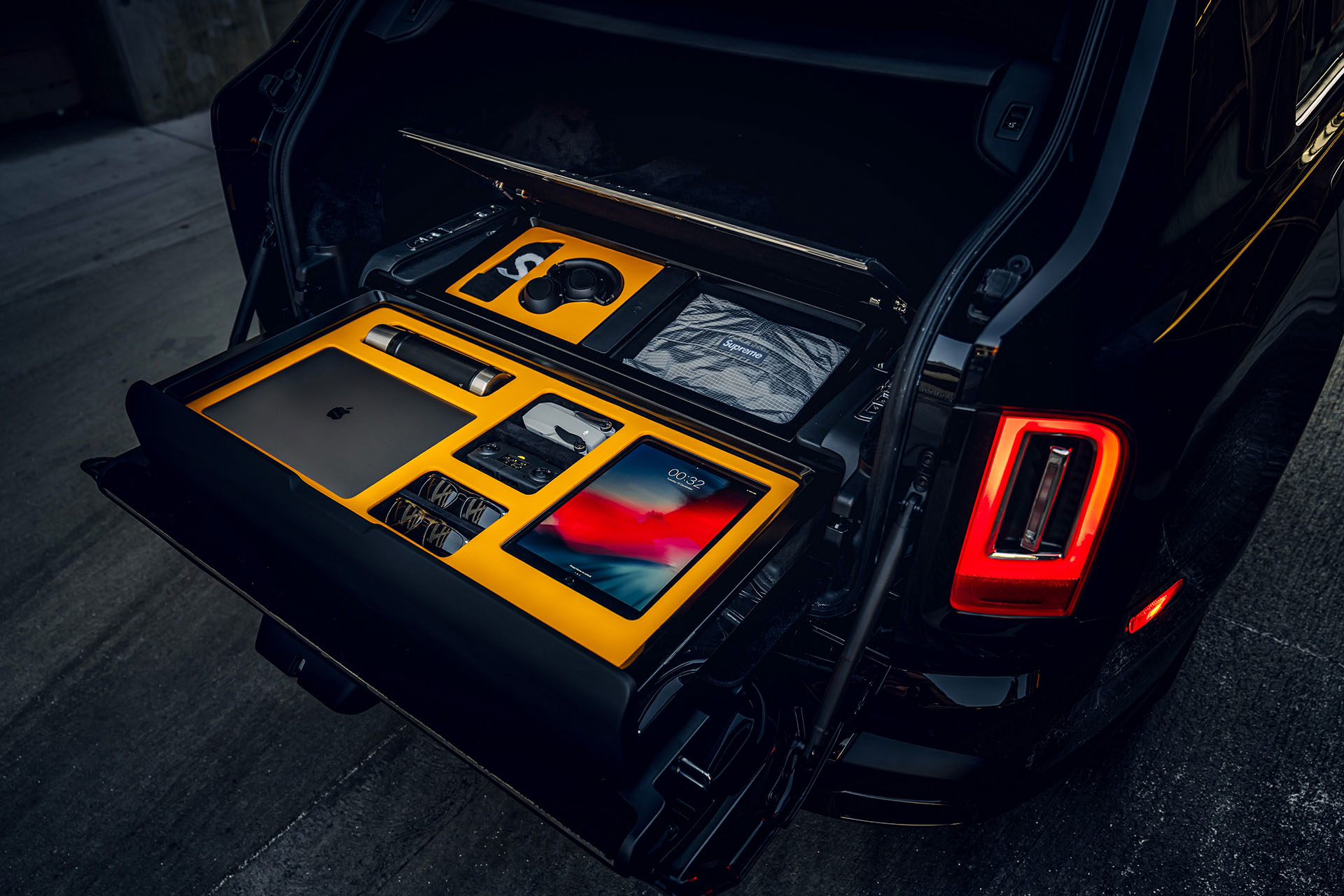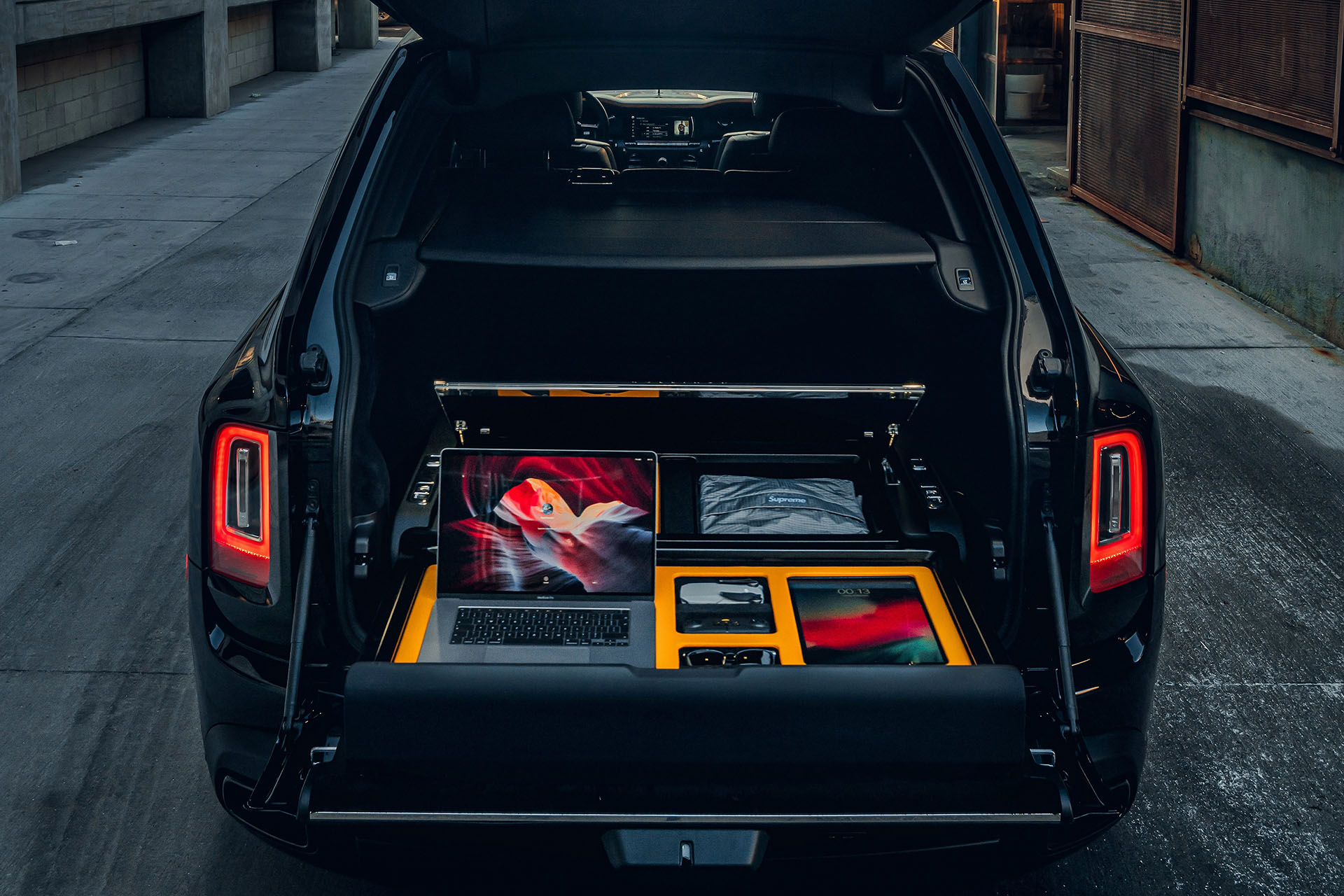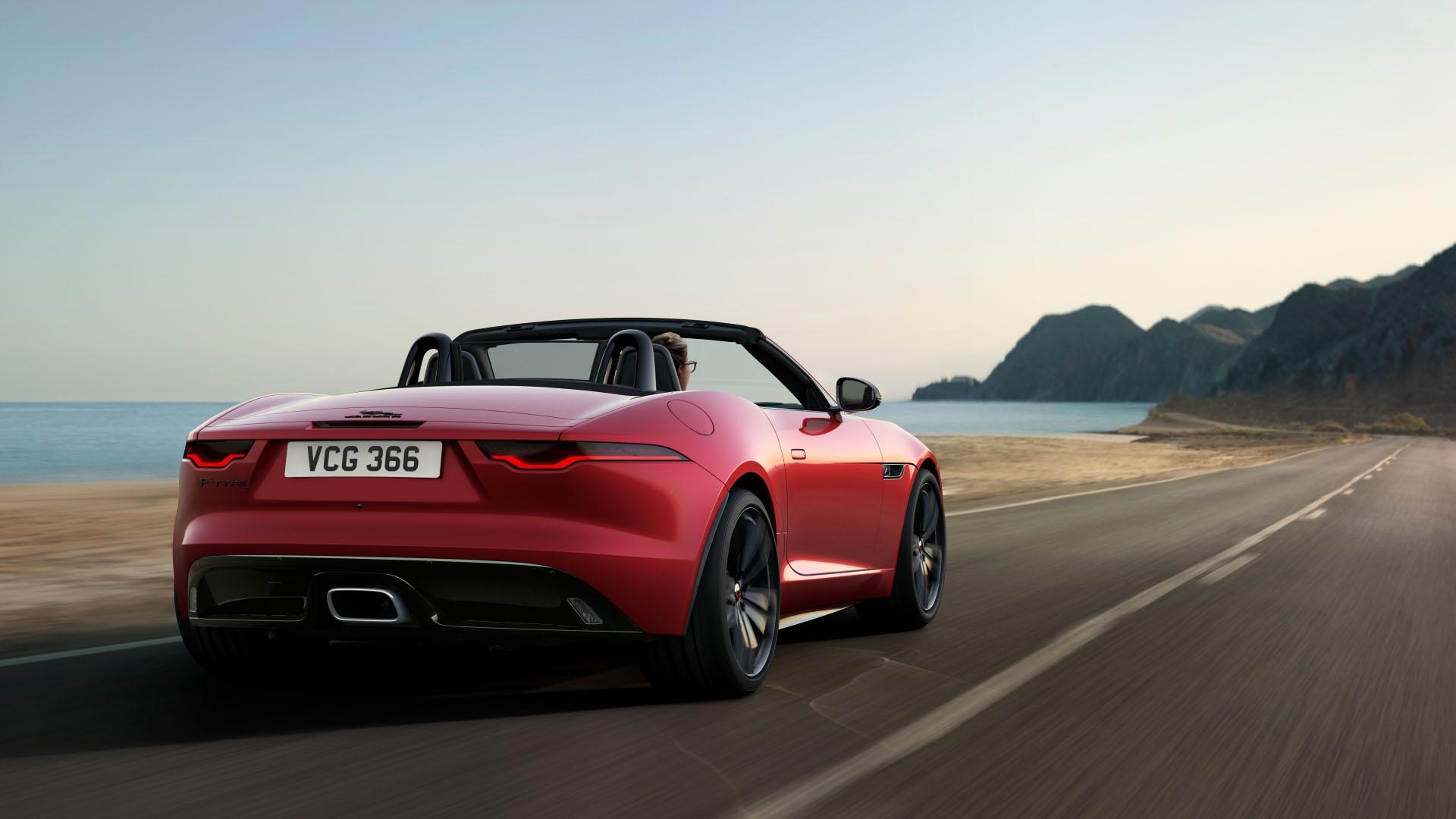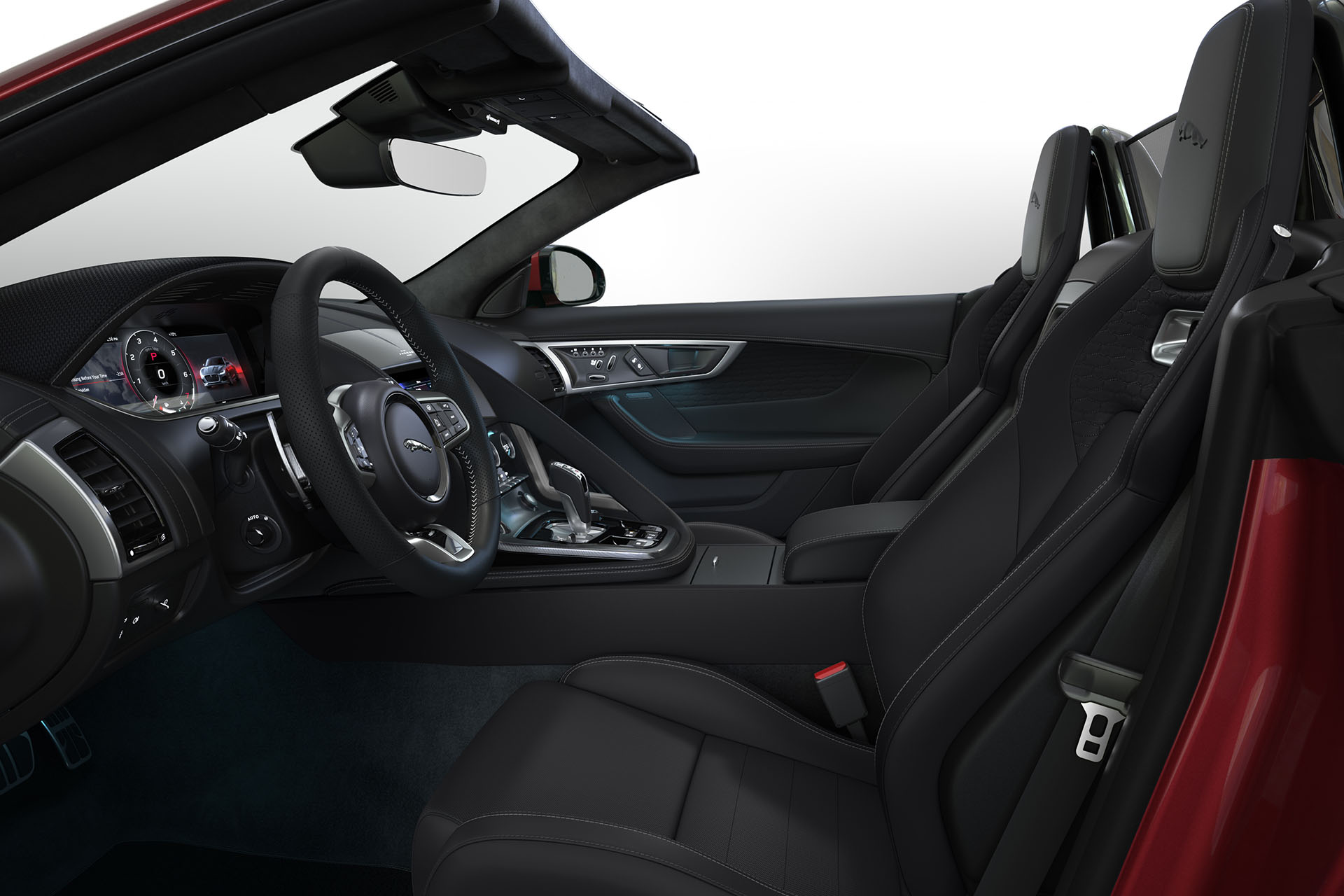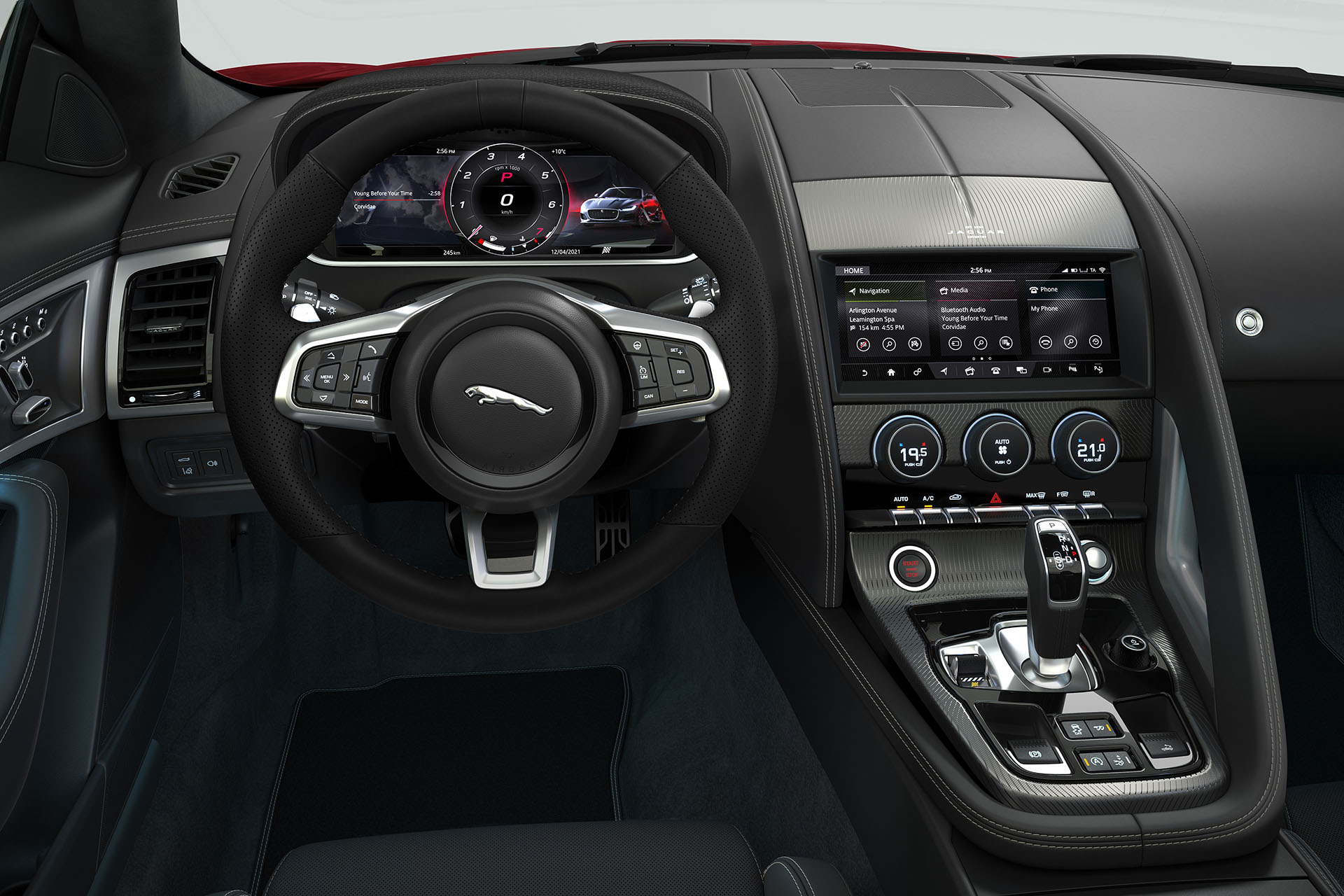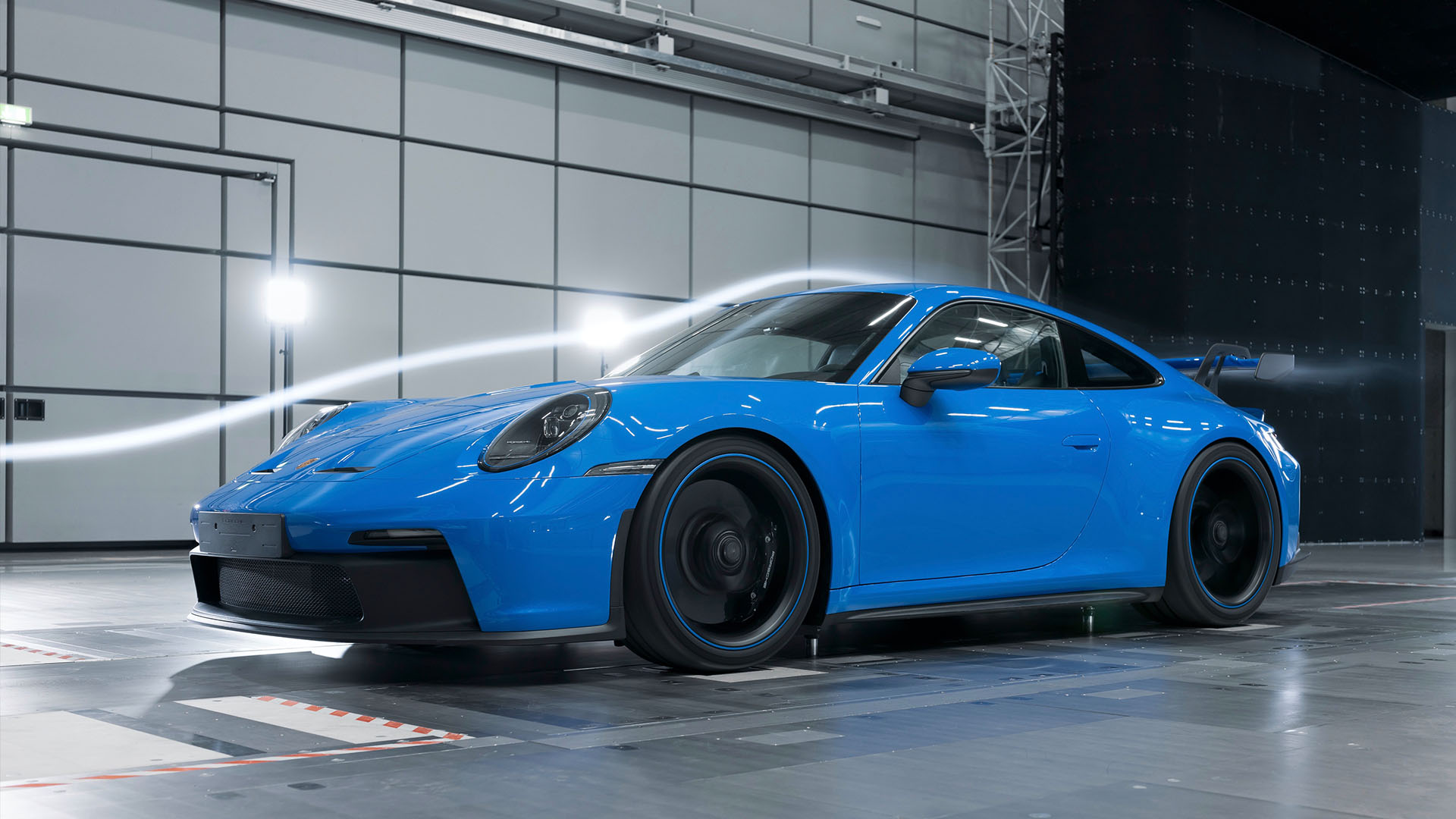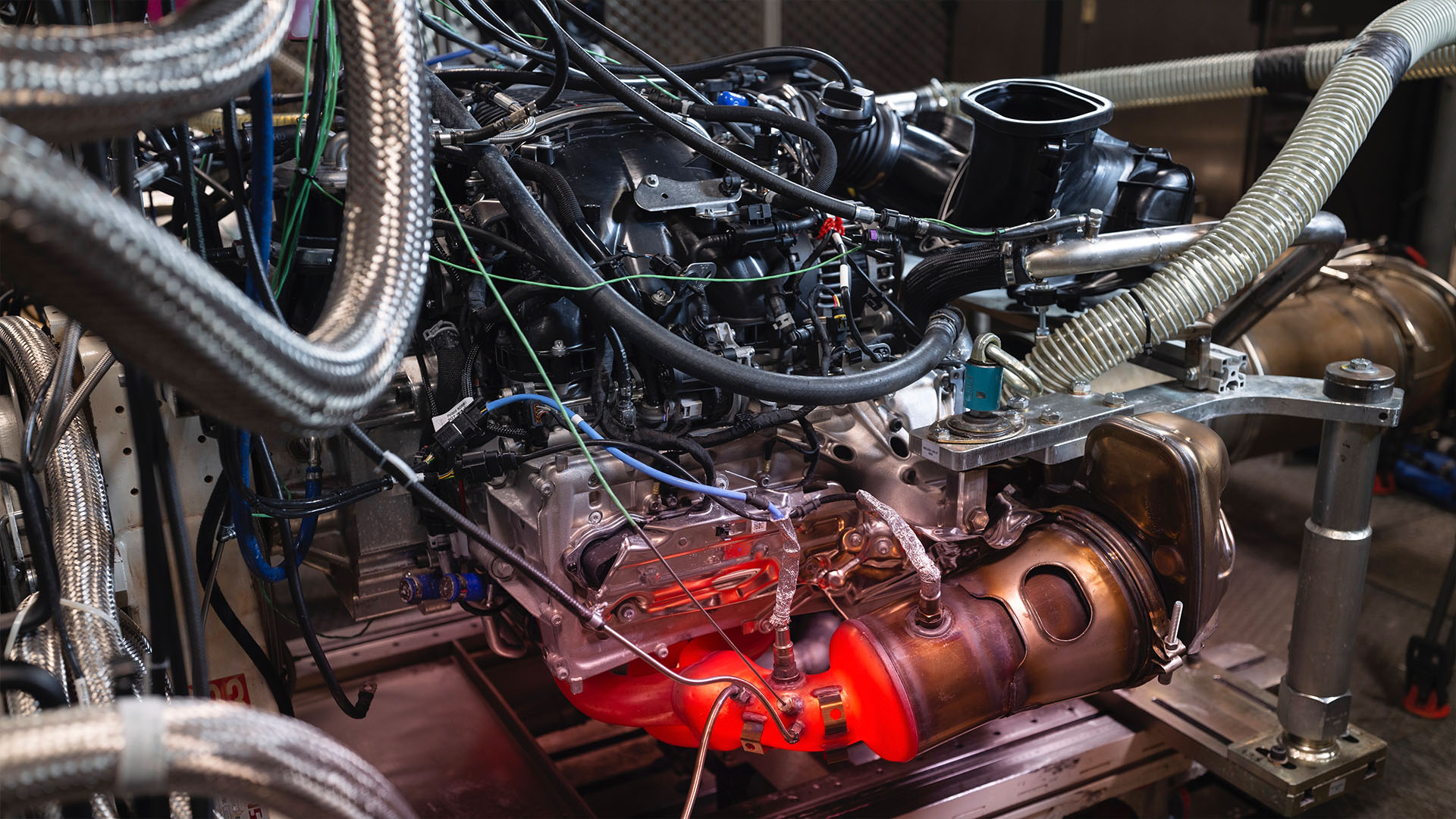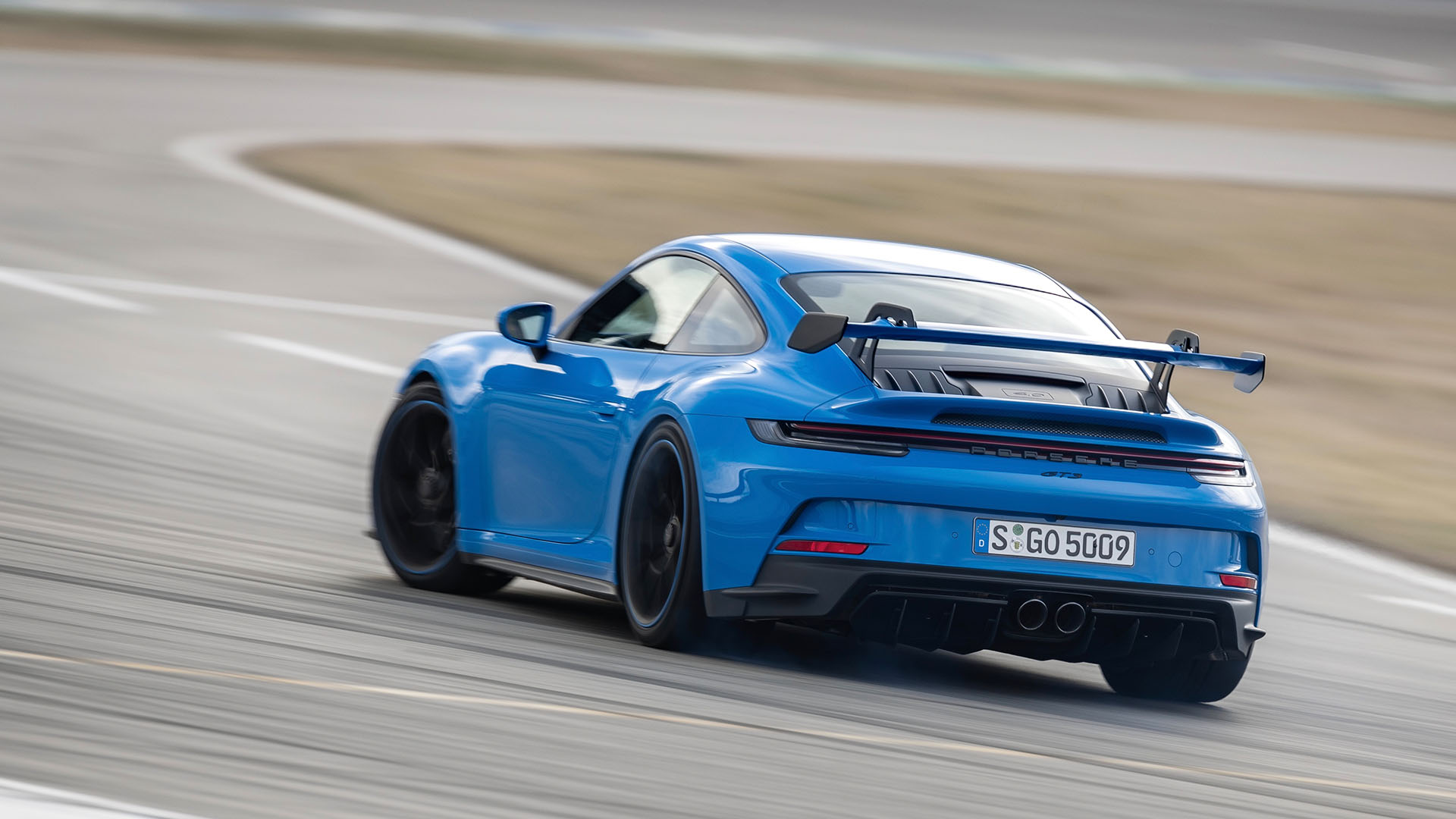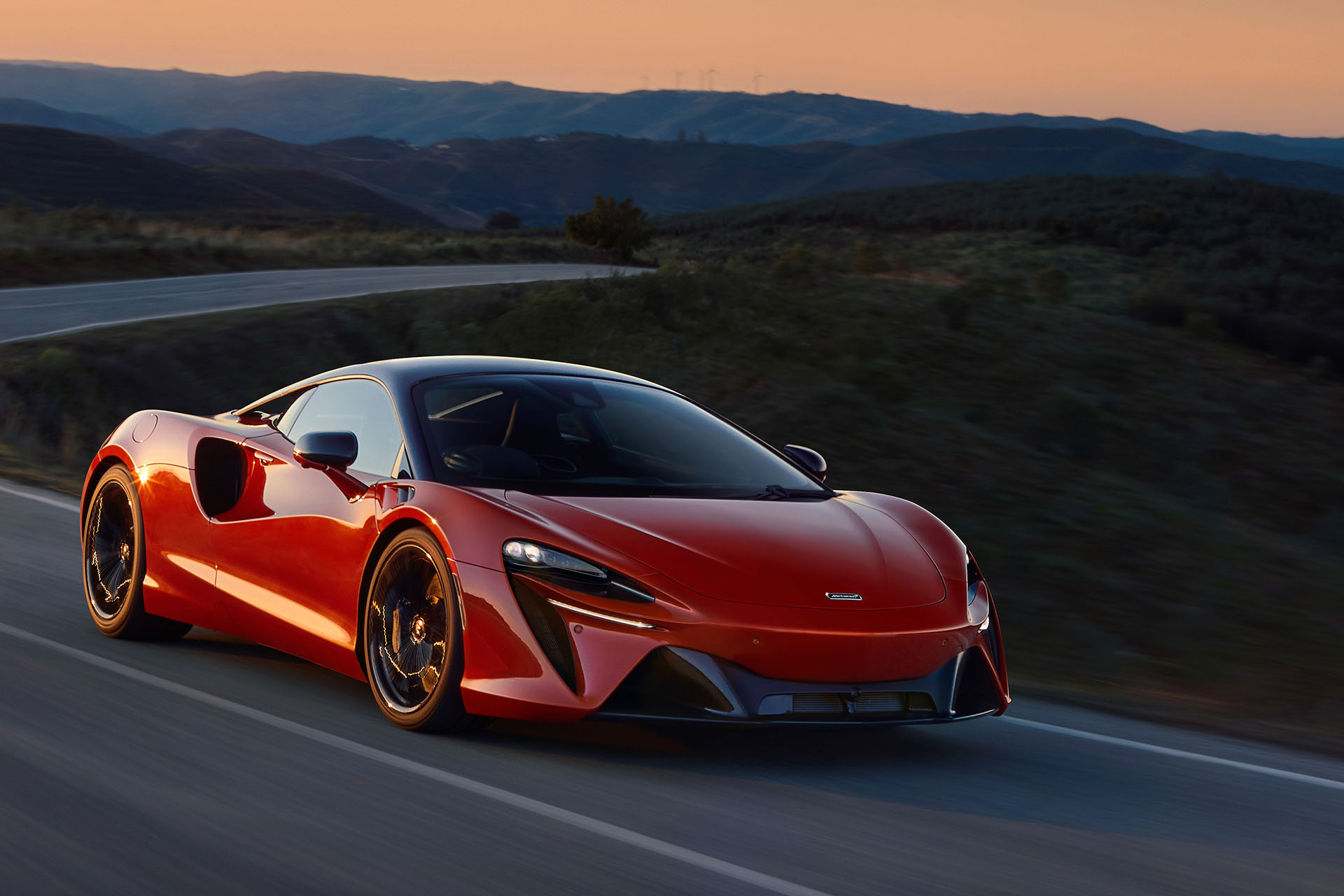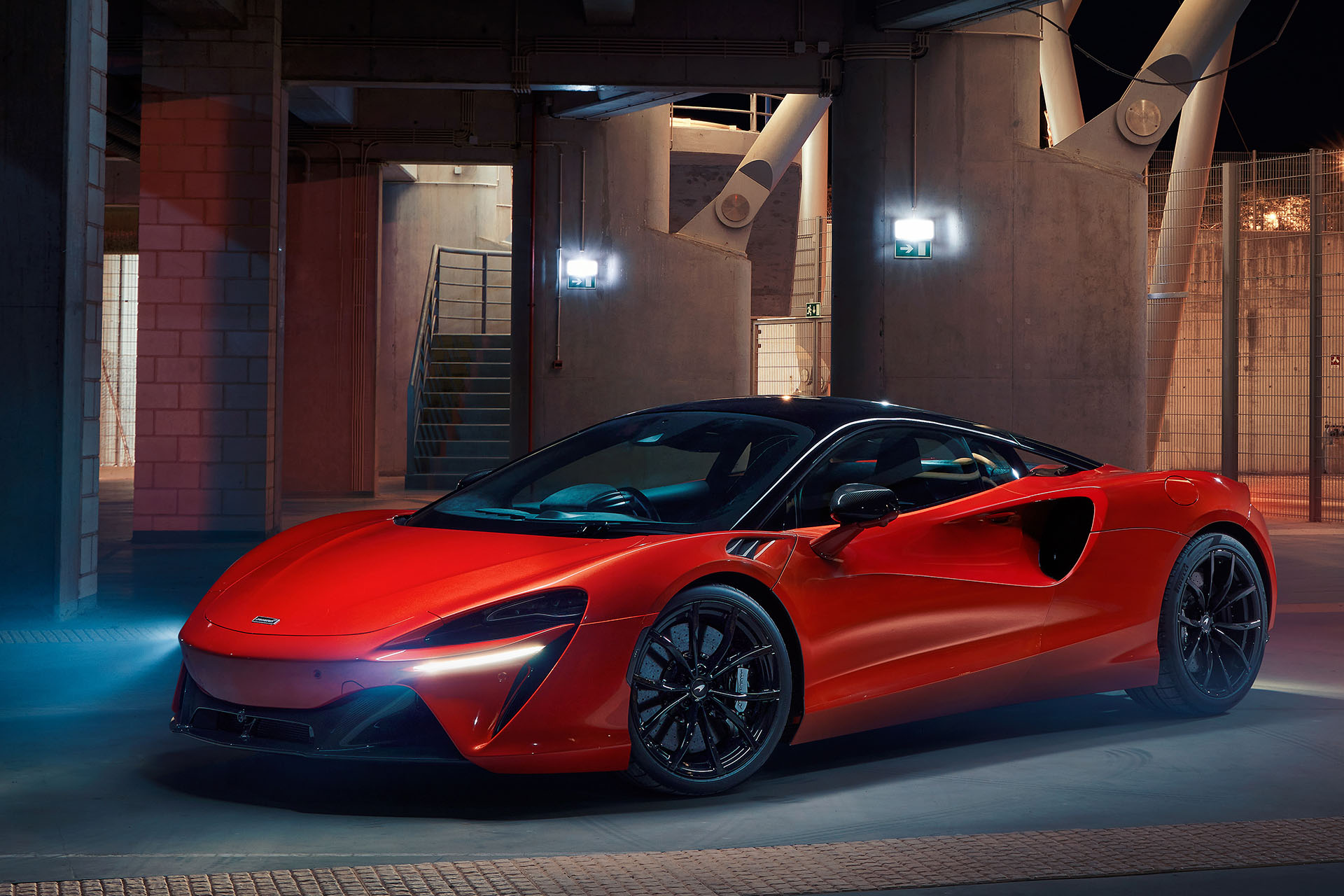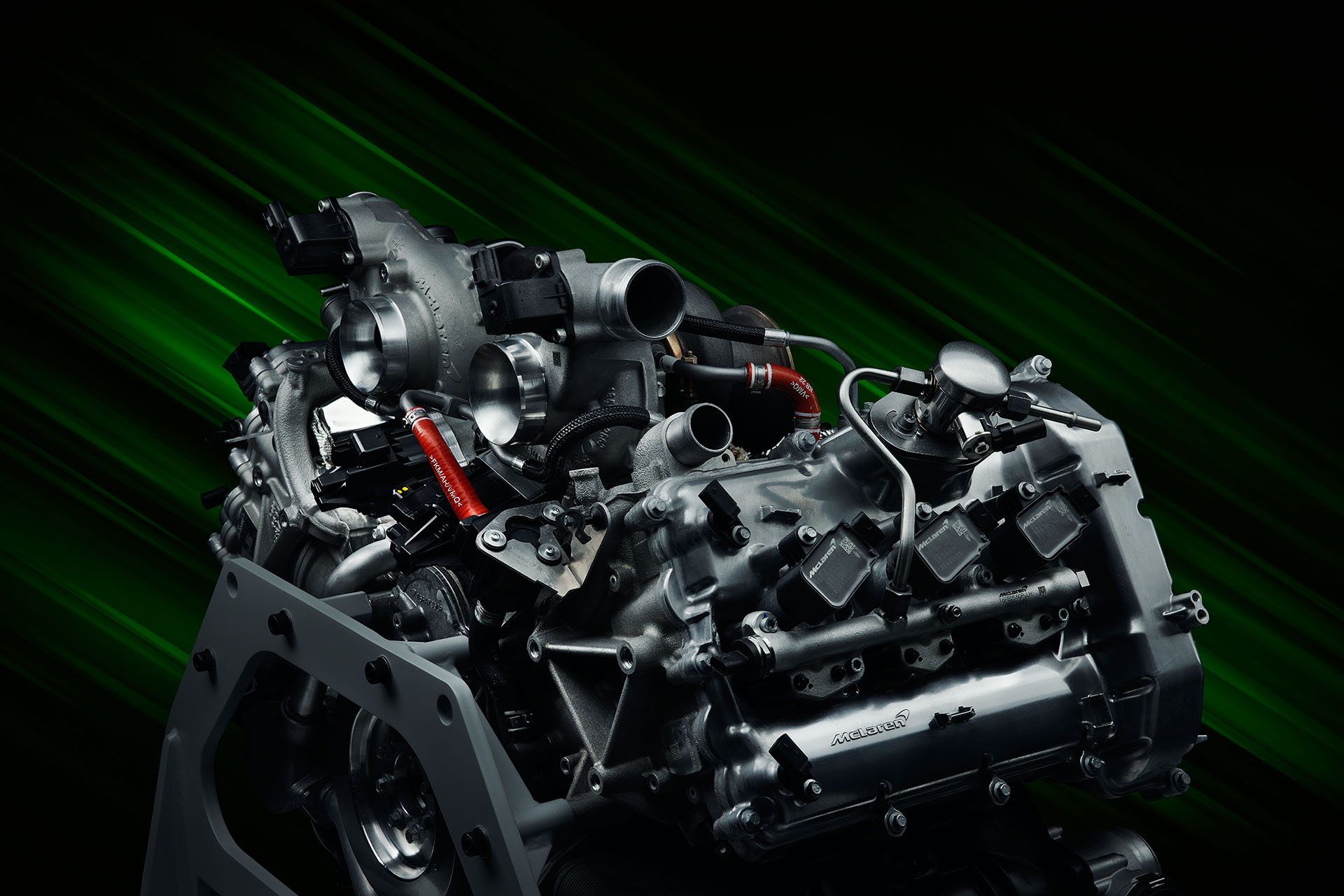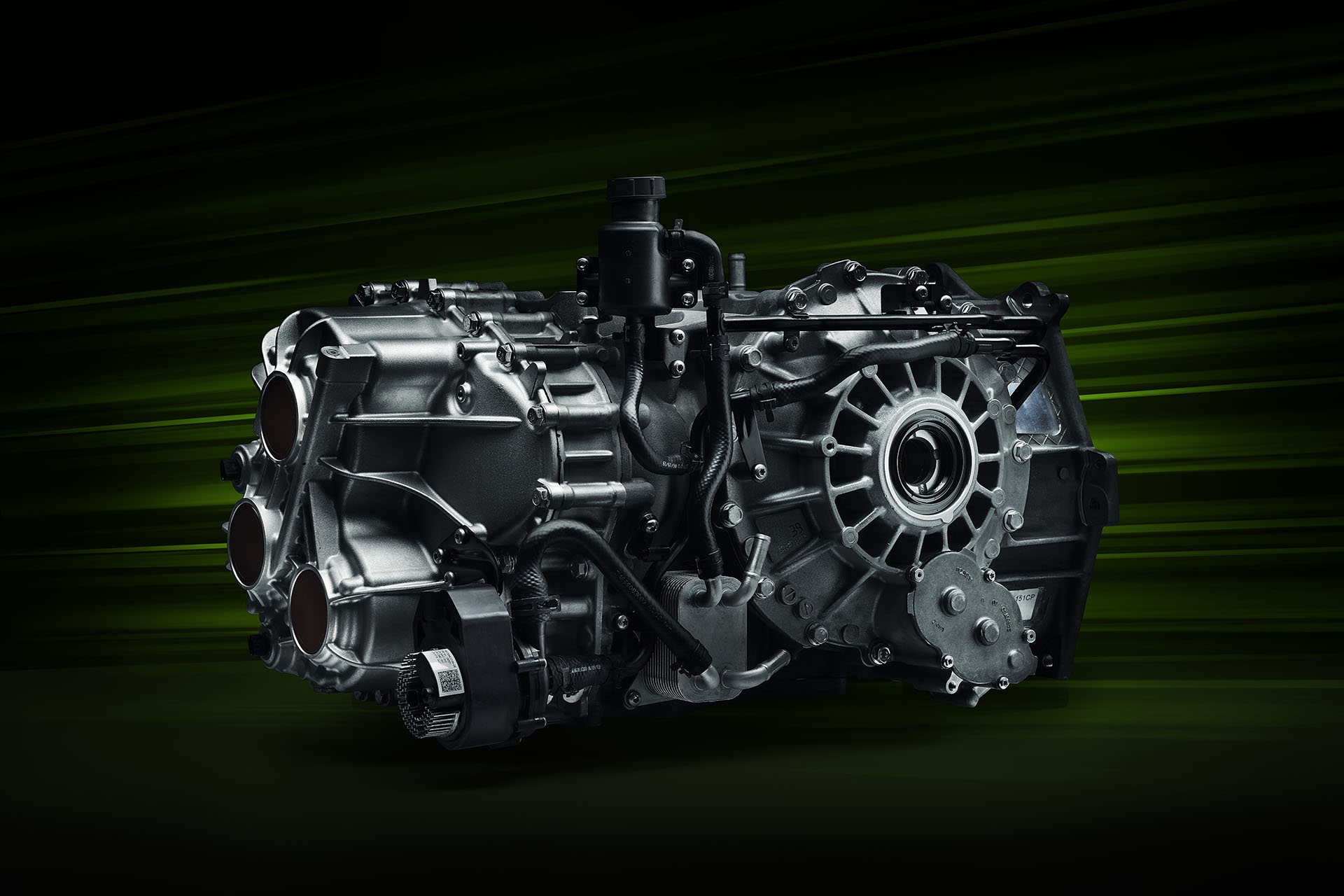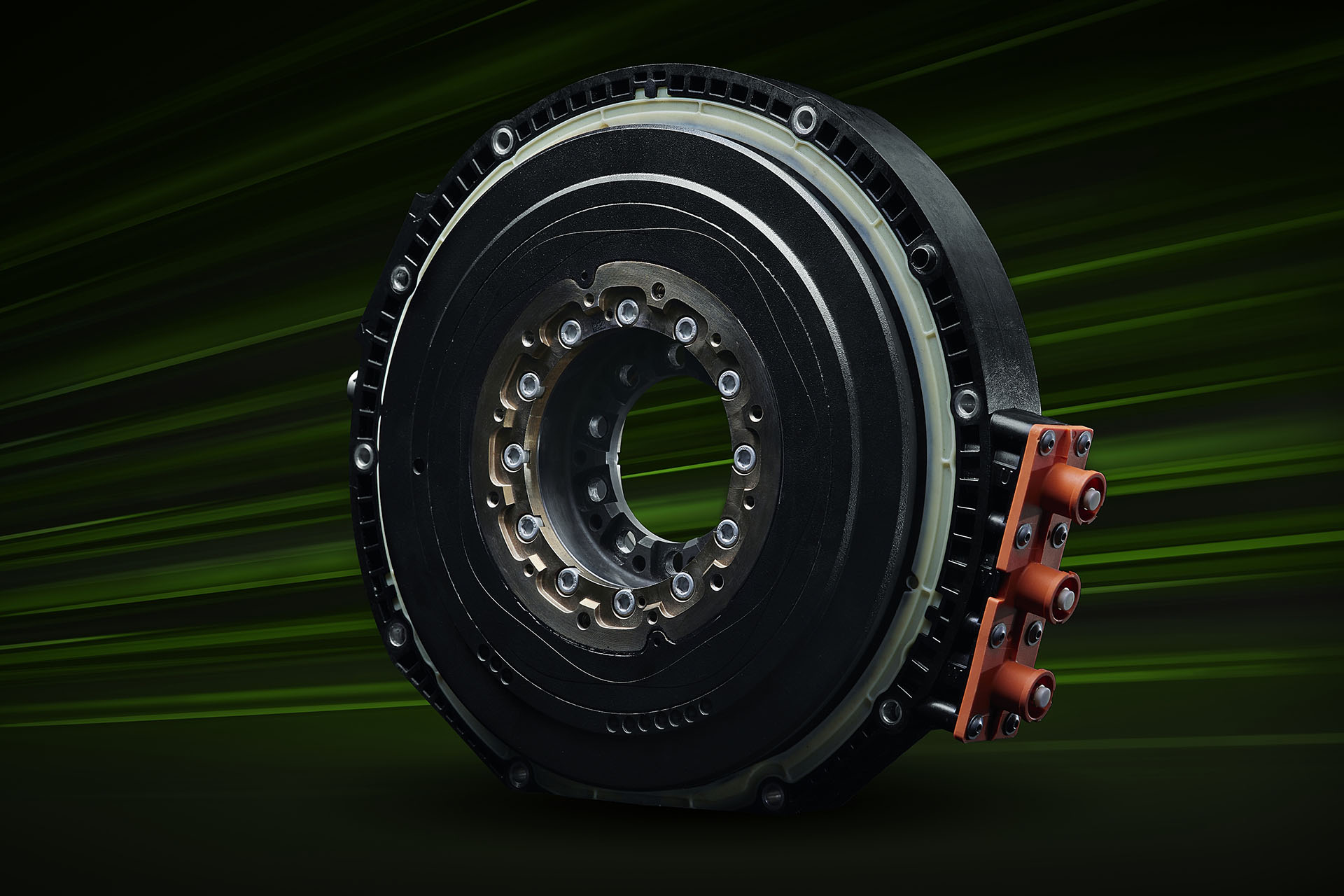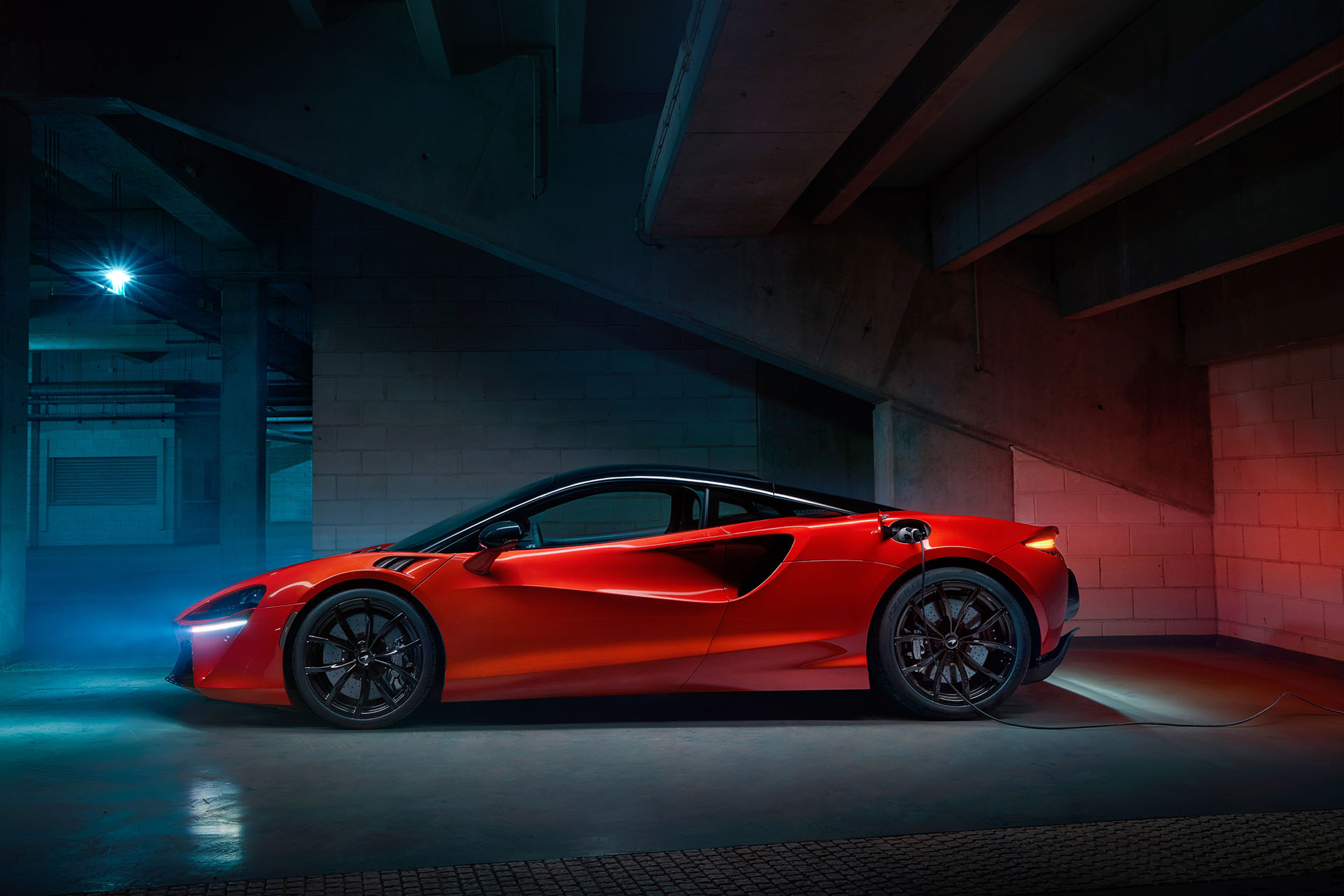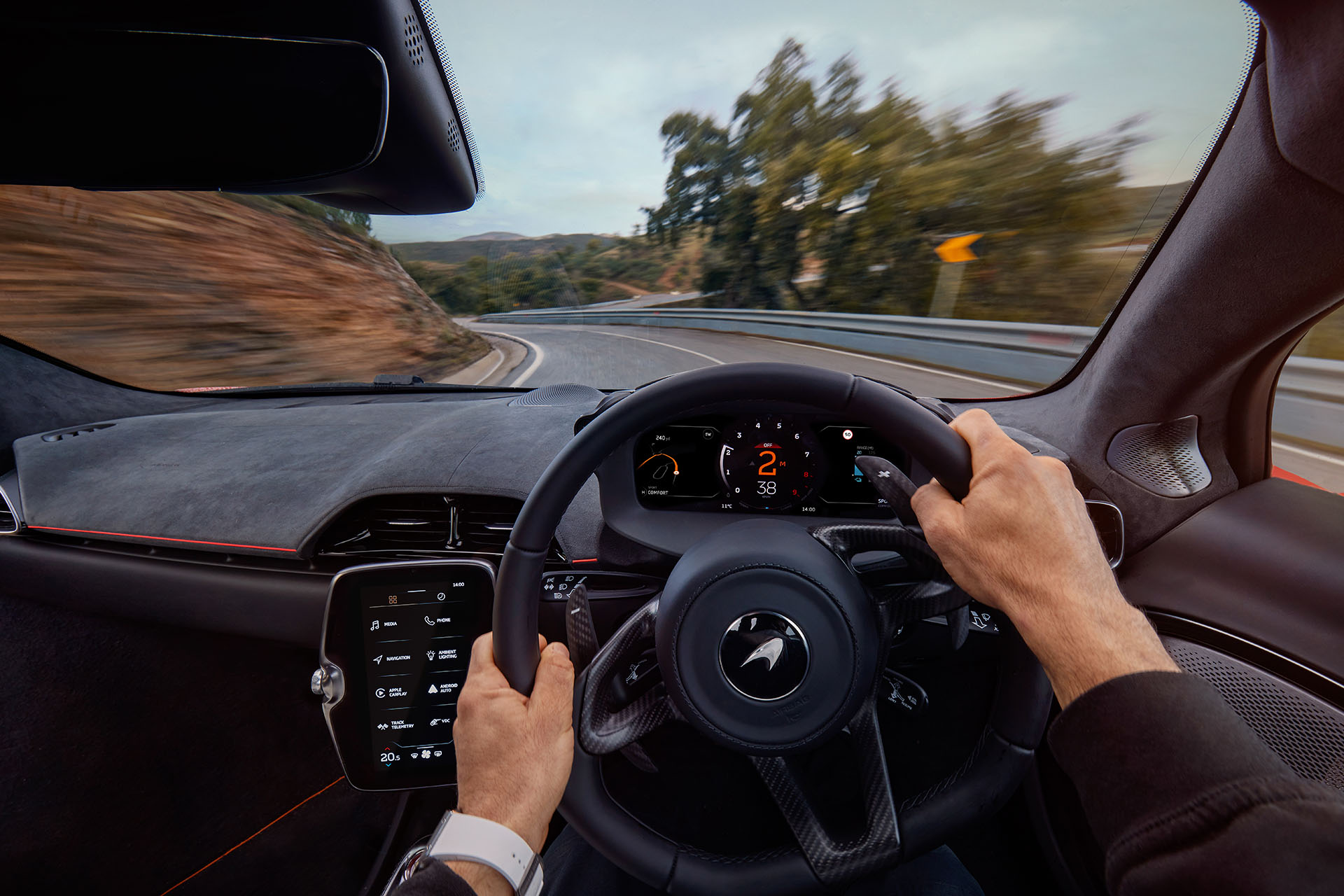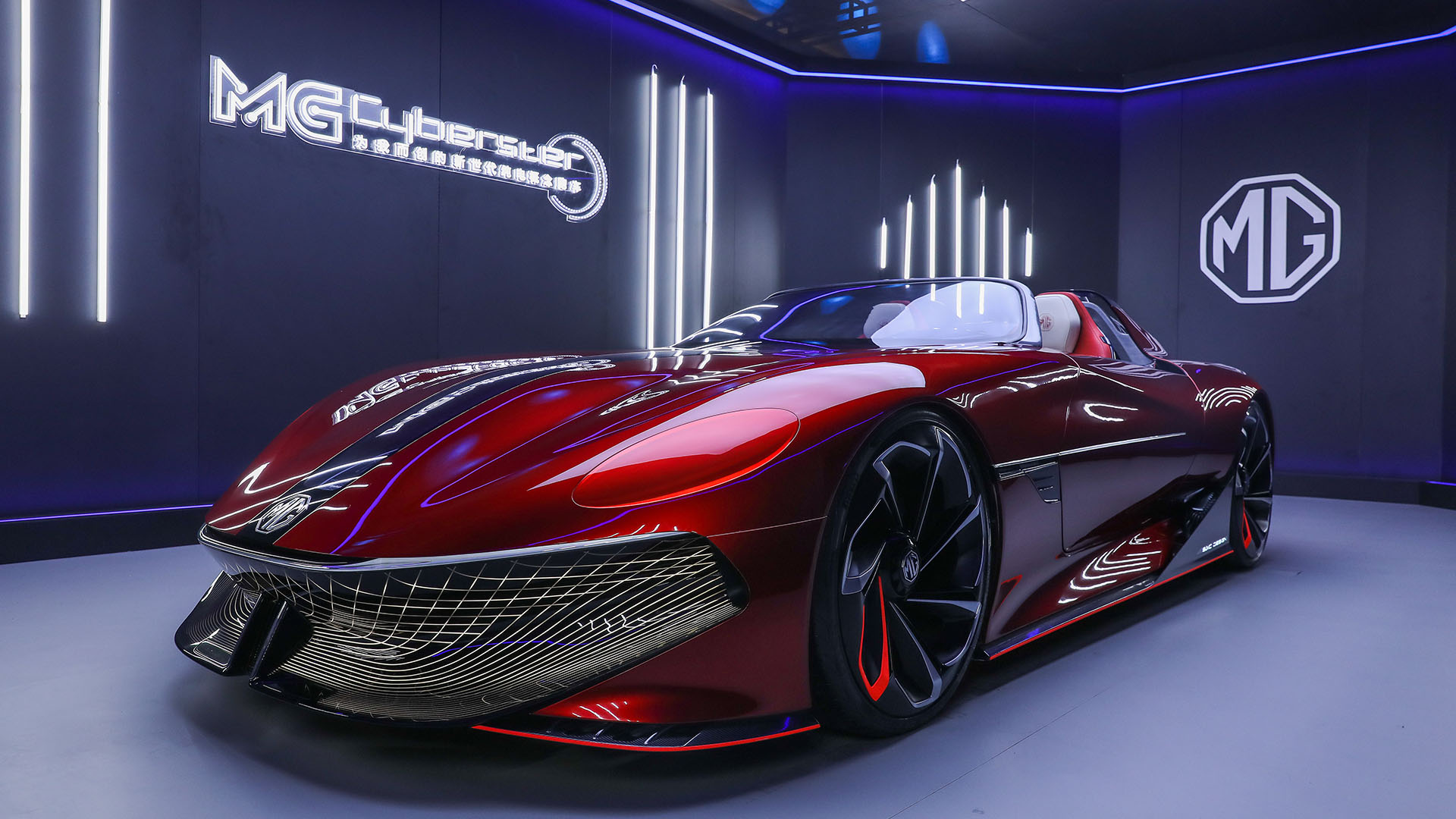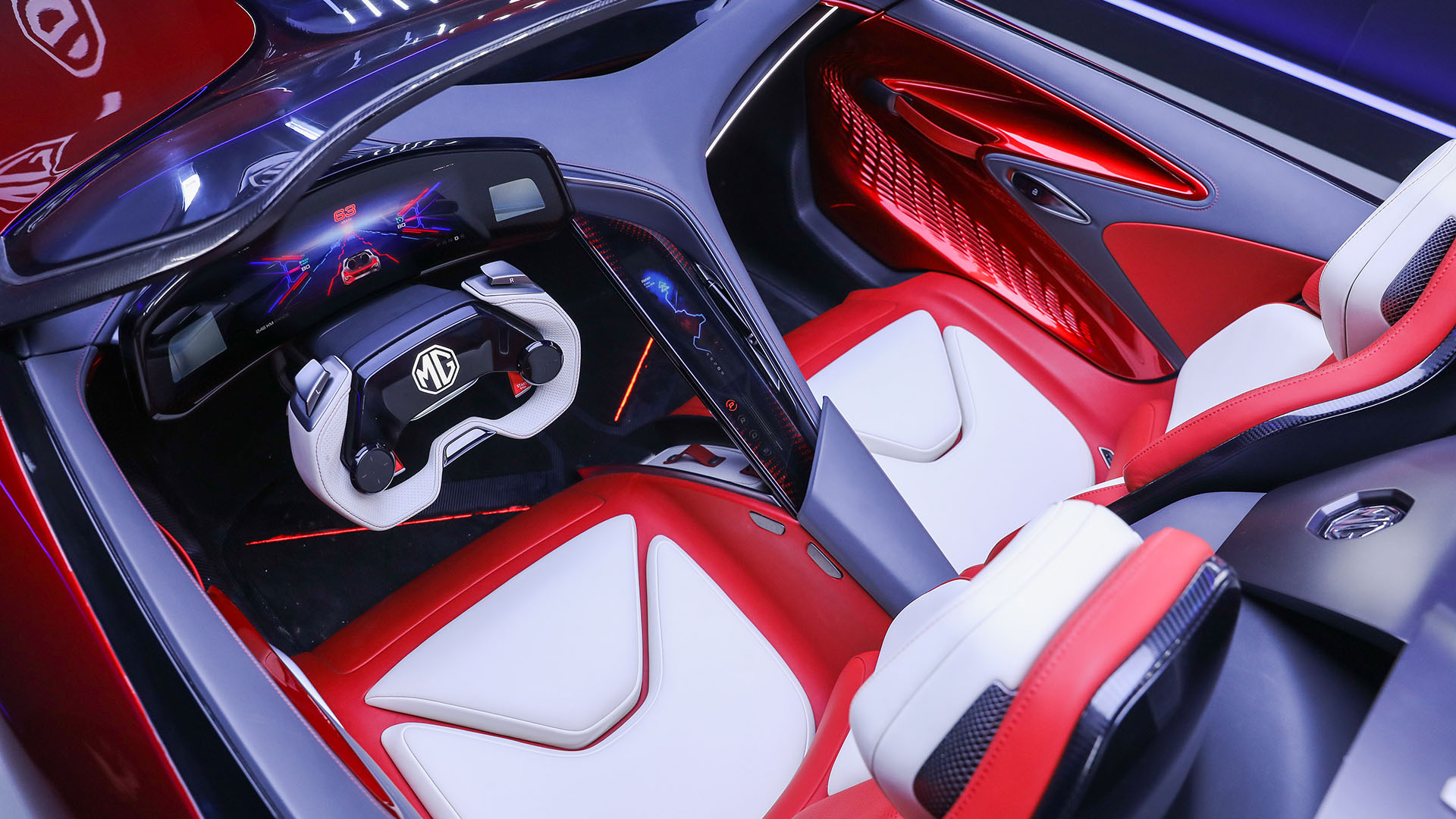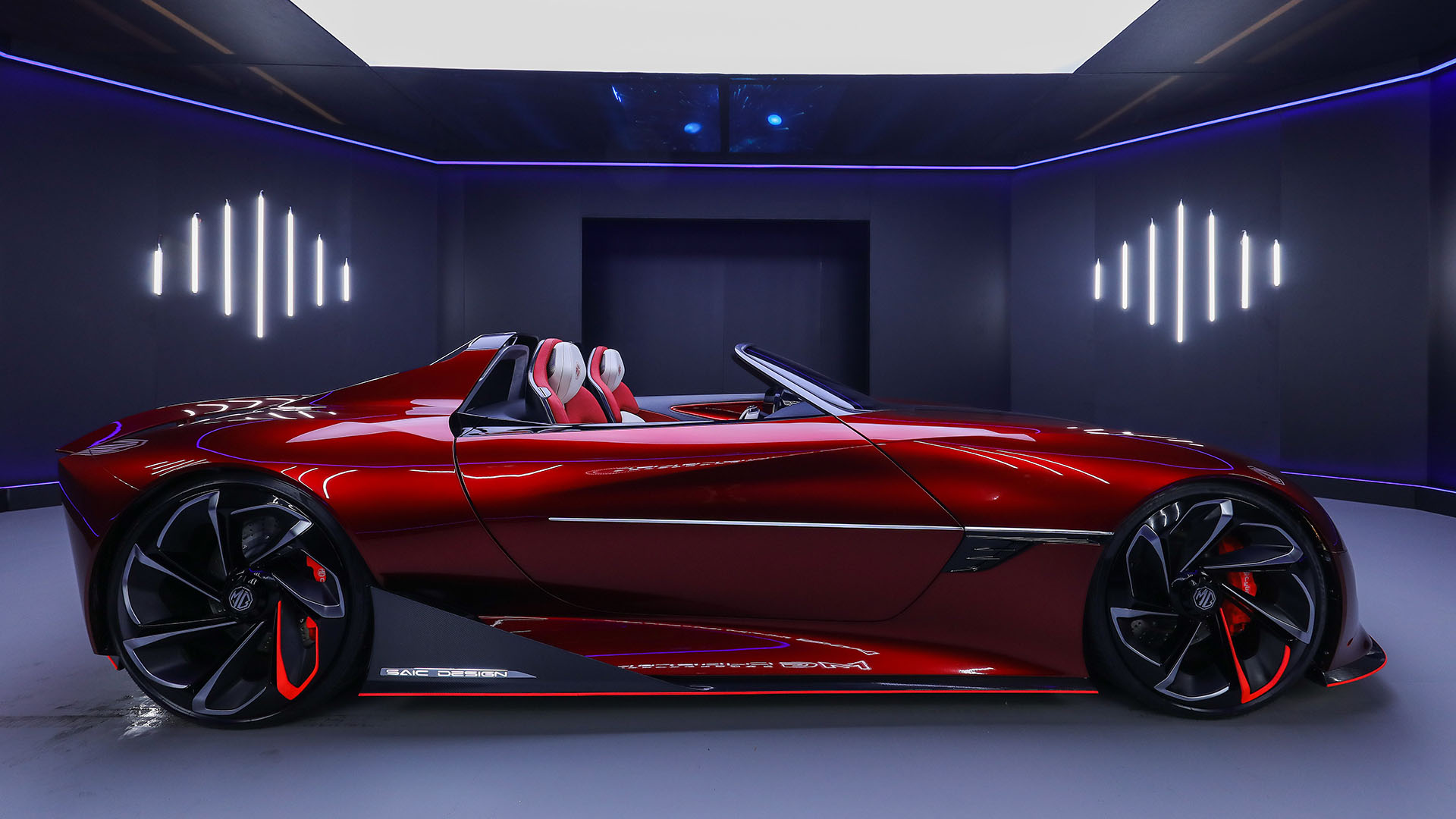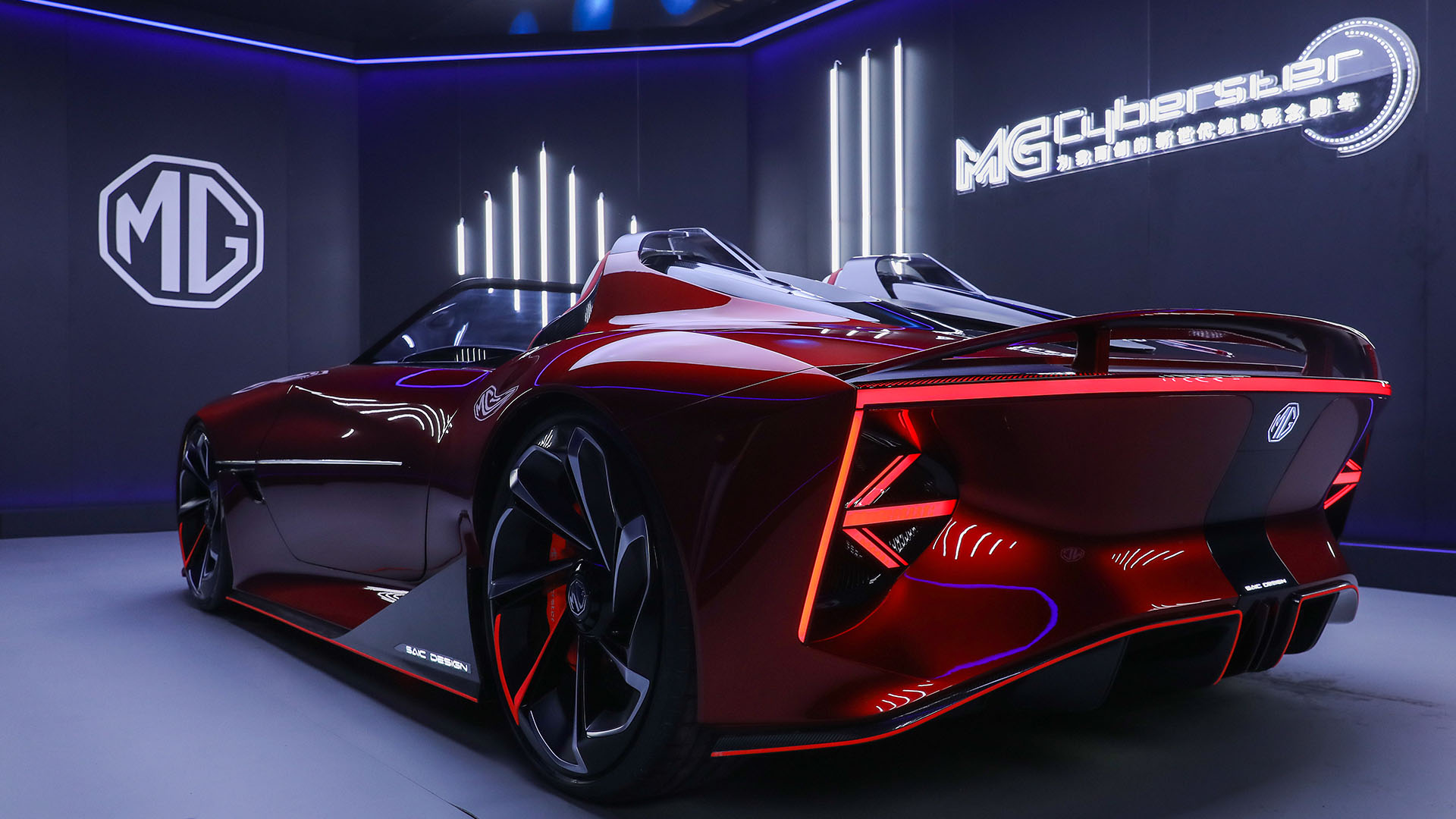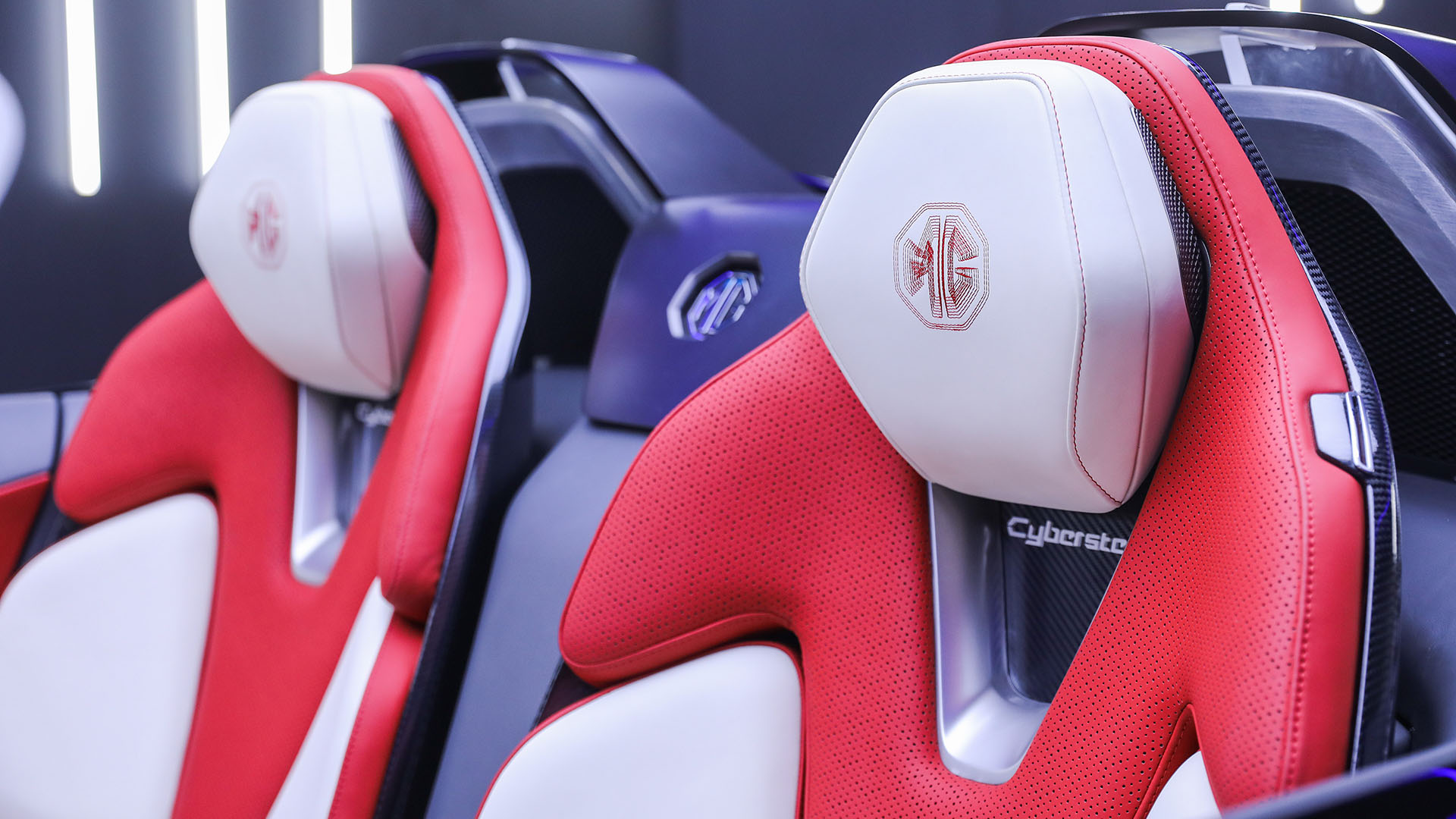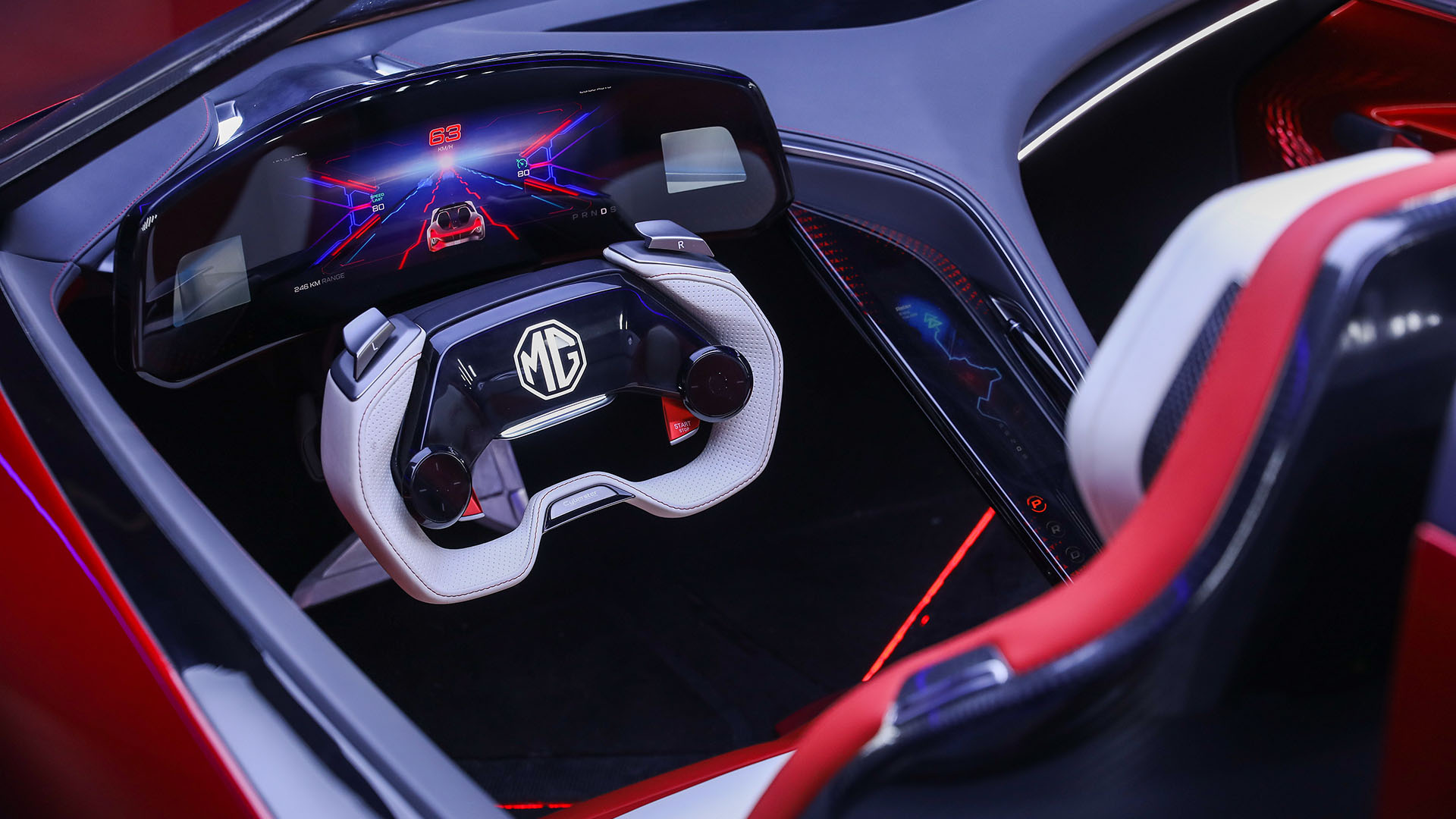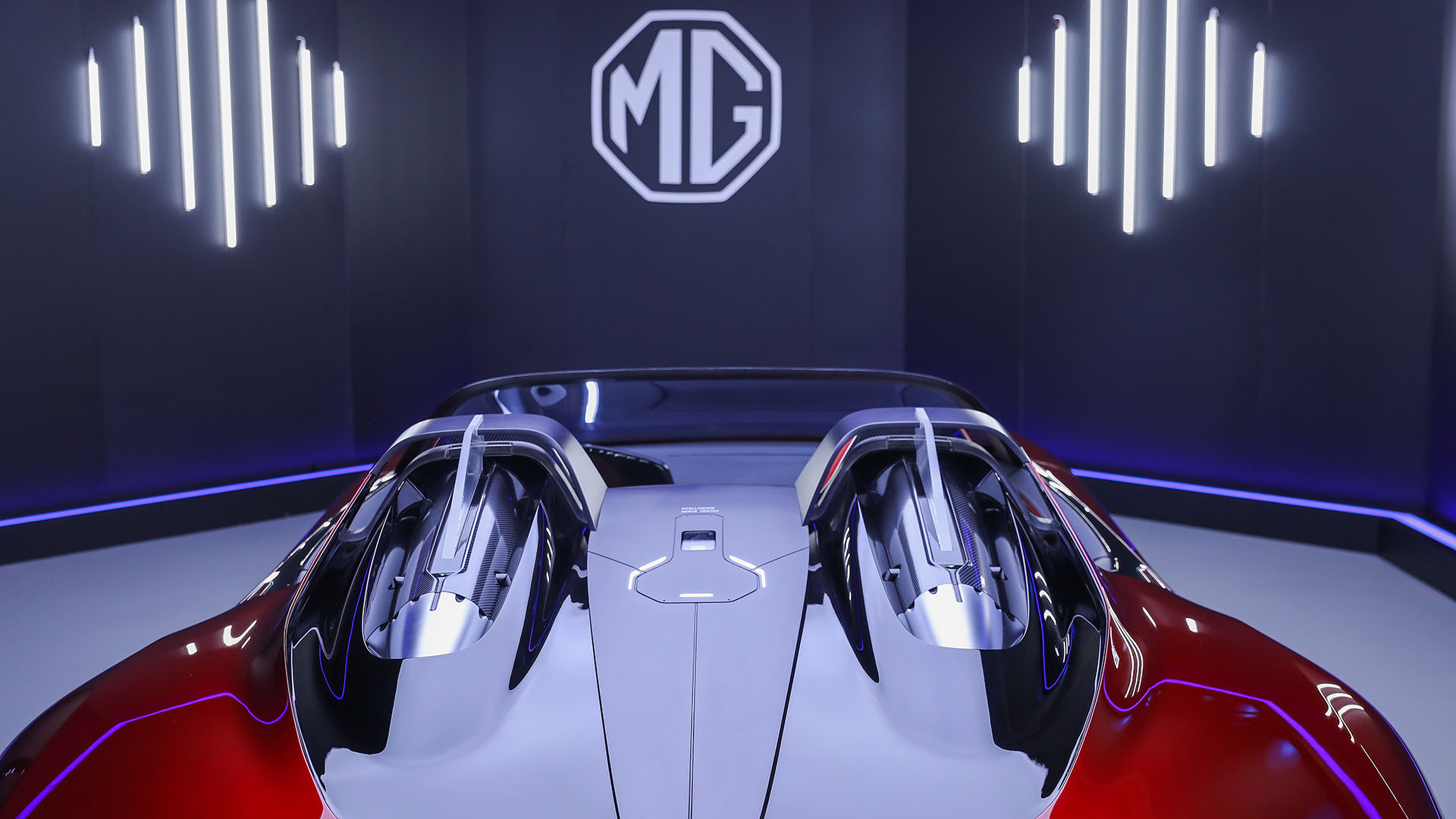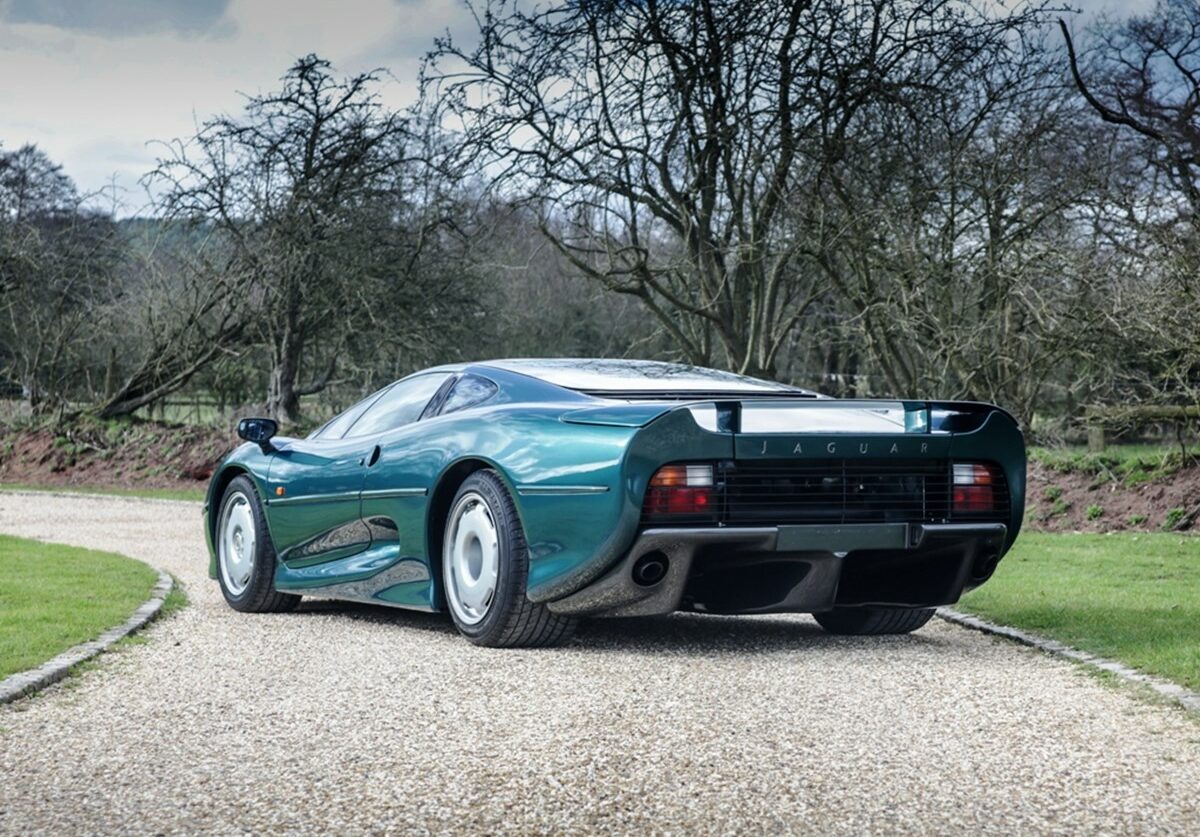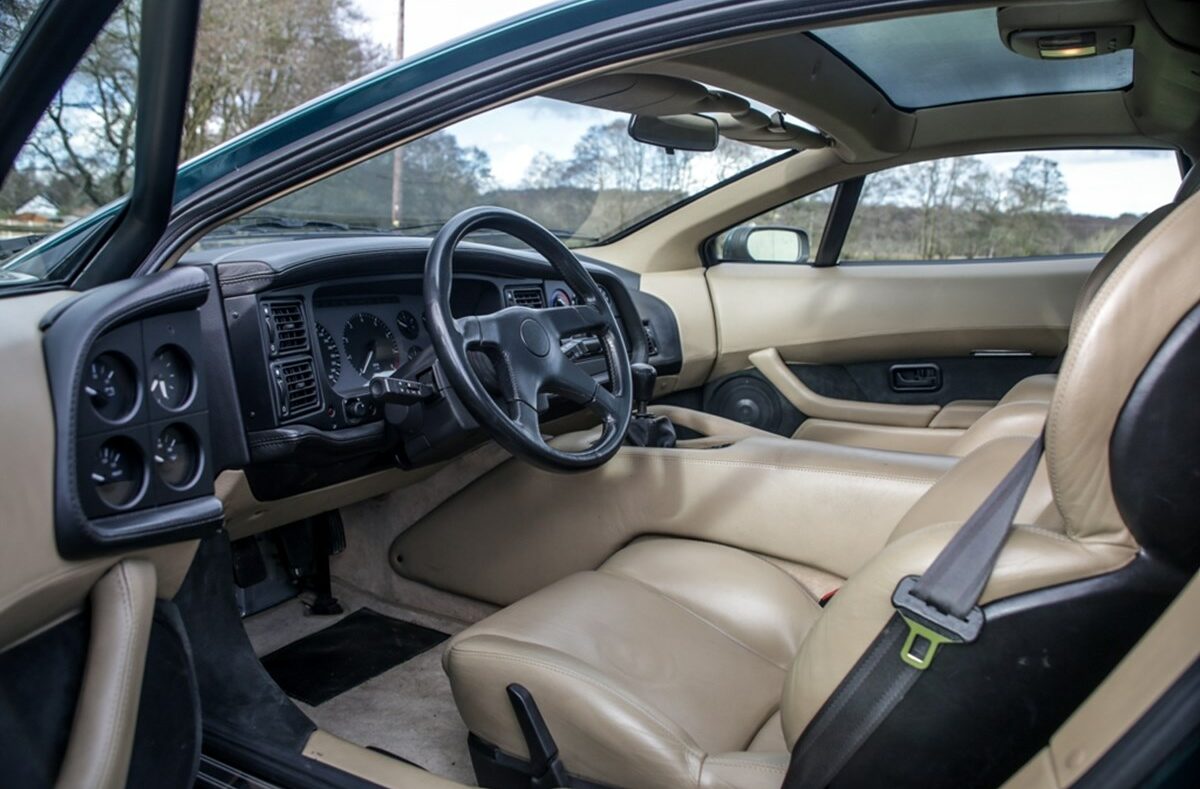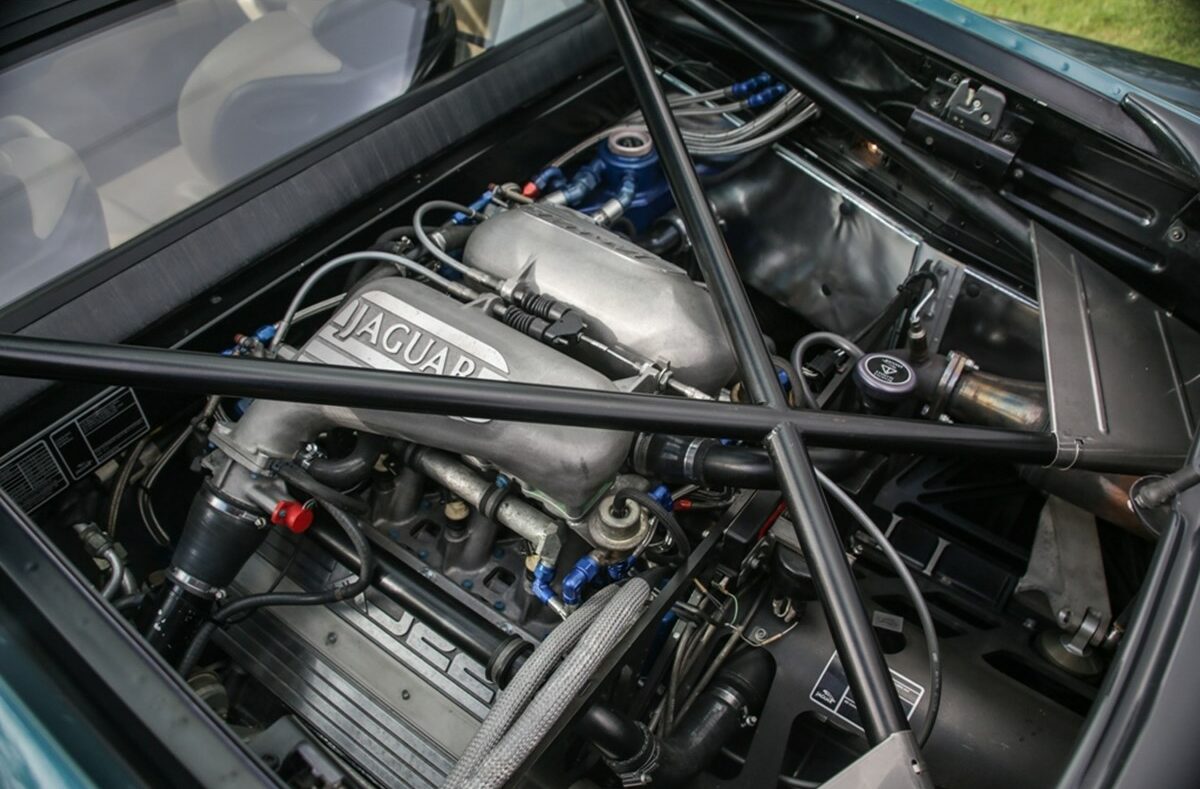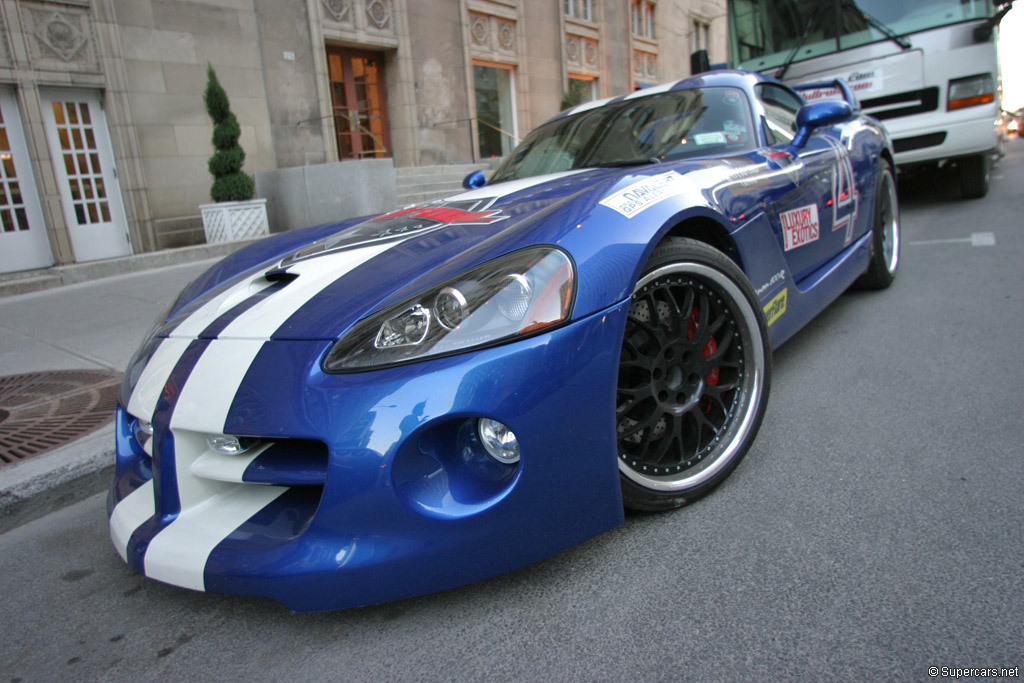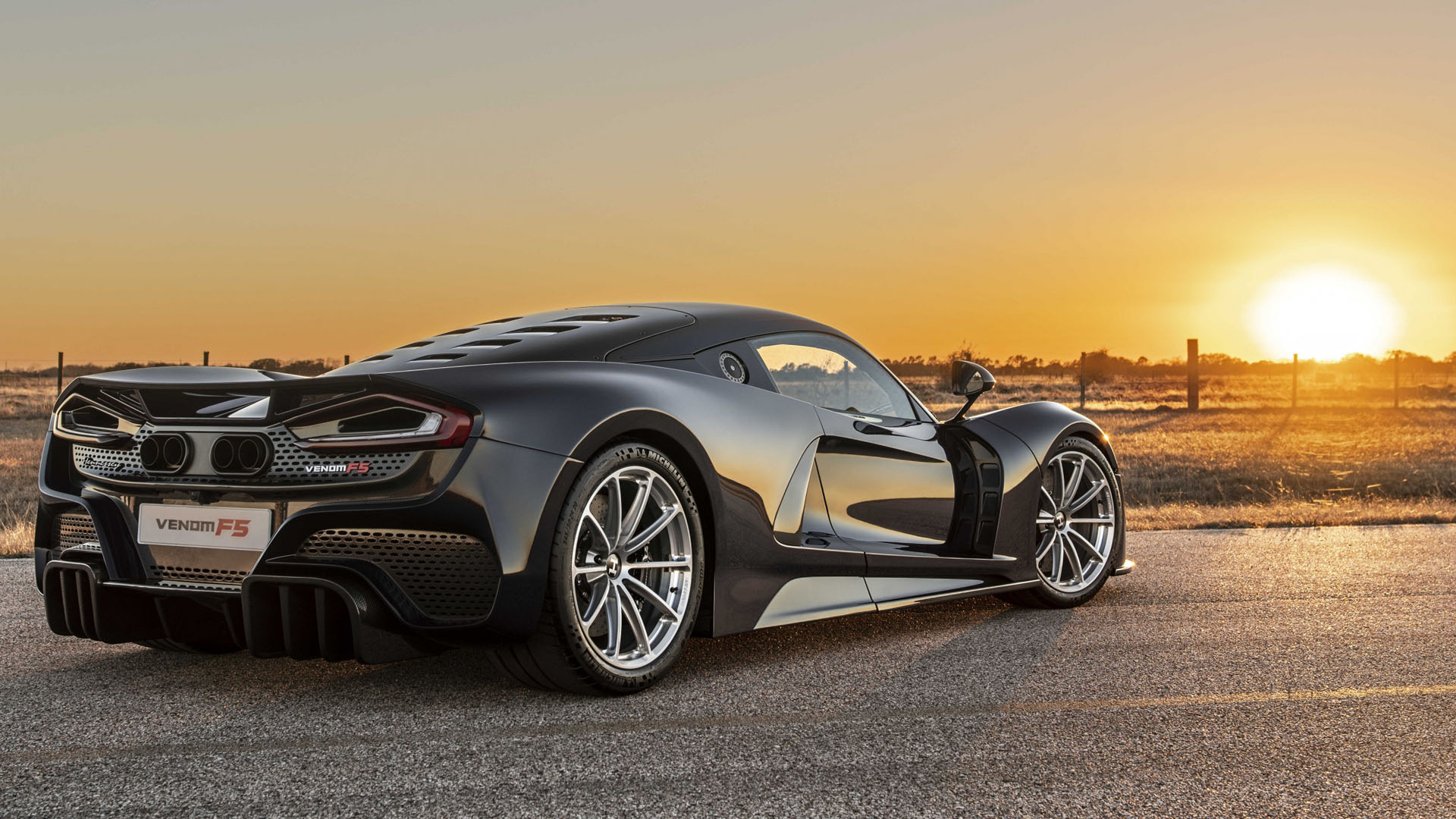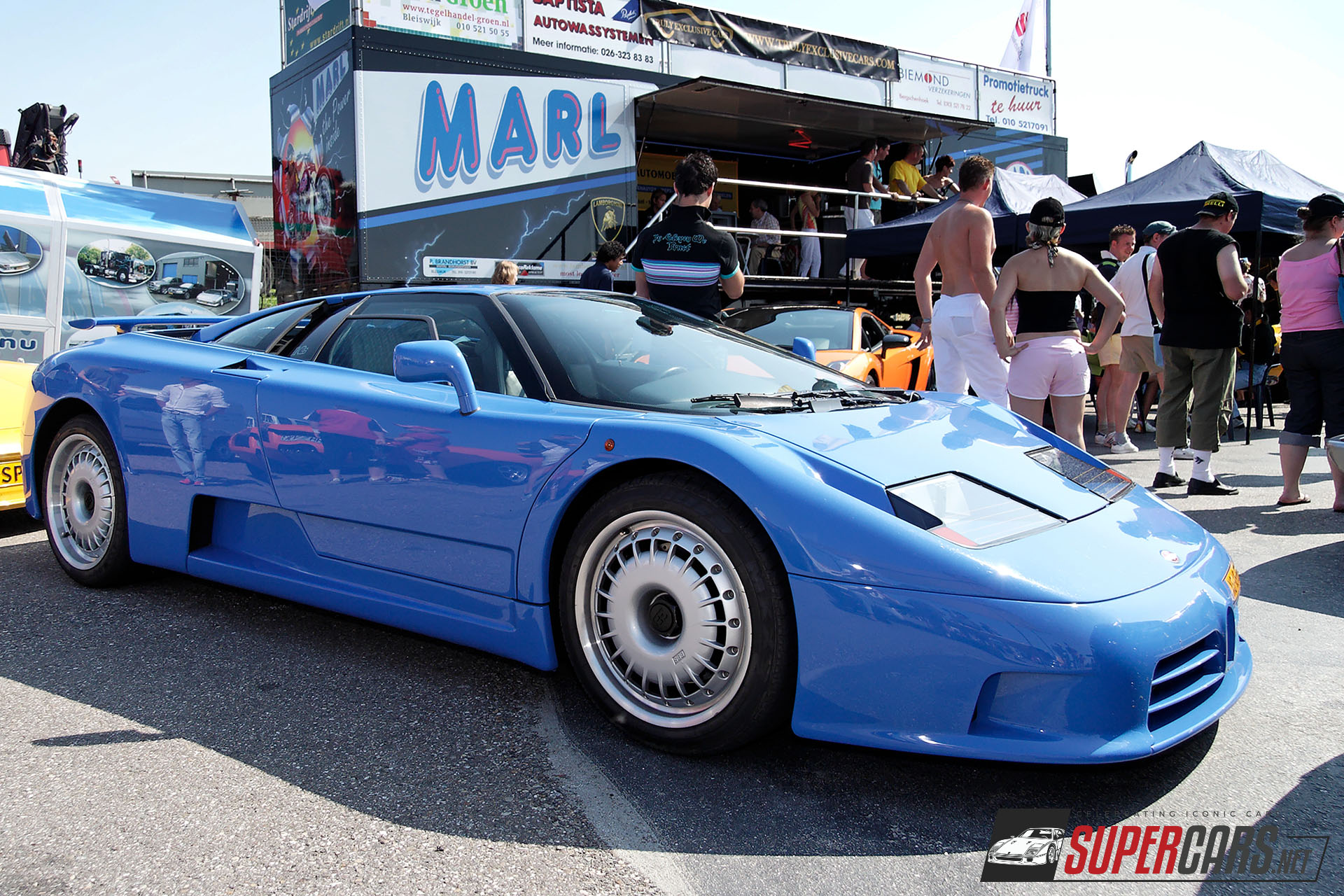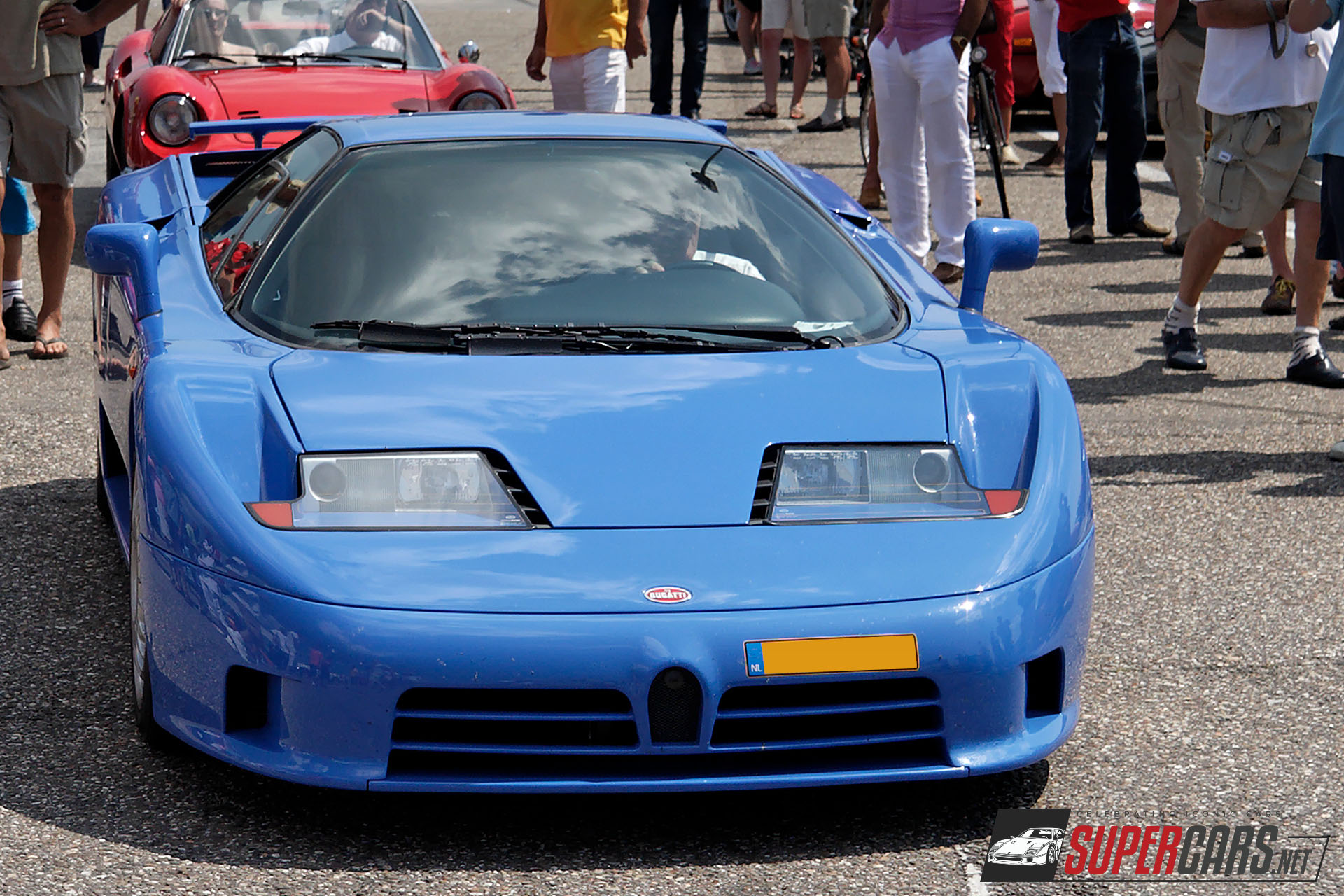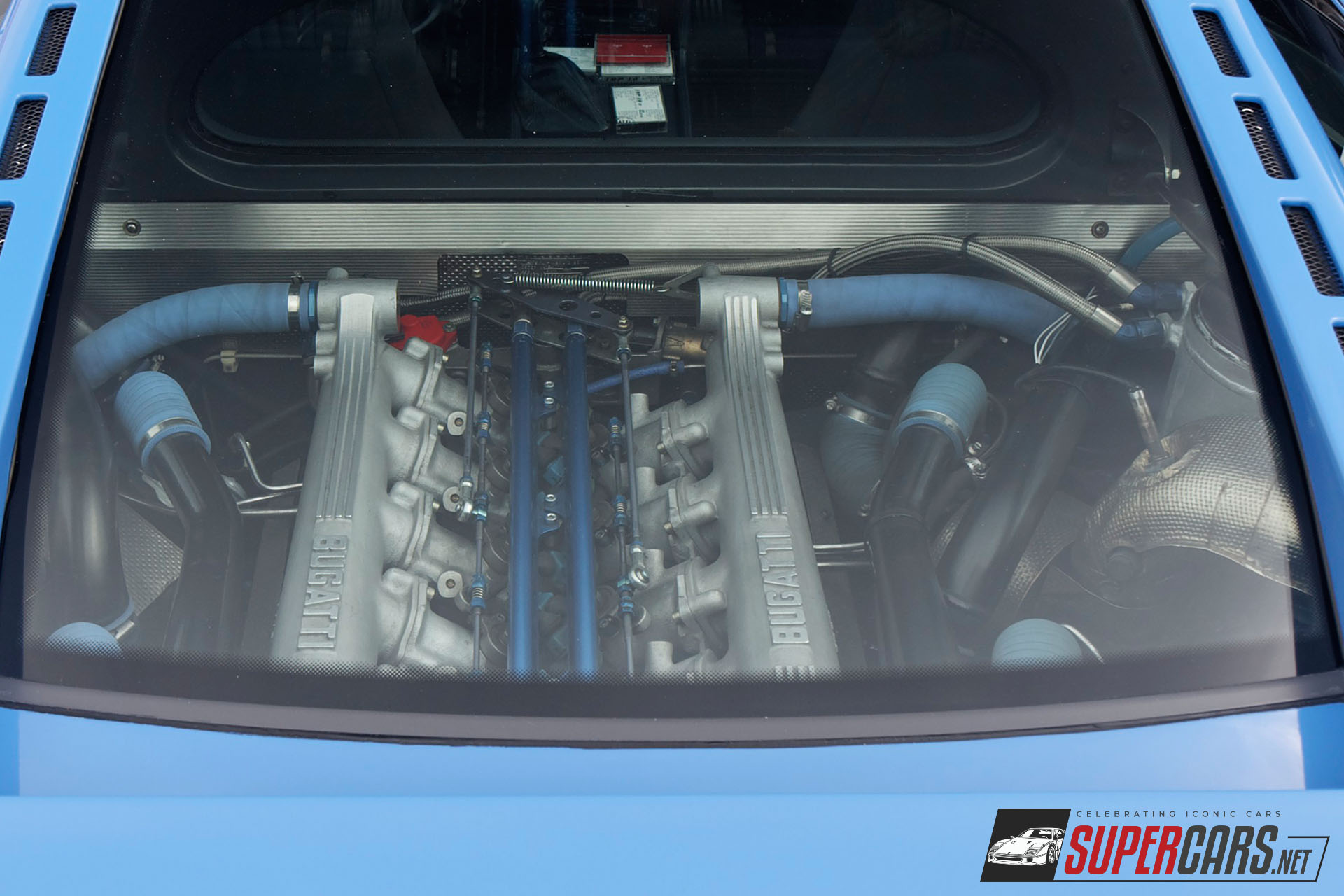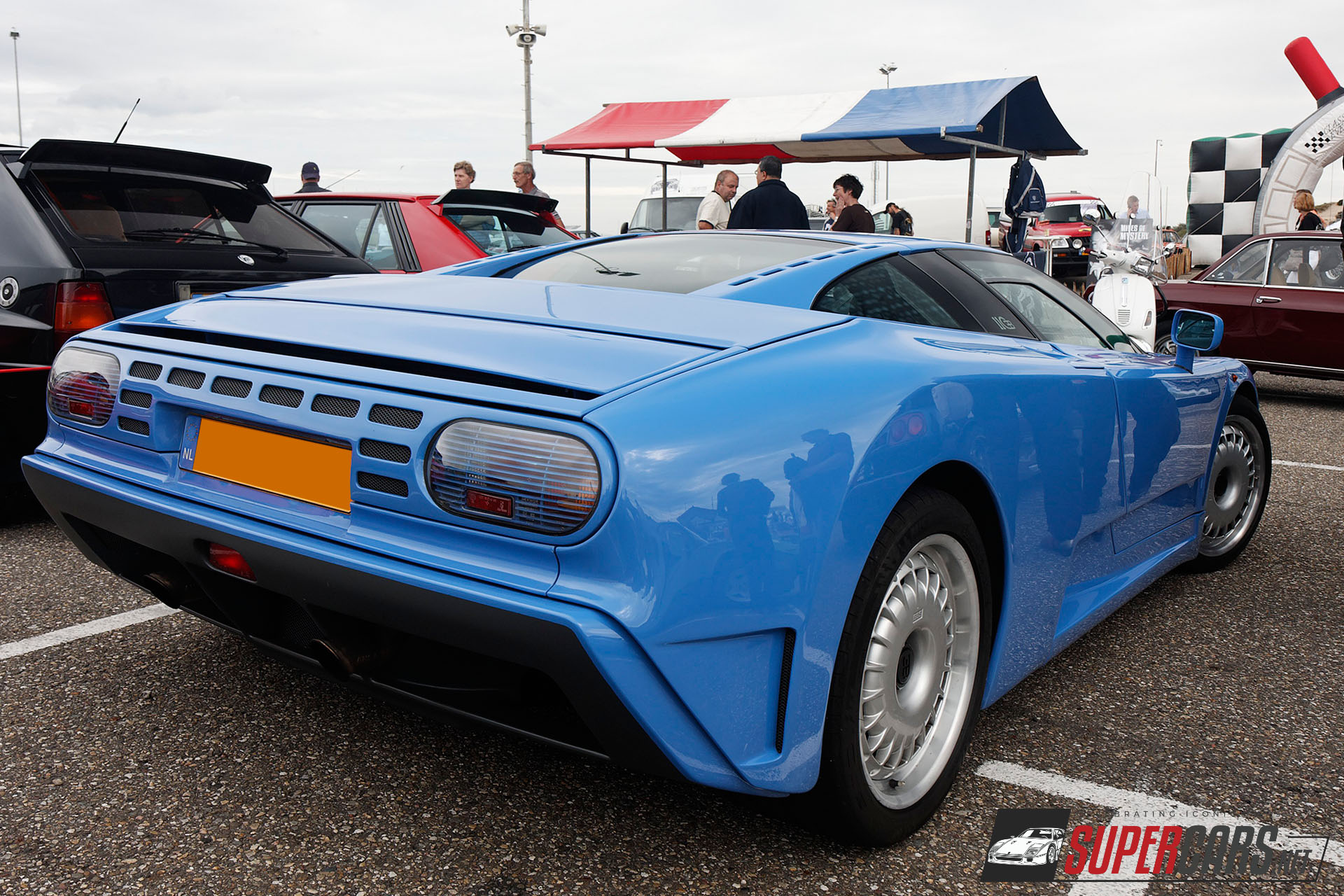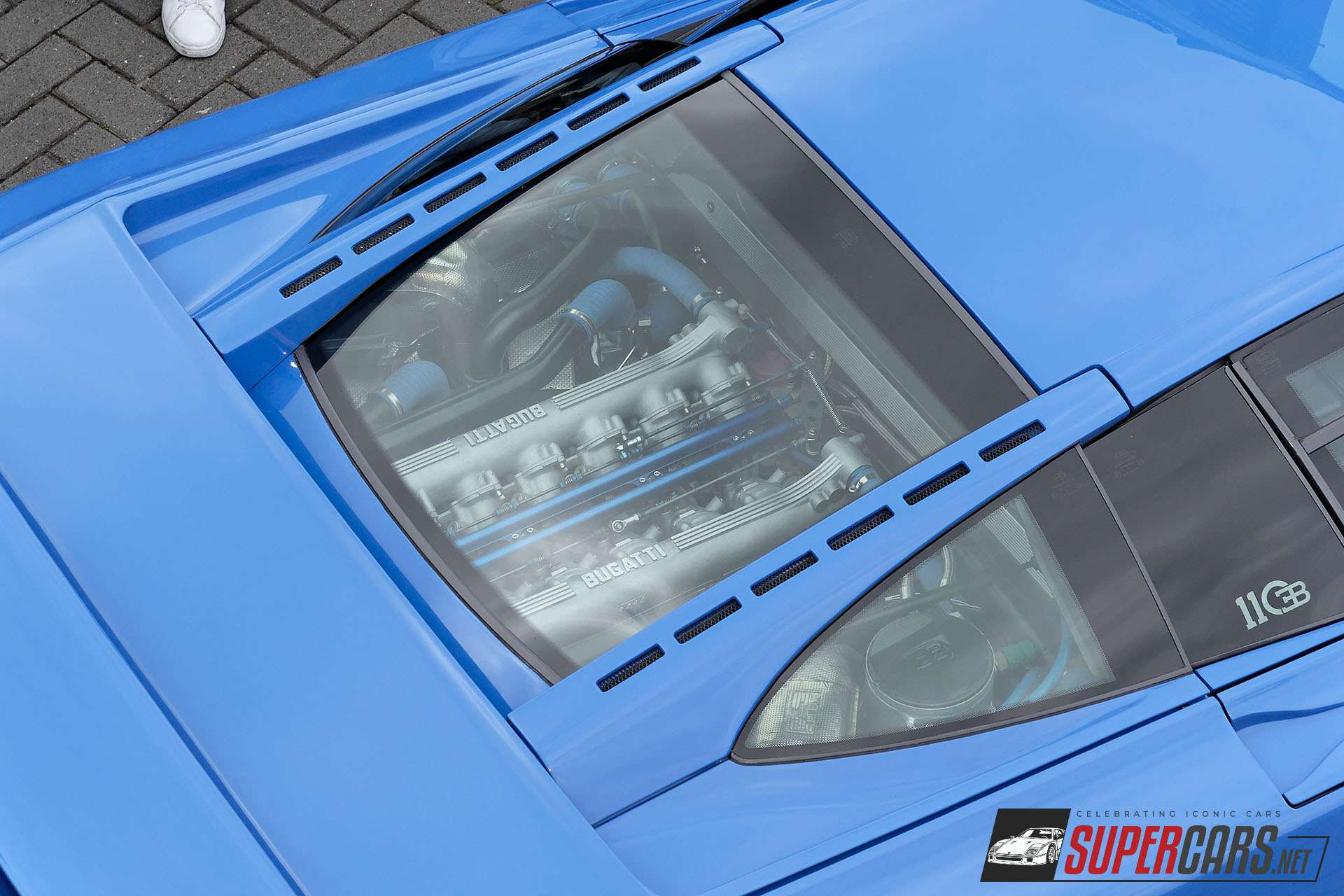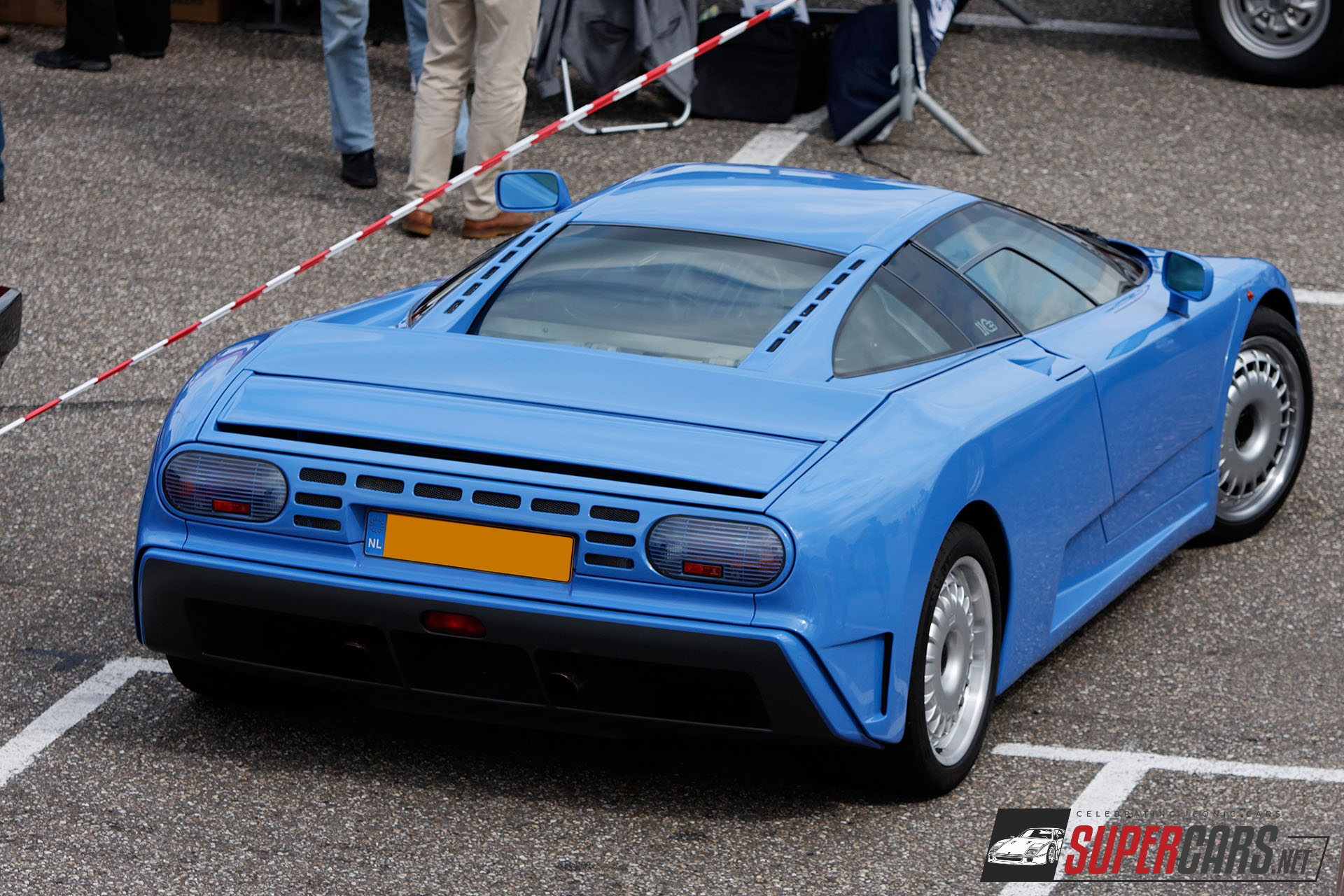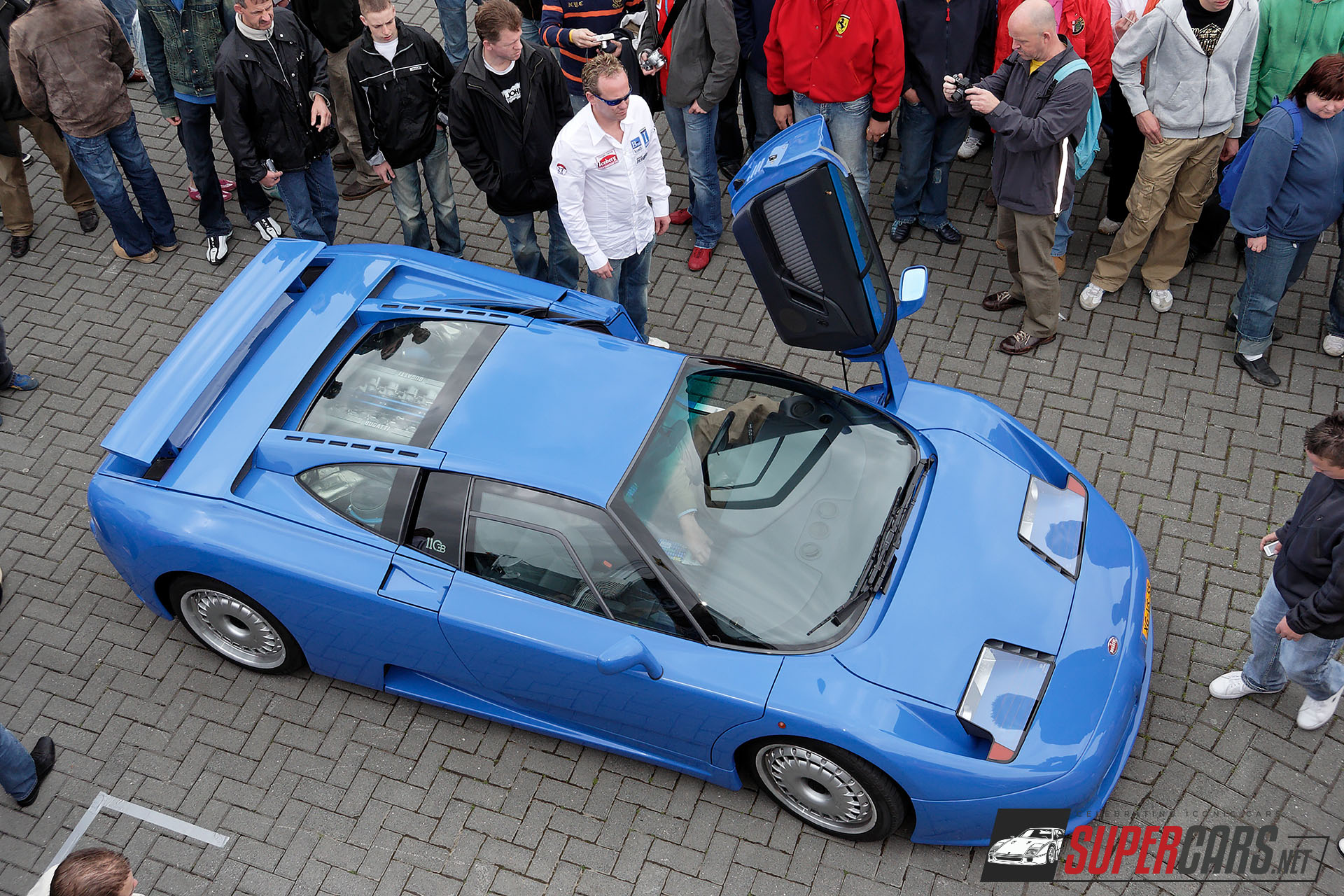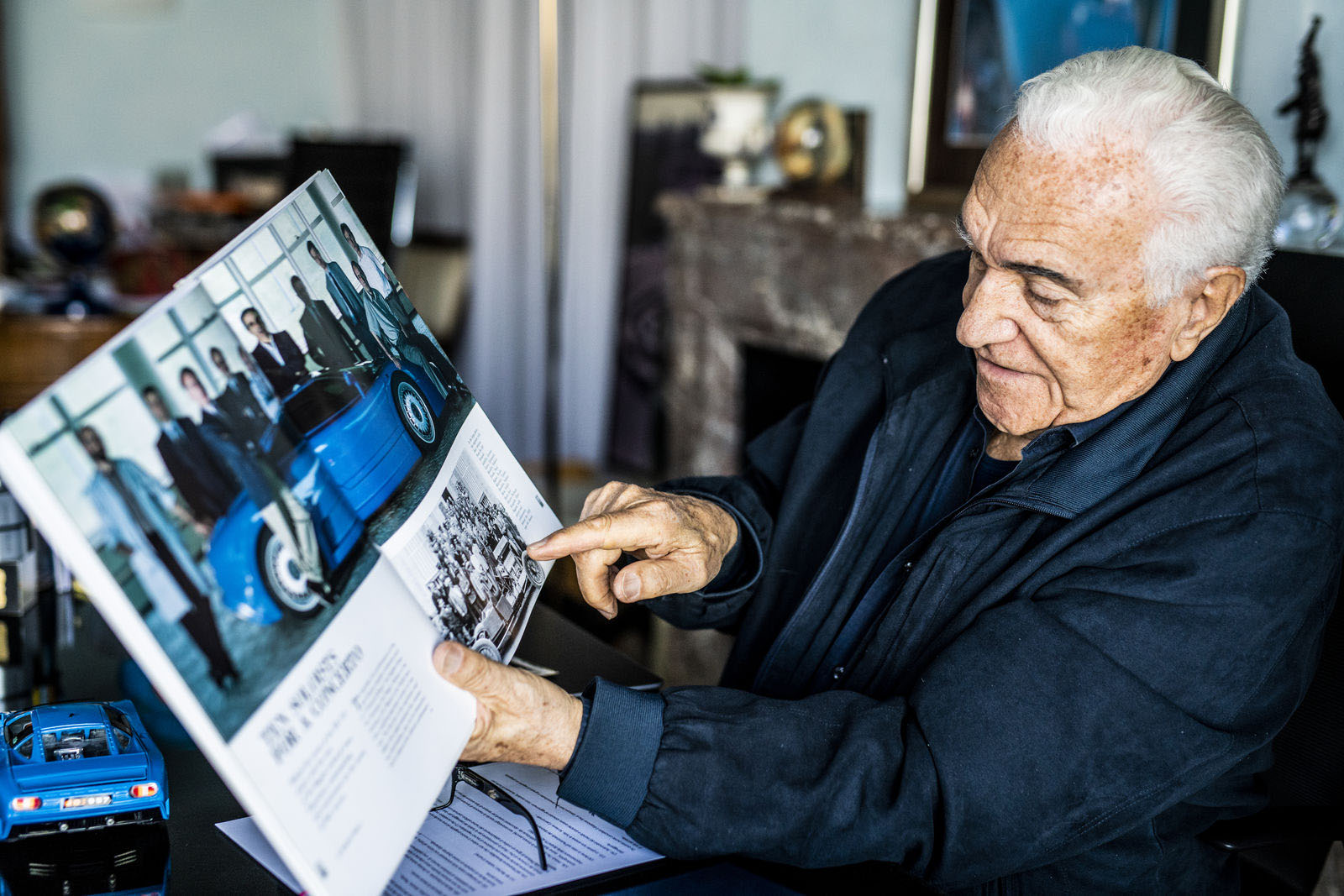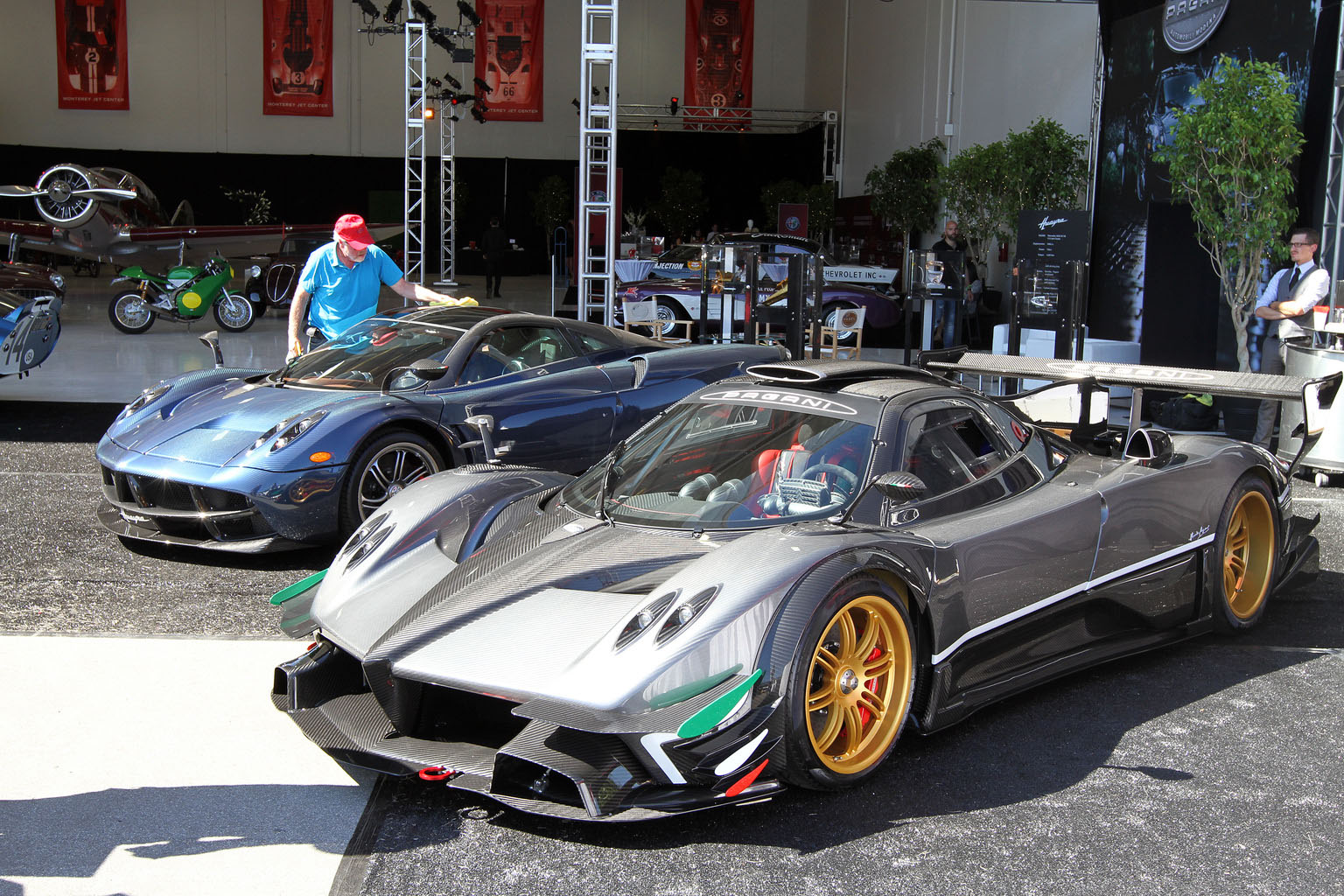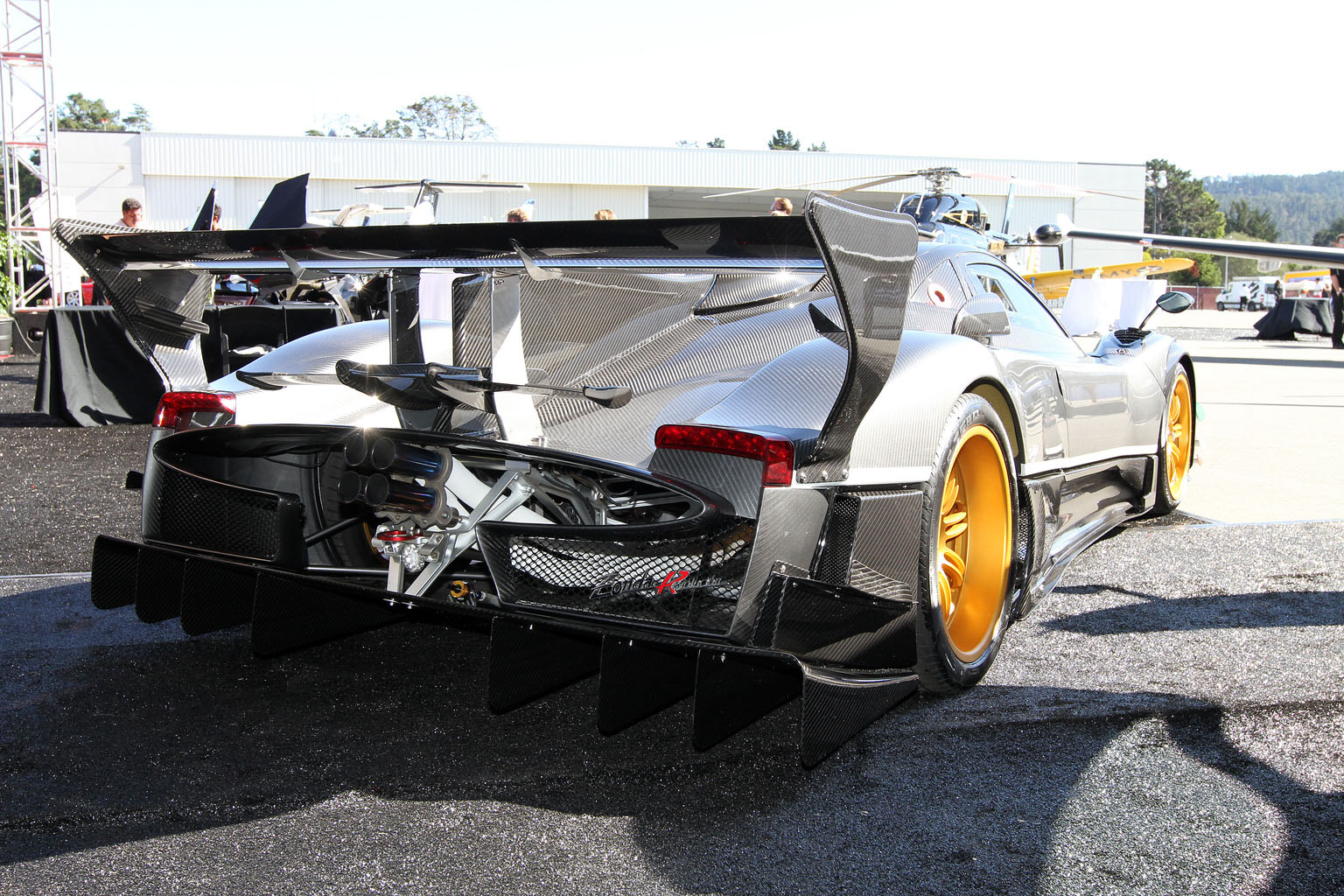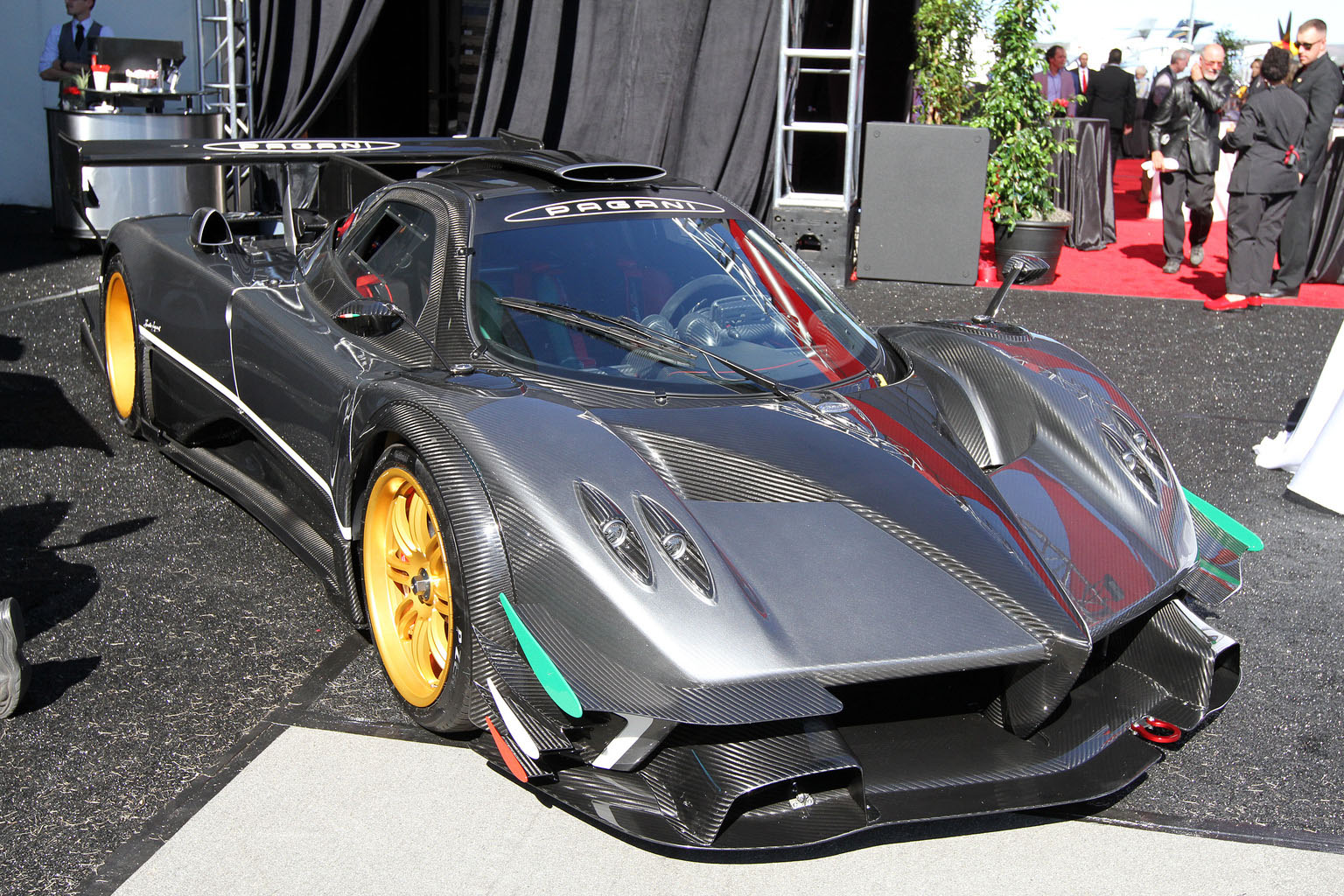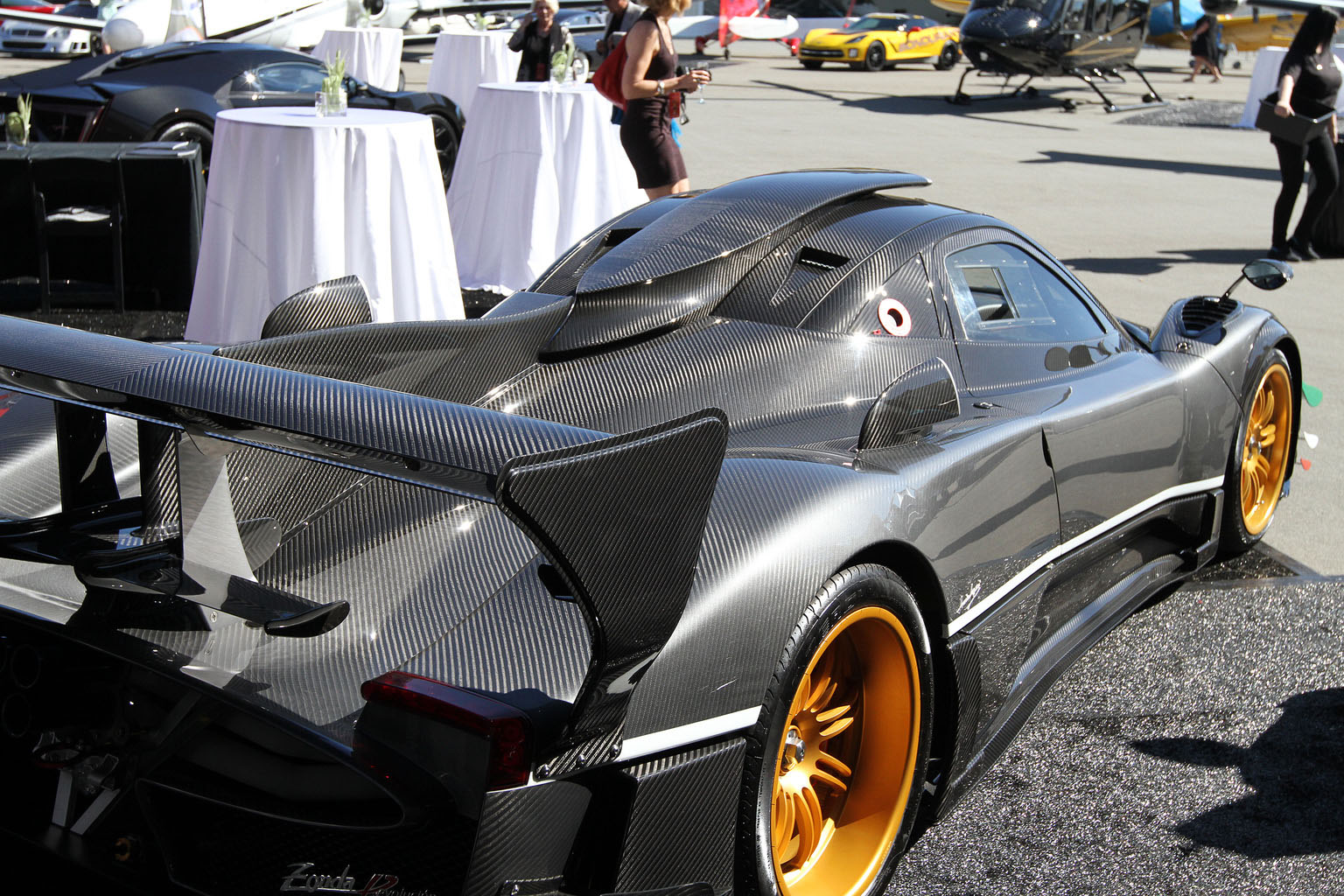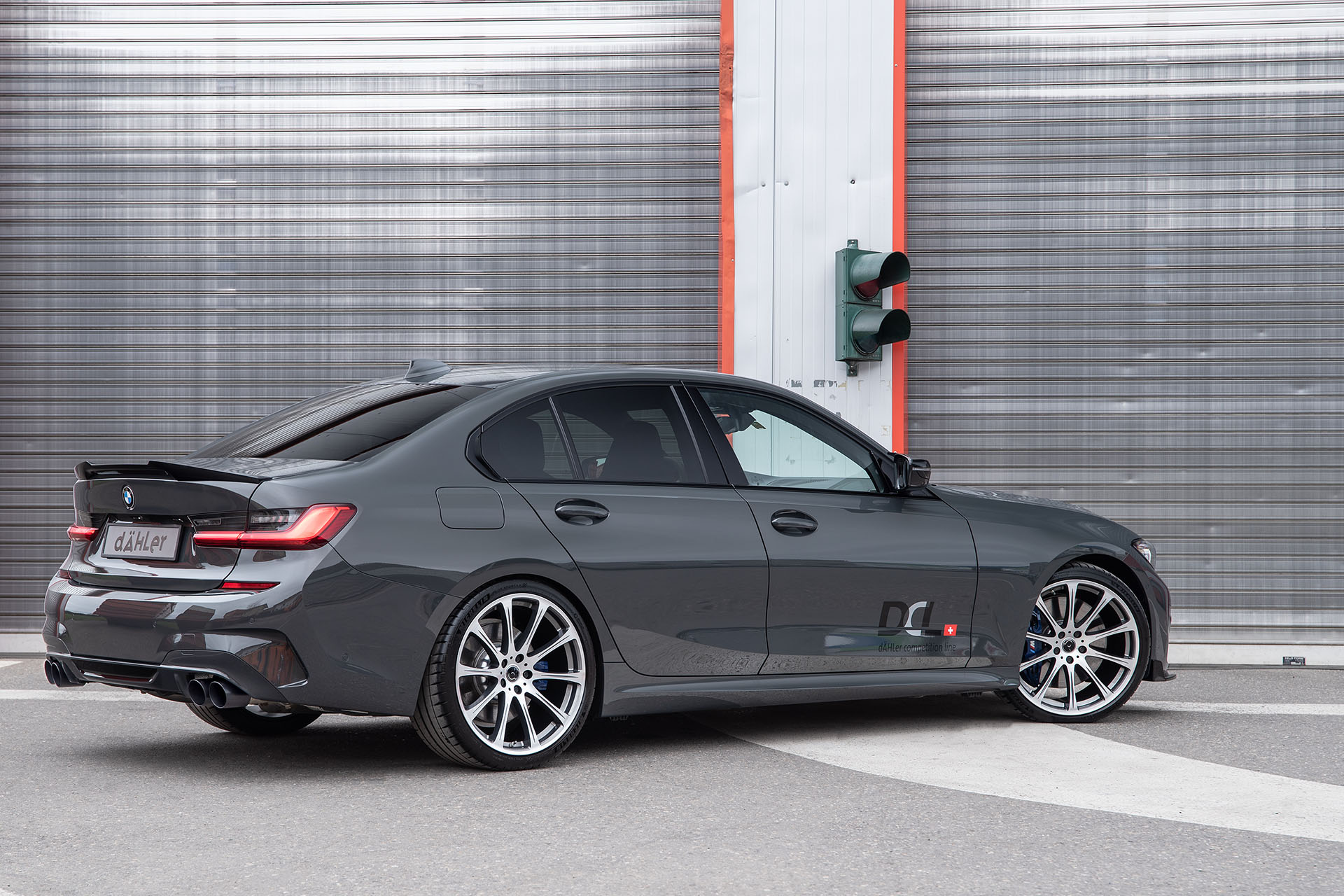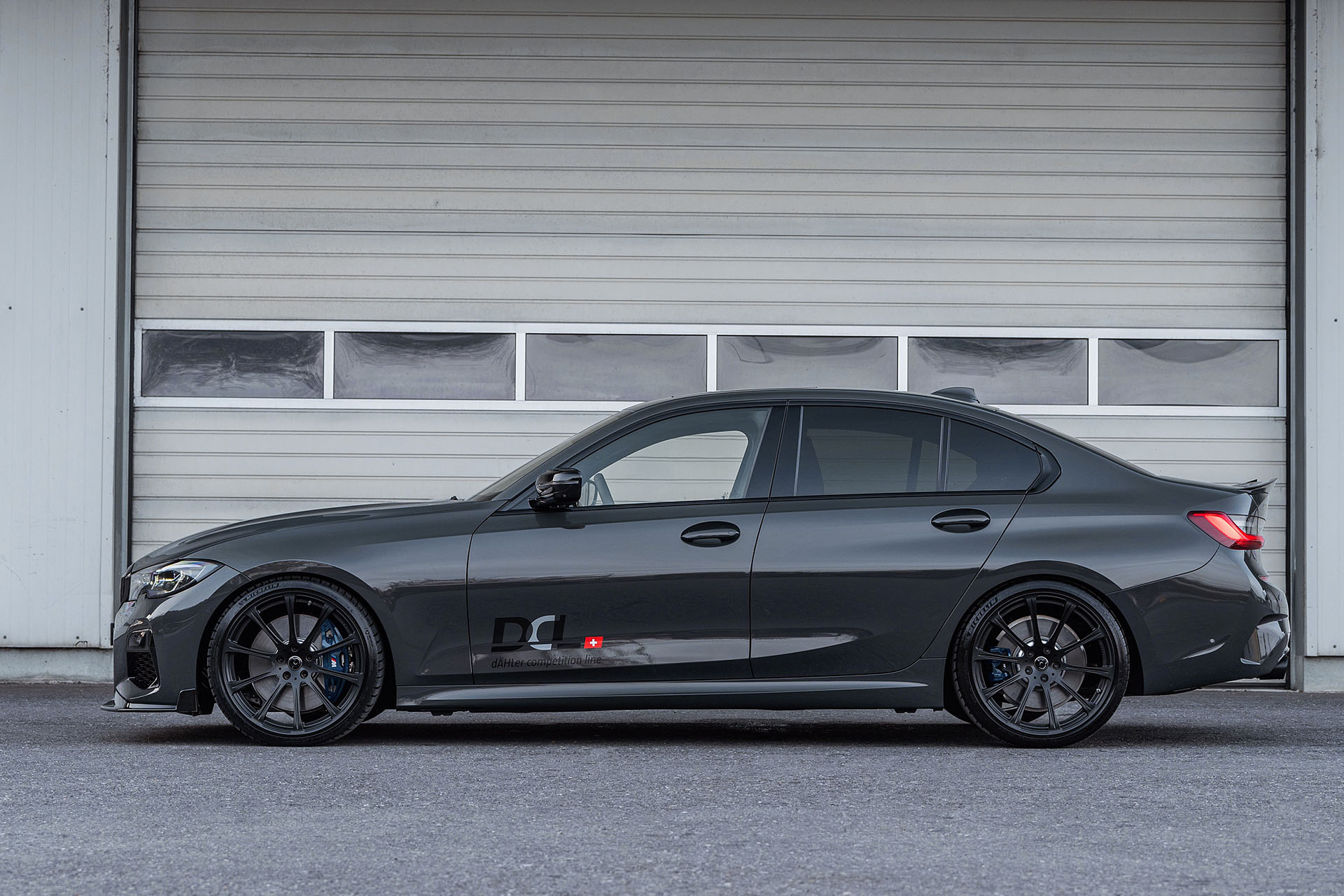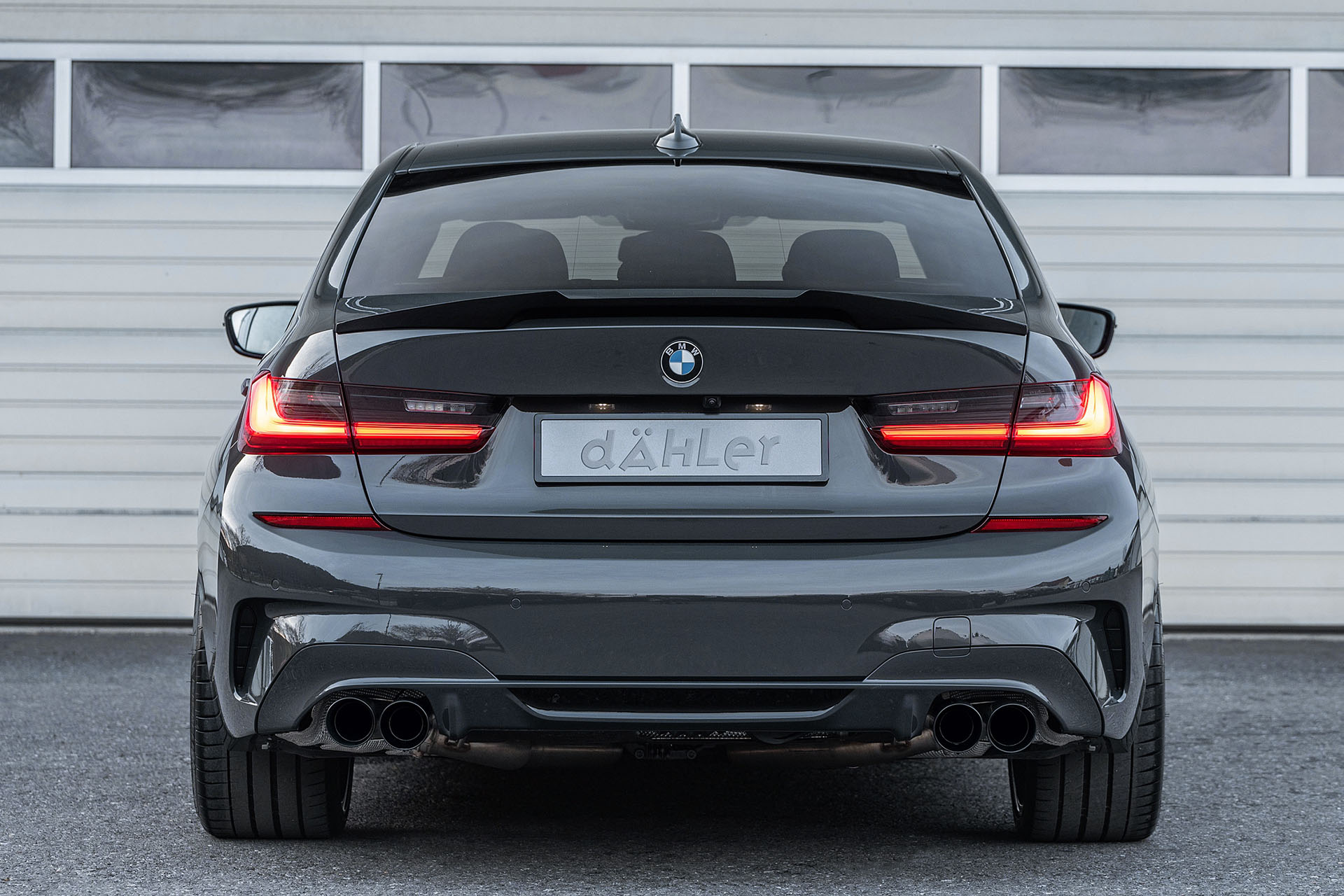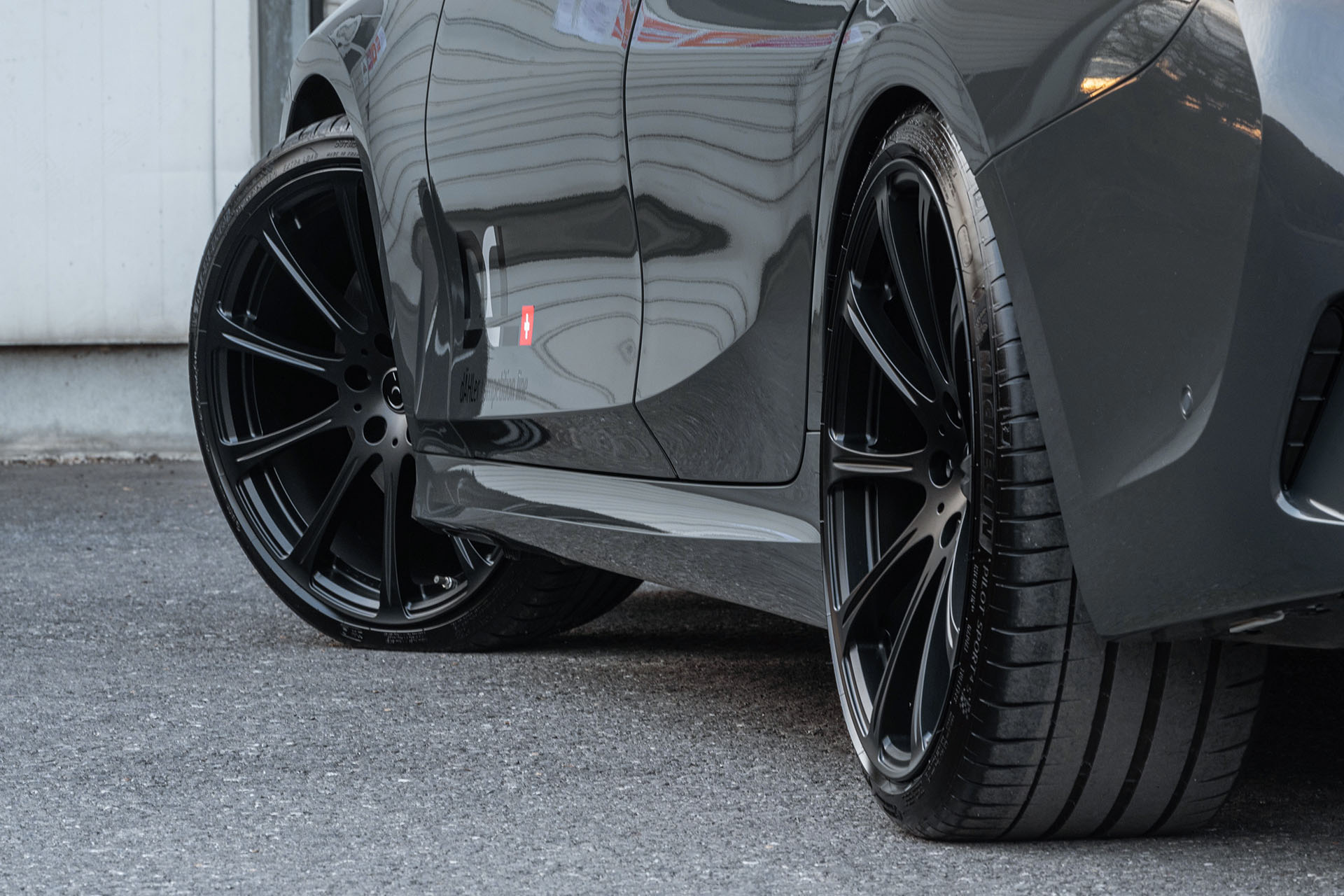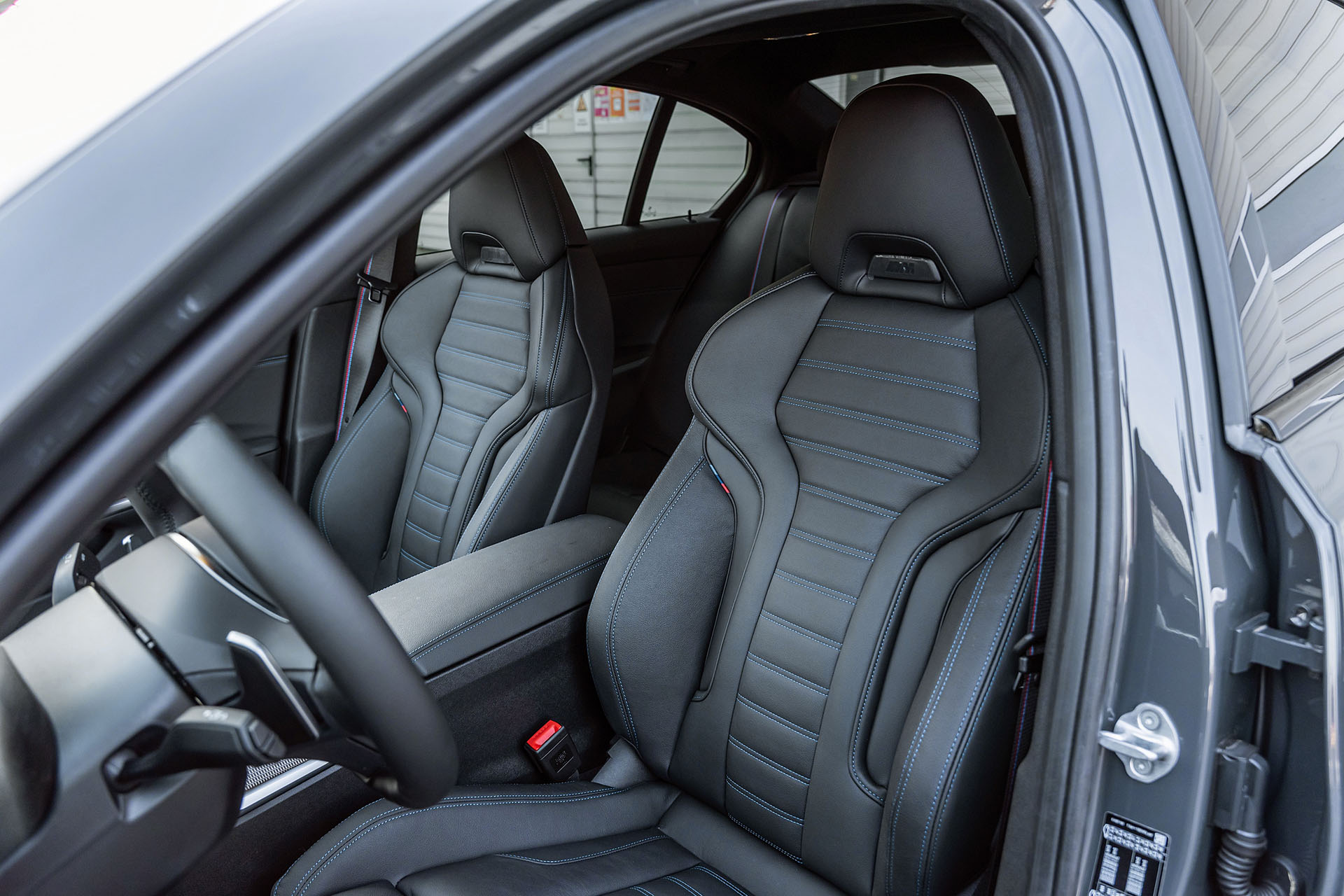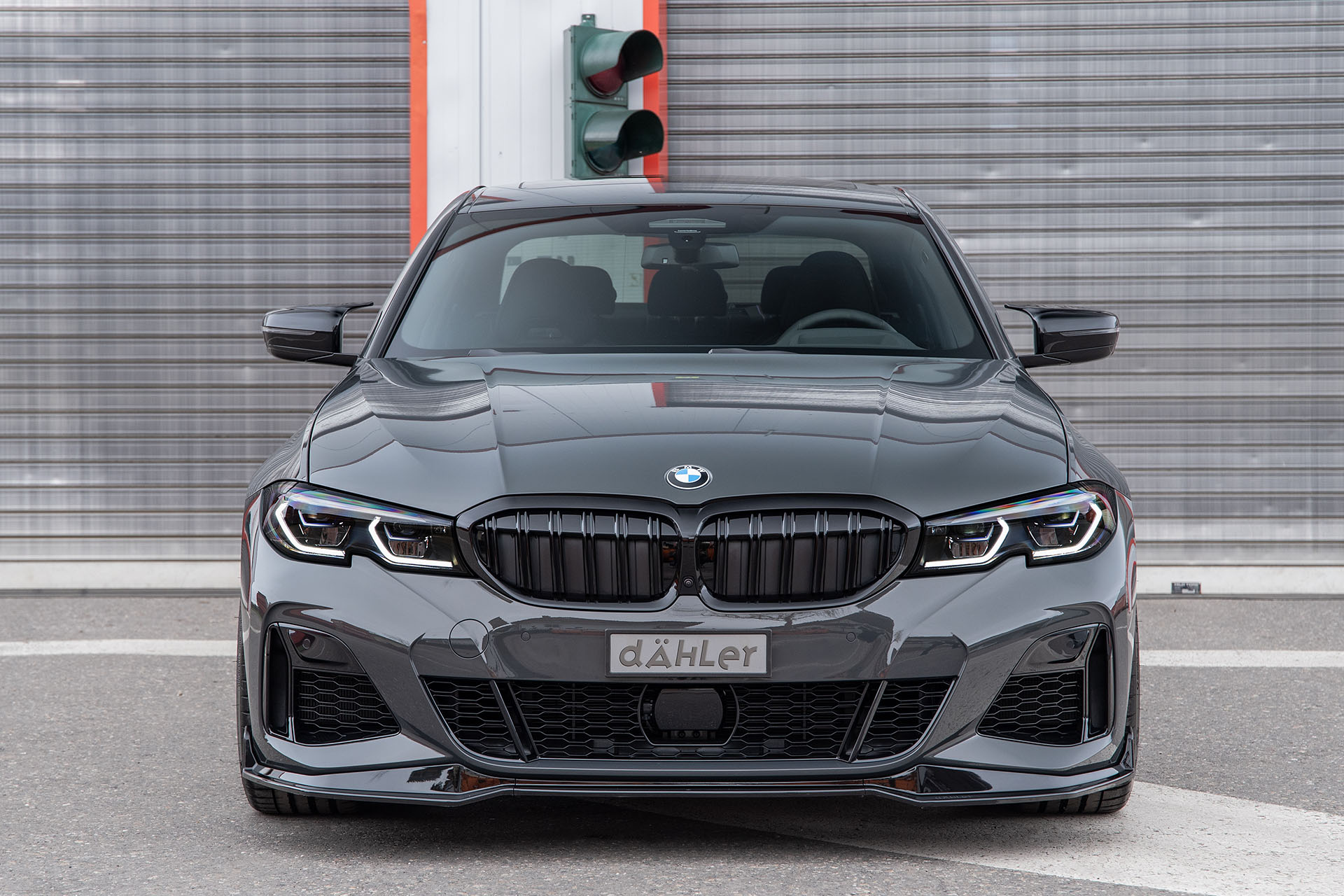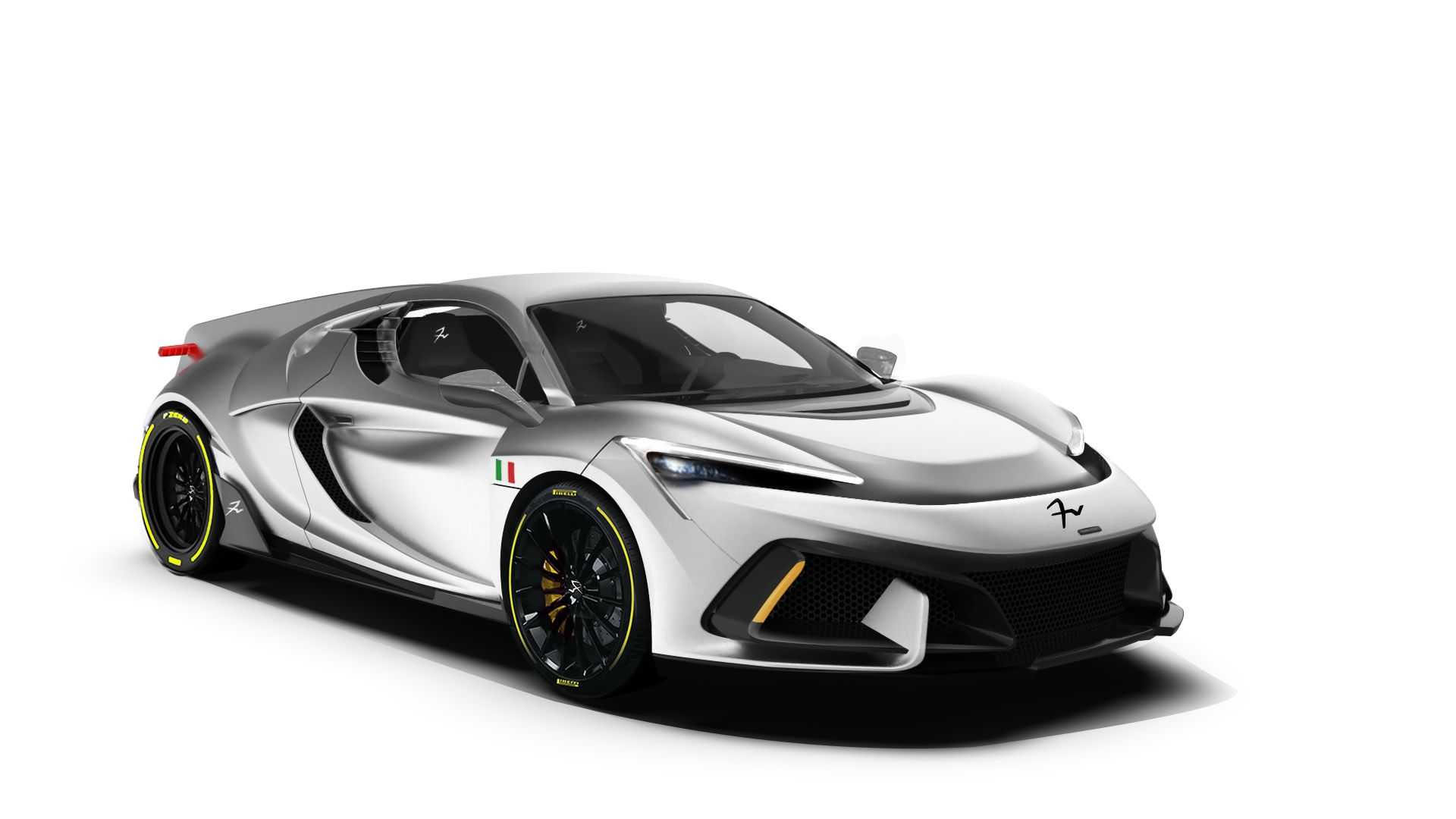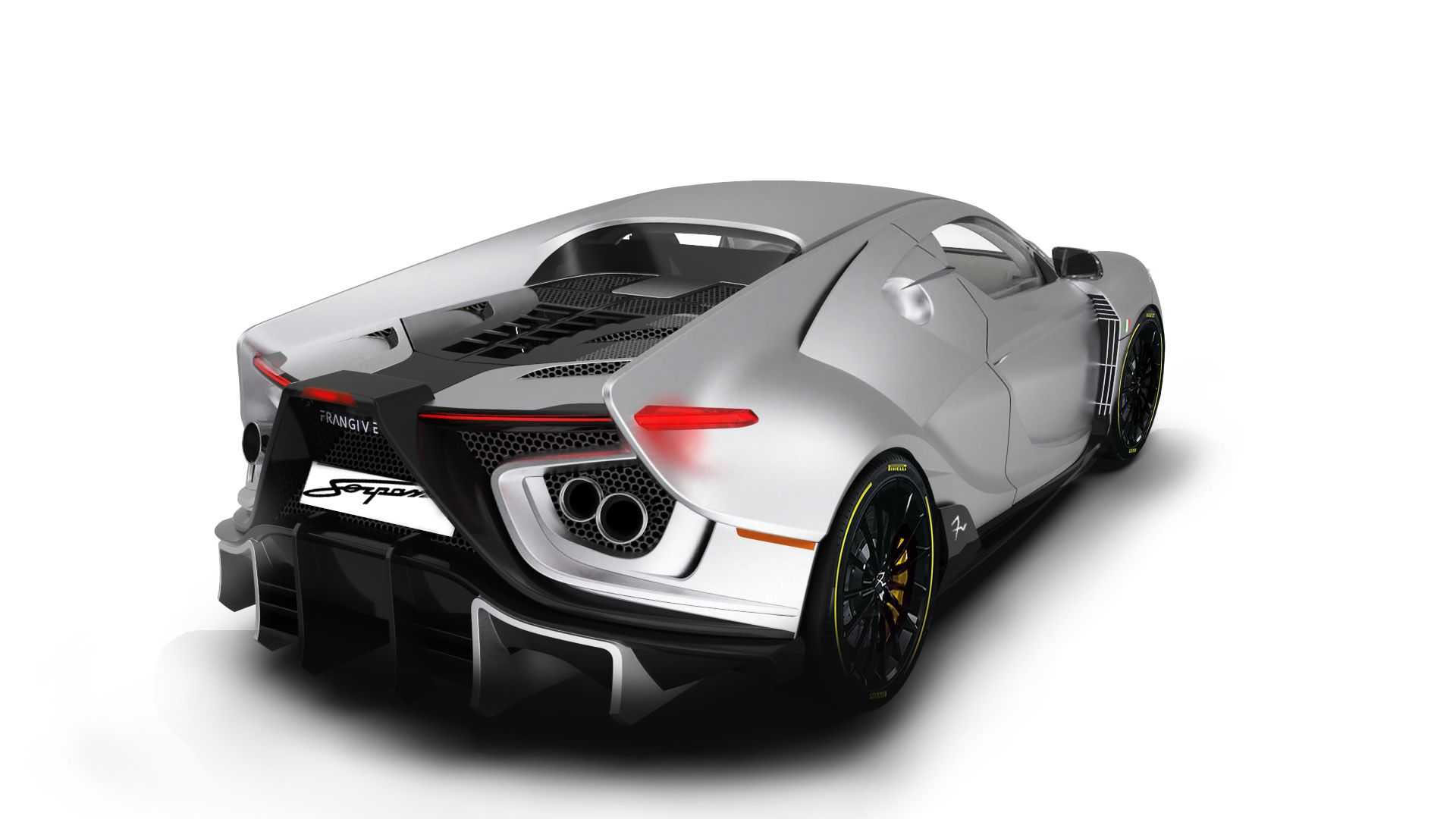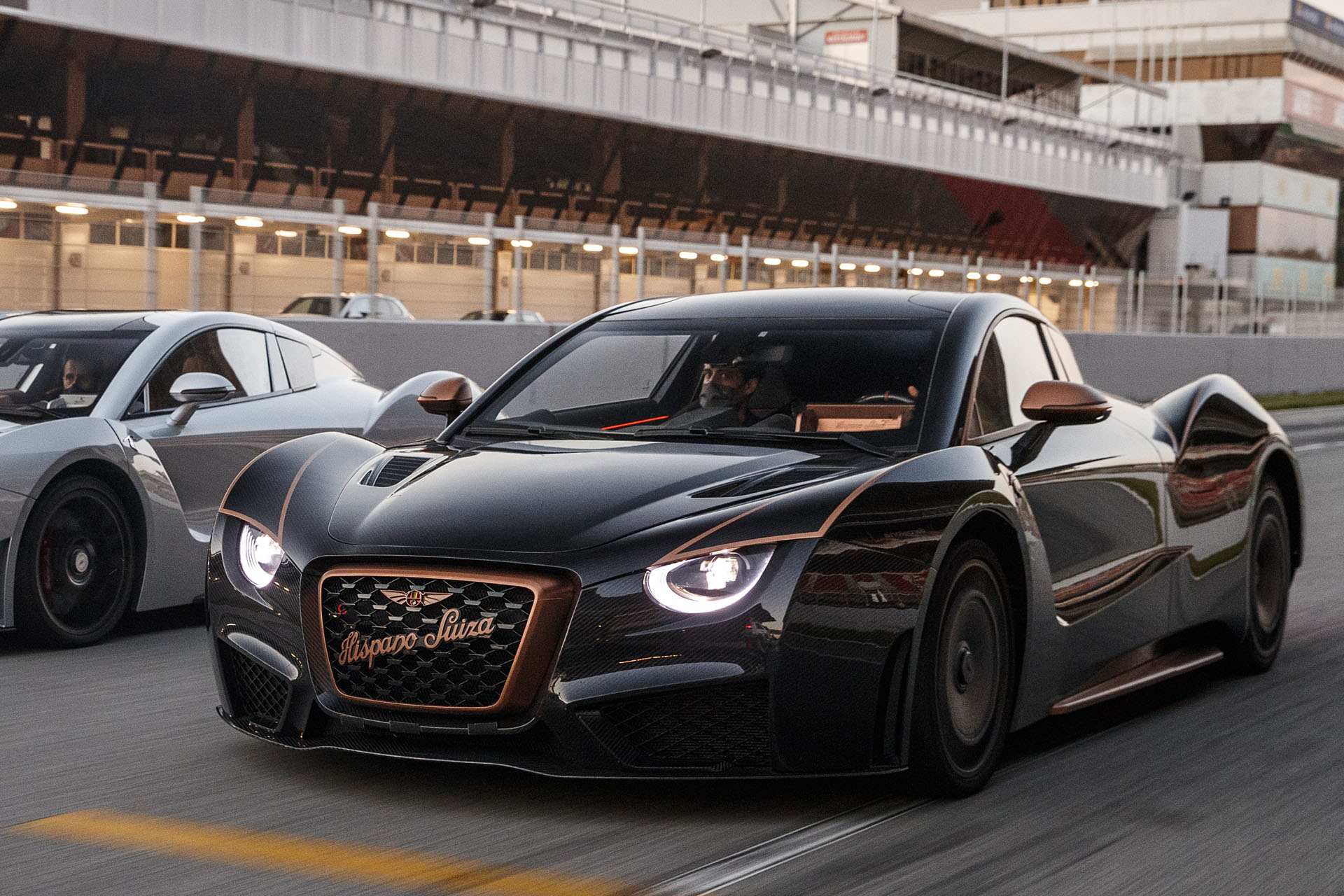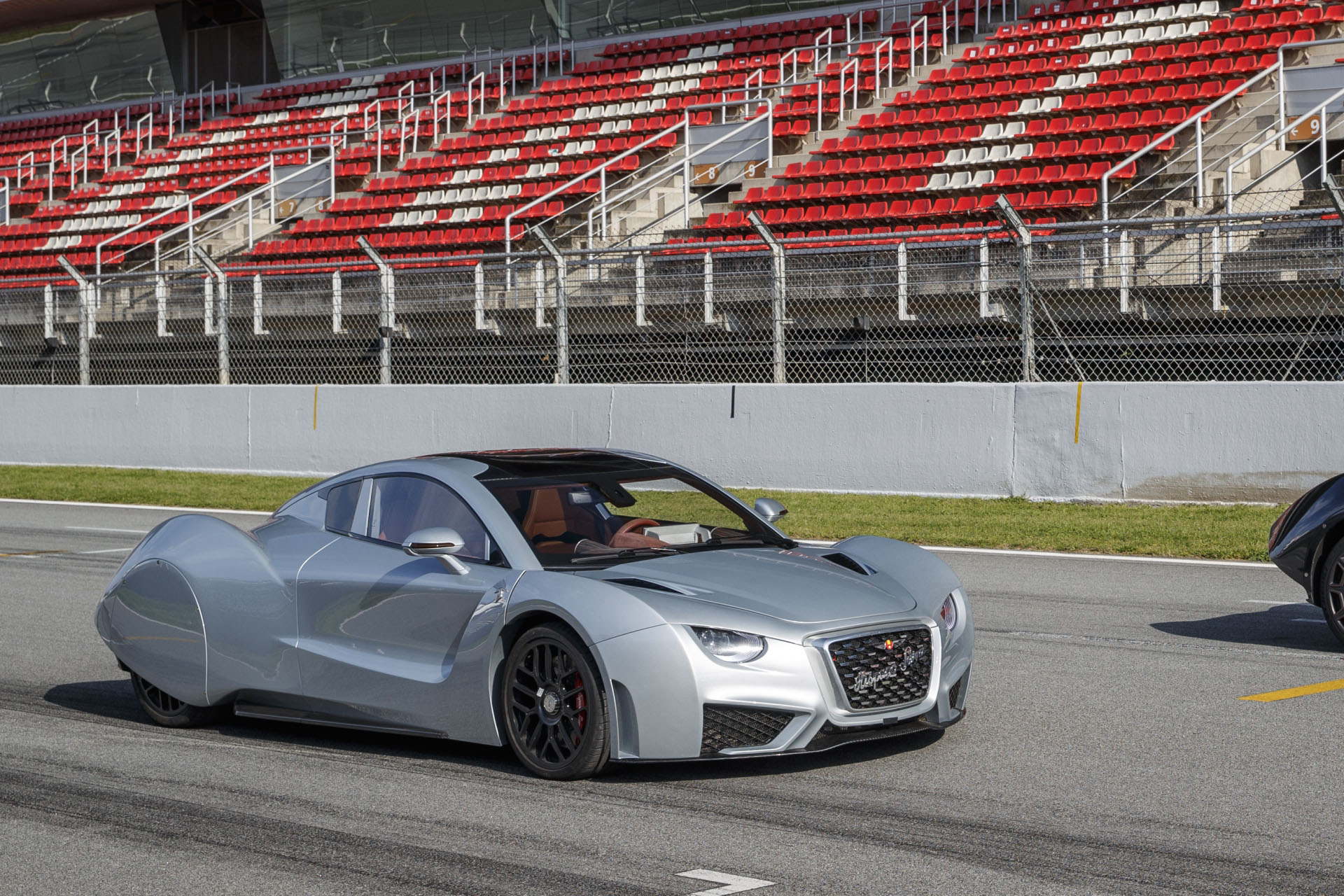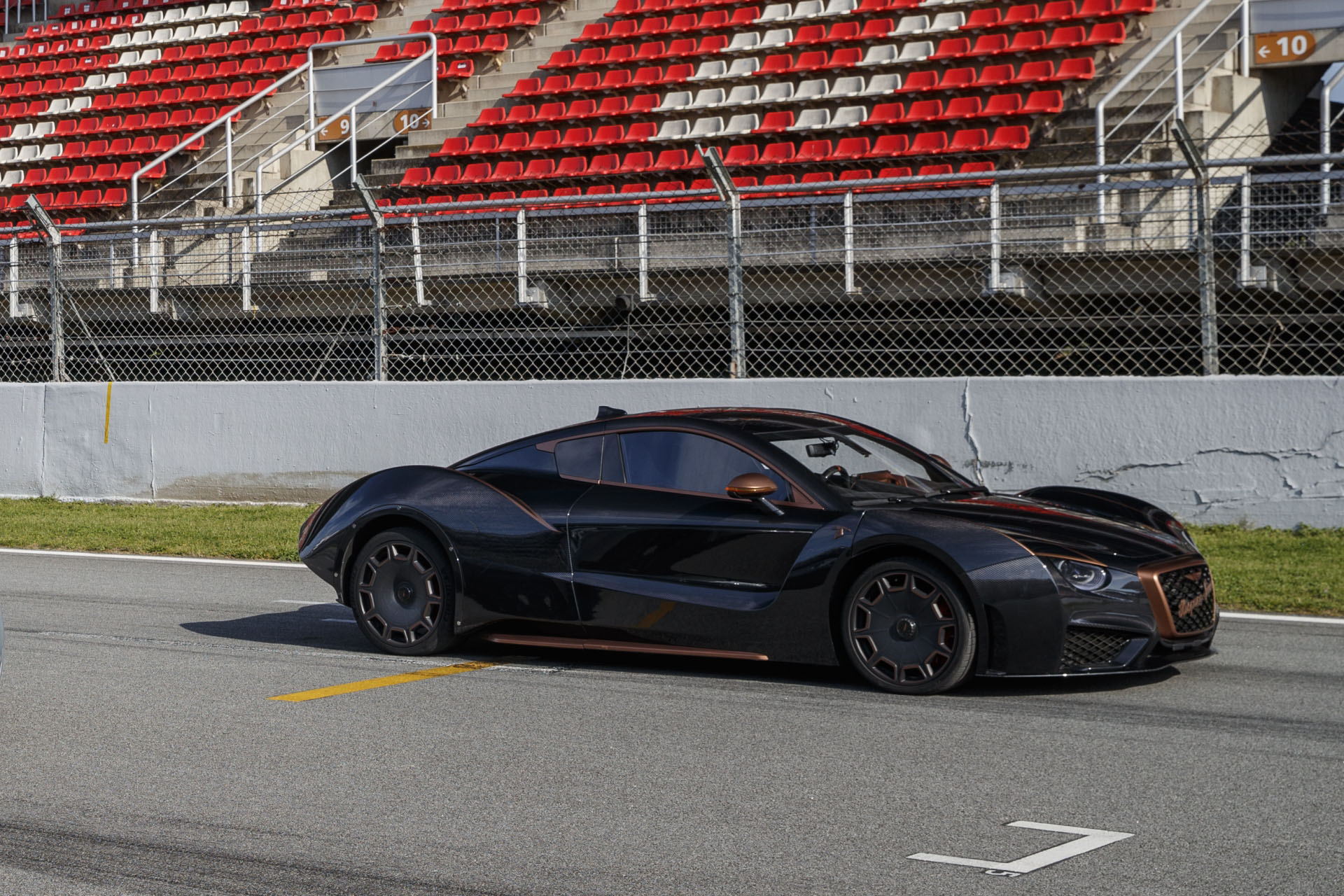Audi A6 e-tron concept
Audi is giving us the four-door Audi A6 e-tron concept at the Auto Shanghai 2021 show as a preview of the future, fully electric luxury cars, taking their new “Premium Platform Electric,” or PPE for short, into production for new Audi cars on the horizon, for 2022, the first production cars using the PPE will be launched in the C-segment, later to be joined by models in the B-segment, and Audi also intends to extend their PPE platform to both SUVs and dynamically styled models with a lower ride height, such as the upcoming Audi A6 e-tron.
The Audi A6 e-tron concept to be shown at the Auto Shanghai 2021 show represents an entirely new design concept, the only thing it has in common with the current A6 are its dimensions, at 4.96-meter-long, 1.96-meter-wide, and 1.44-meter-high, the concept’s body was designed as a Sportback, and its lines are an obvious reflection of the systematic advancement of Audi’s current design language.
For its part, the PPE technology will ensure that what the car’s lines imply is actually translated into dynamic driving performance and everyday suitability befitting use as a primary vehicle. Specifically, this means that depending on the selected drive system and model version, an Audi A6 e-tron is expected to boast a range of more than 700 kilometers (based on the WLTP standard) in the future – and the most powerful member of the family is anticipated to sprint from 0 to 100 km/h in less than four seconds.
Large 22-inch wheels and short overhangs, the flat cabin, and the wide coupe roof arch give the vehicle proportions distinctly reminiscent of a sports car. The absence of hard edges results in smooth transitions between convex and concave surfaces throughout the body, as well as in soft shadows. The Audi A6 e-tron concept appears monolithic, as if from a single mold, particularly when viewed from the side.
Heliosilver is the name of the technoid-looking color of the paint, which in turn adds aesthetic presence and functionality to the appearance of the Audi A6 e-tron concept. The paint accentuates the shapes of the body with a three-dimensional depth effect, which is particularly visible in the area around the quattro wheel arches. In the front end, the Singleframe grille, also in Heliosilver, forms a striking contrast to the deep matte black color of the frame. This stark contrast also accentuates the horizontally oriented proportions in the rocker panel sections on the sides of the vehicle.
The heart of the Audi A6 e-tron concept’s drive technology, and that of all future PPE models, is the 800-volt charging technology. Like the Audi e-tron GT before it, this ensures that the Audi A6 e-tron concept’s battery can be charged with up to 270 kW in a very short time at public DC fast-charging stations. This revolutionary technology will enter the high-volume mid-range and luxury segments with the PPE for the very first time.
This technology makes charging times possible that come close to a stop to refuel a car powered by a conventional engine. Just 10 minutes at a public DC fast charger are enough to charge the battery to a level sufficient to power the car more than 300 kilometers. And in less than 25 minutes at a public DC fast charger, you can charge the Audi A6 e-tron concept’s 100 kWh battery from 5 to 80 percent.
Together with an expected range of more than 700 kilometers, depending on the selected drive system and power output, the Audi A6 e-tron concept is uncompromisingly suitable for use as a primary vehicle. Furthermore, its range and charging speed keep pace with those of combustion engines, making it the perfect universal car for everyday needs, from short trips to the store to longer road trips when going on vacation.

